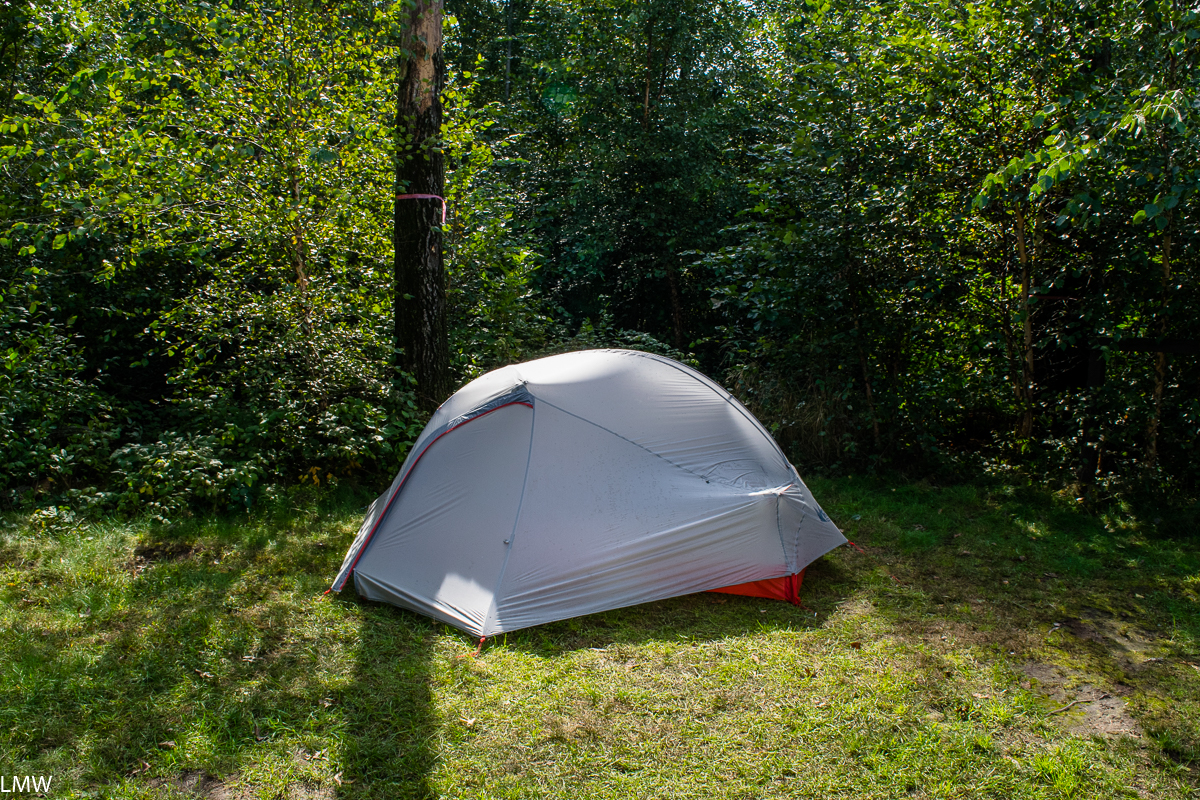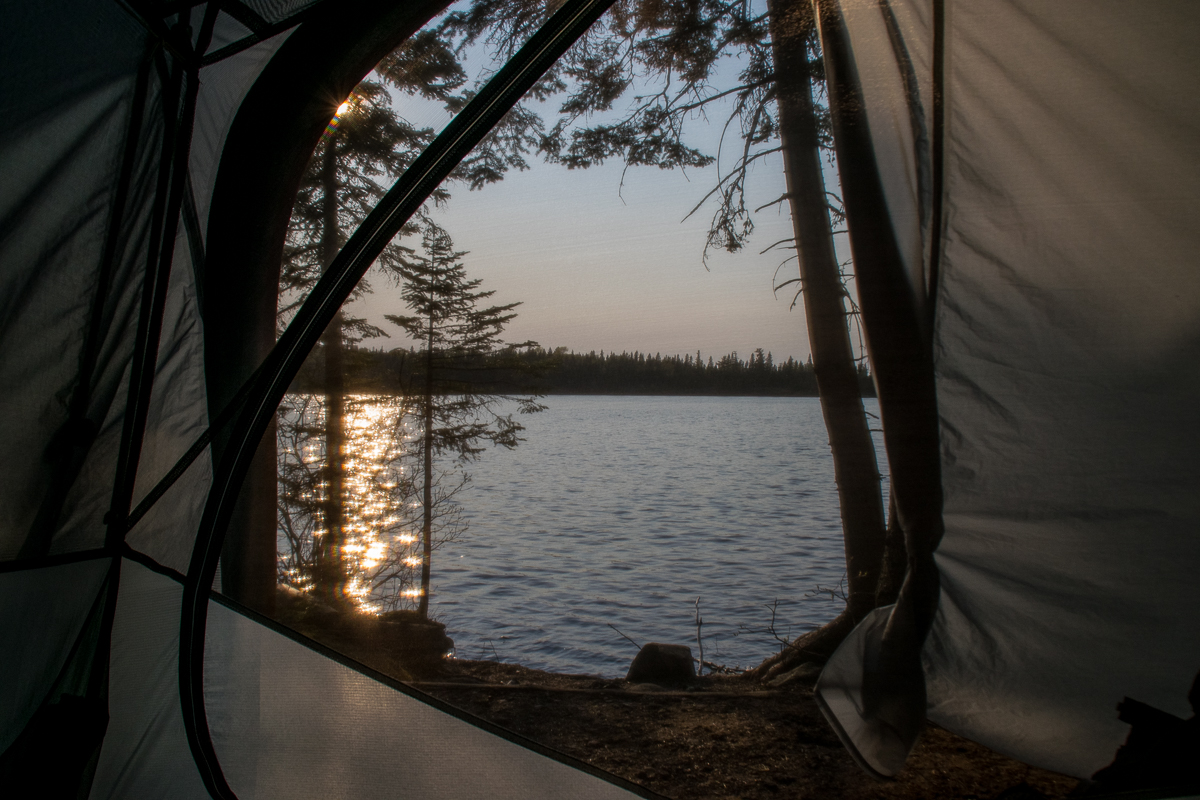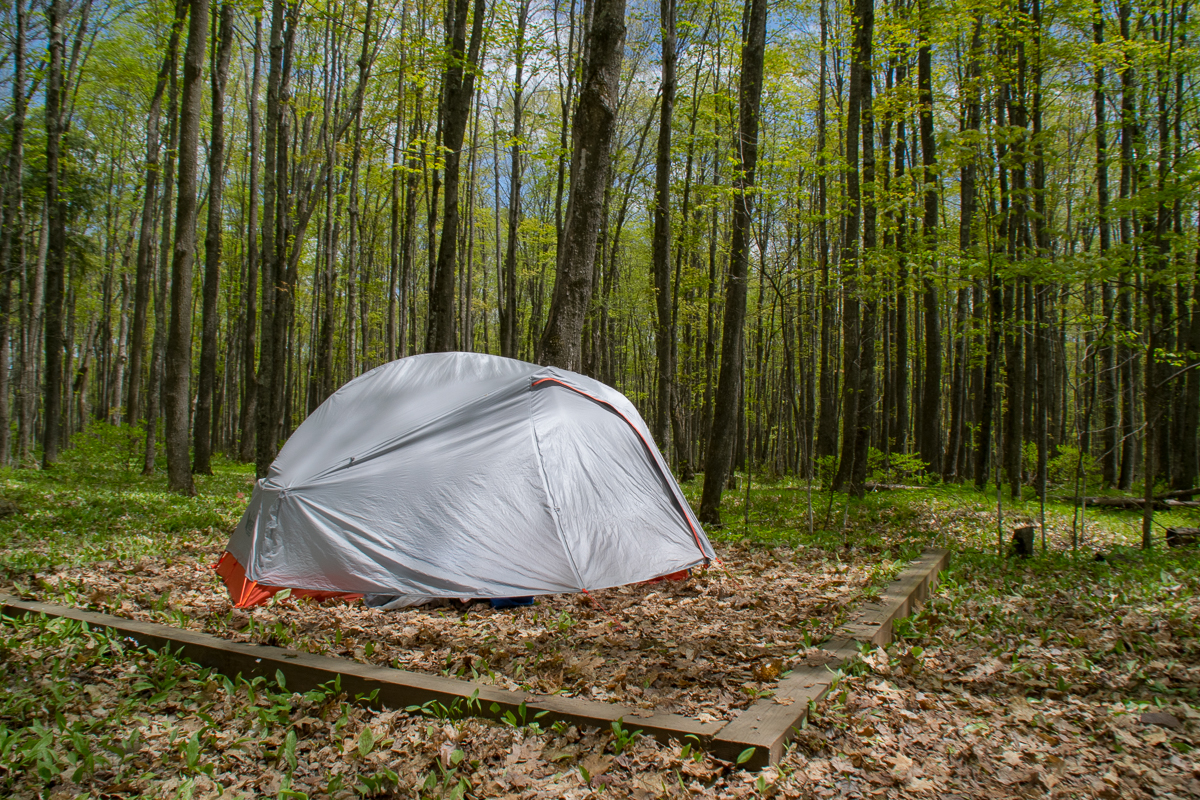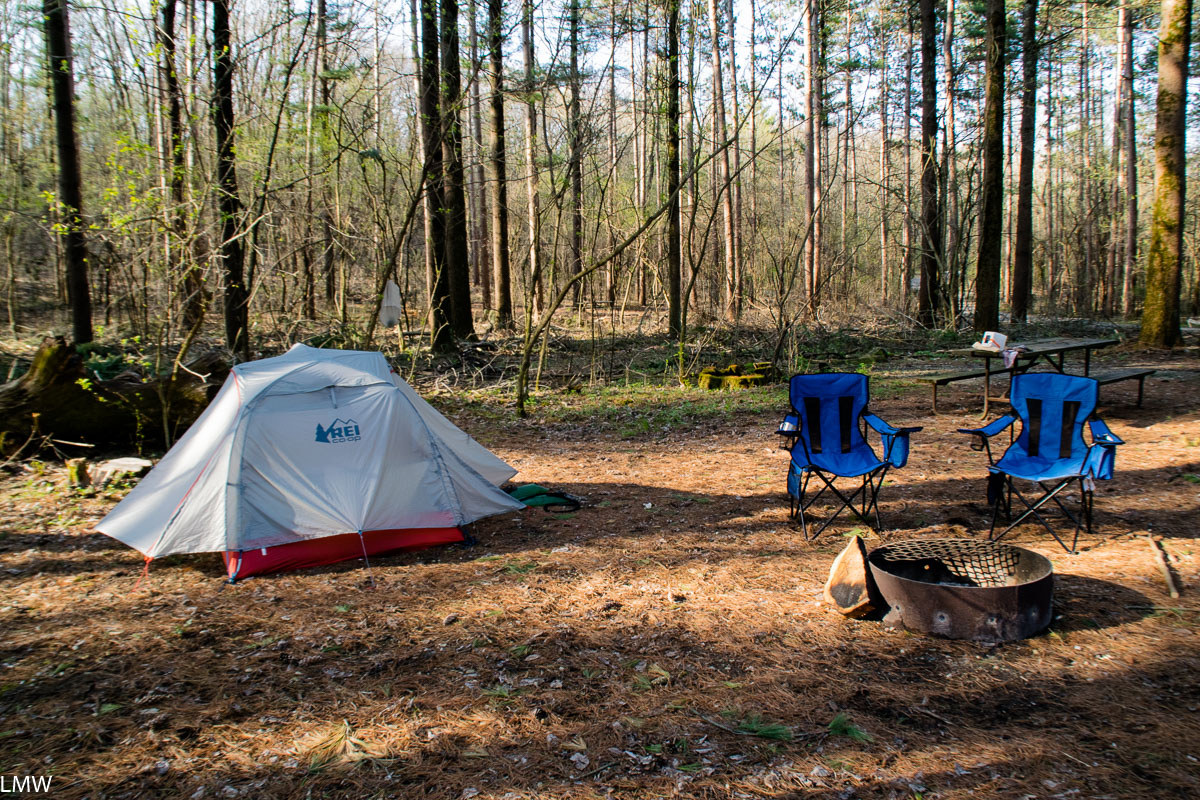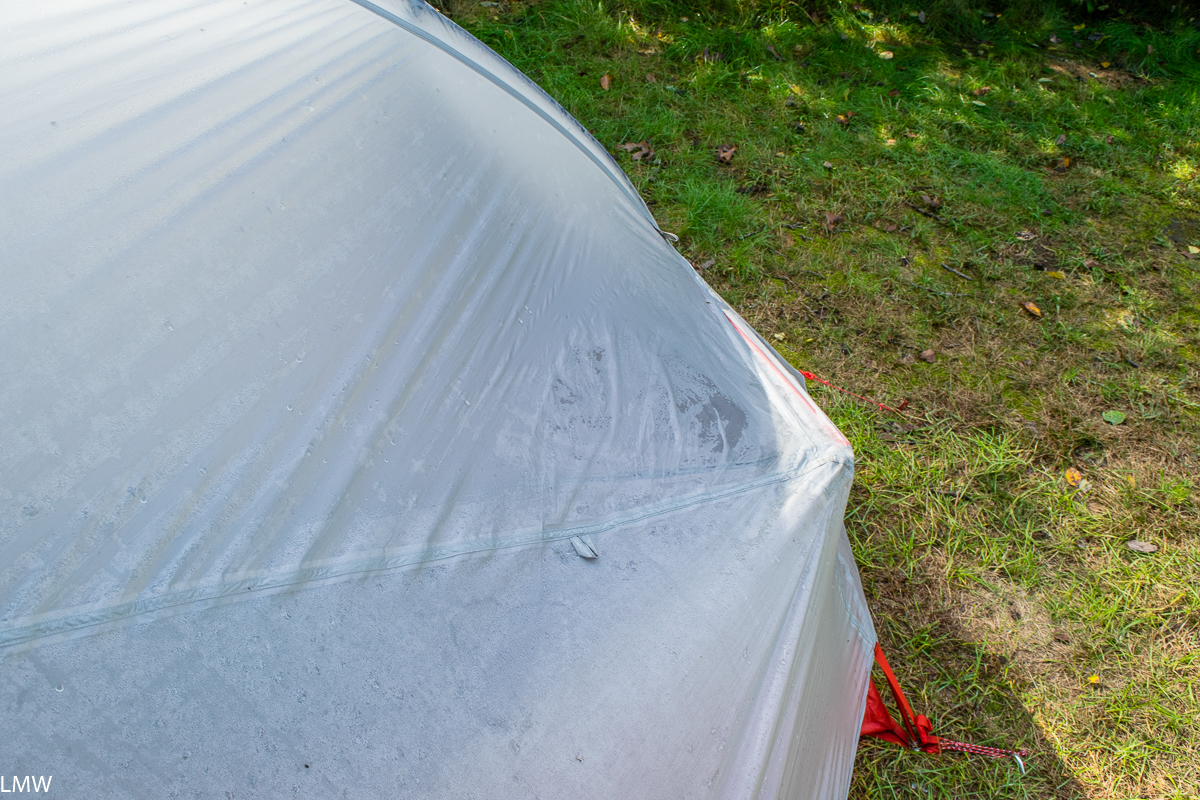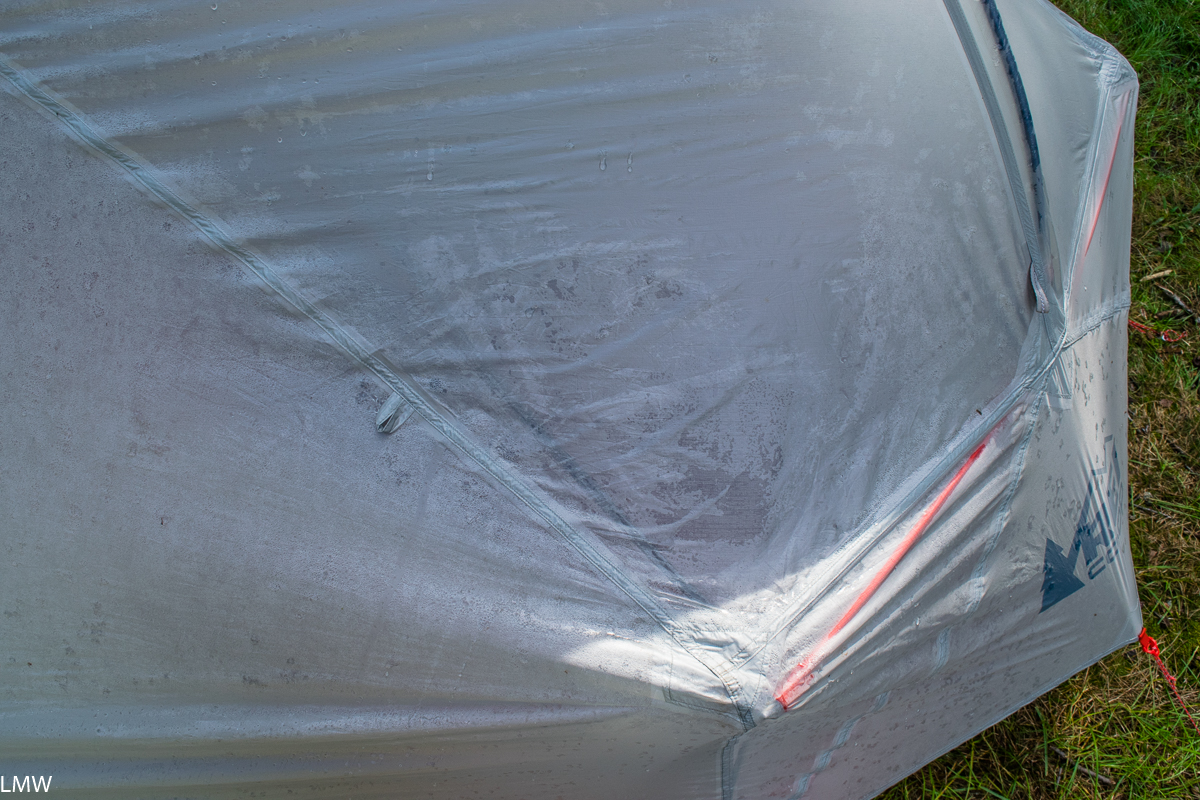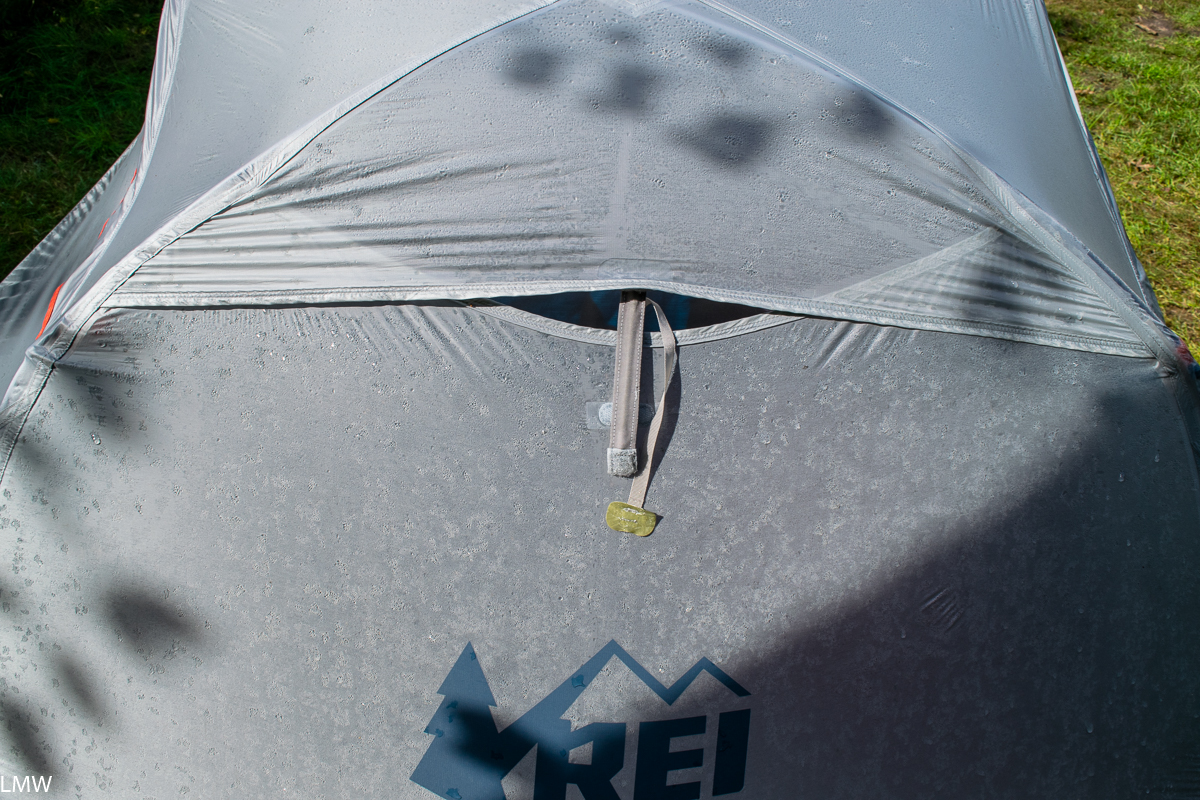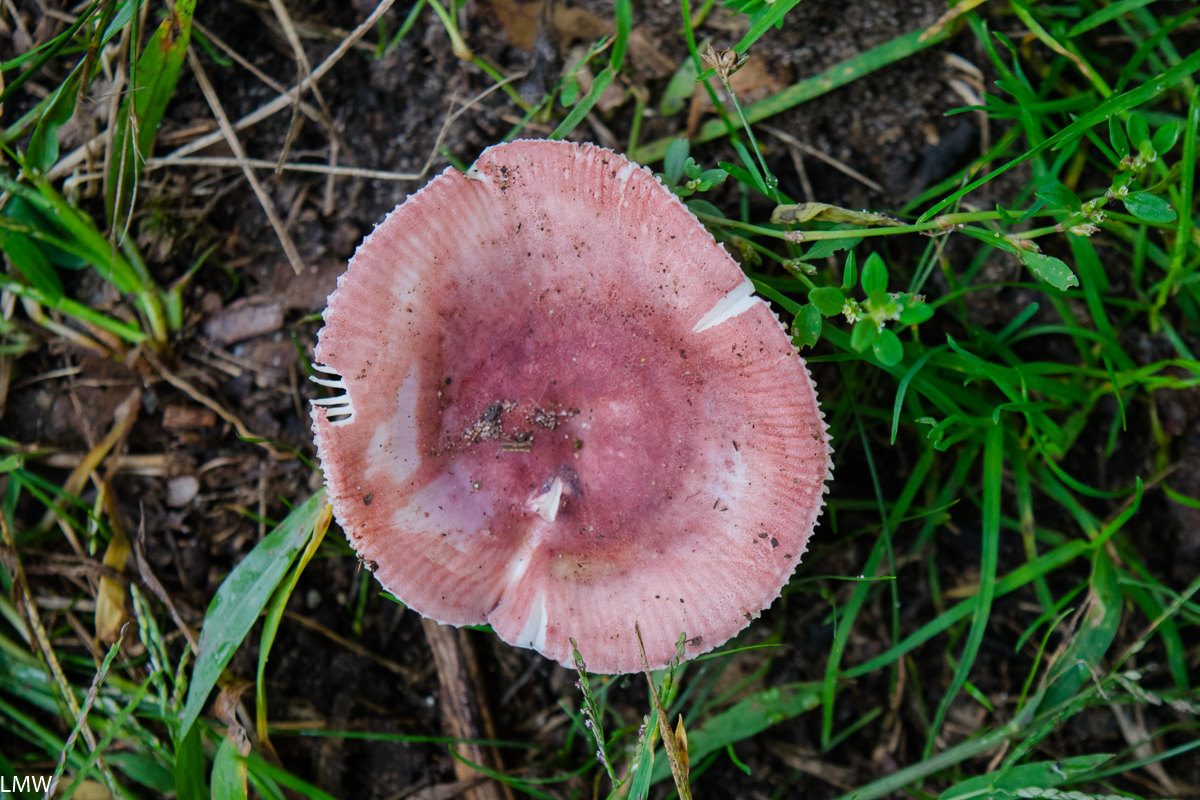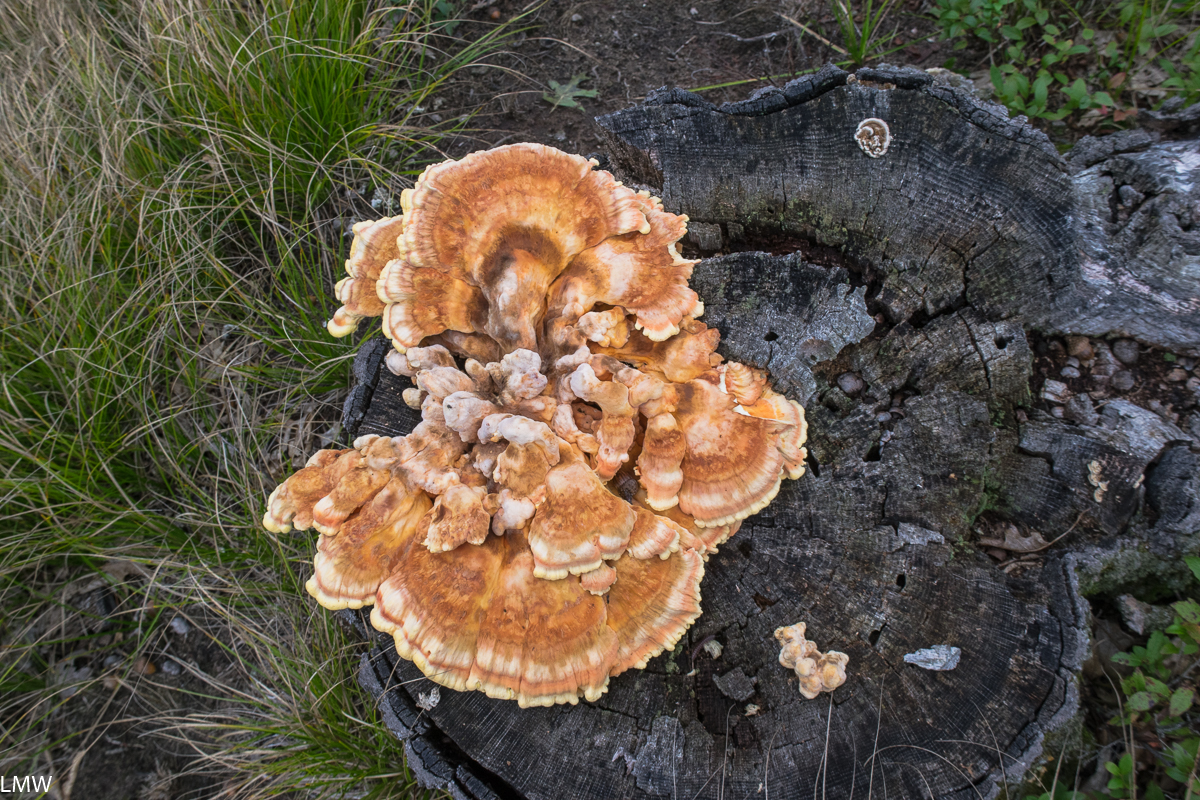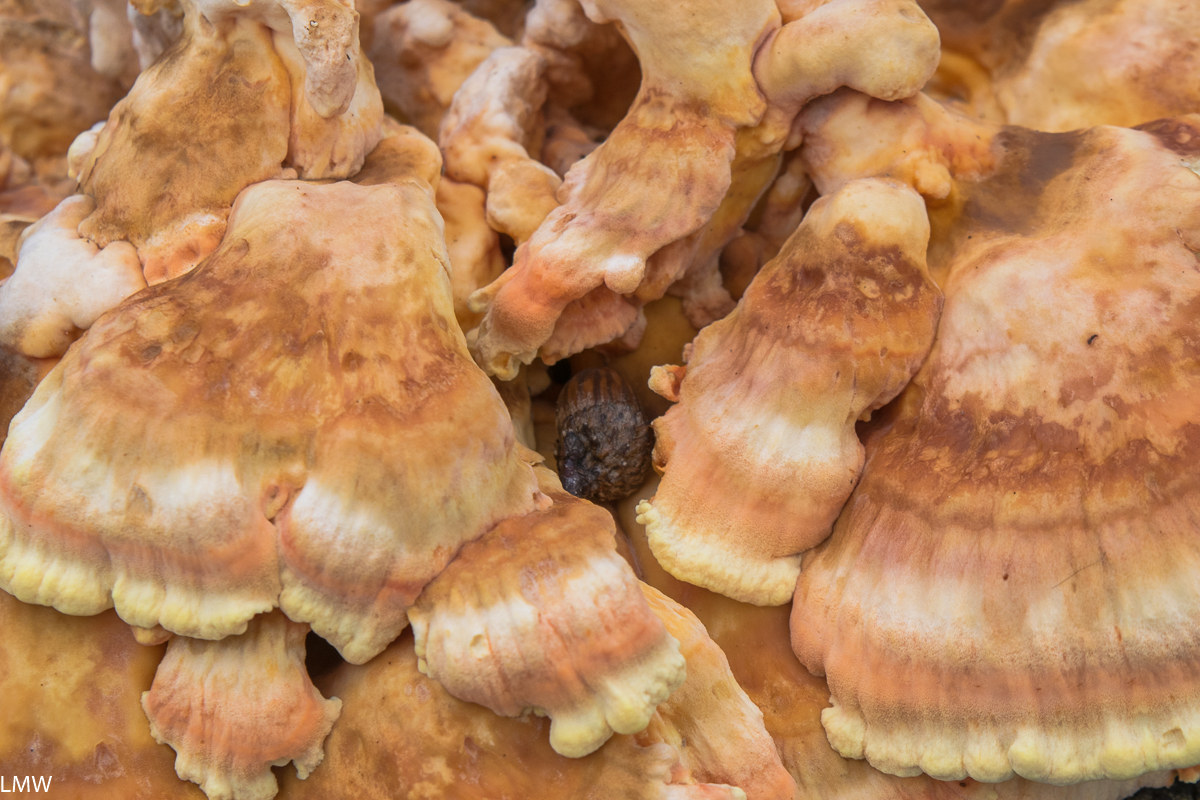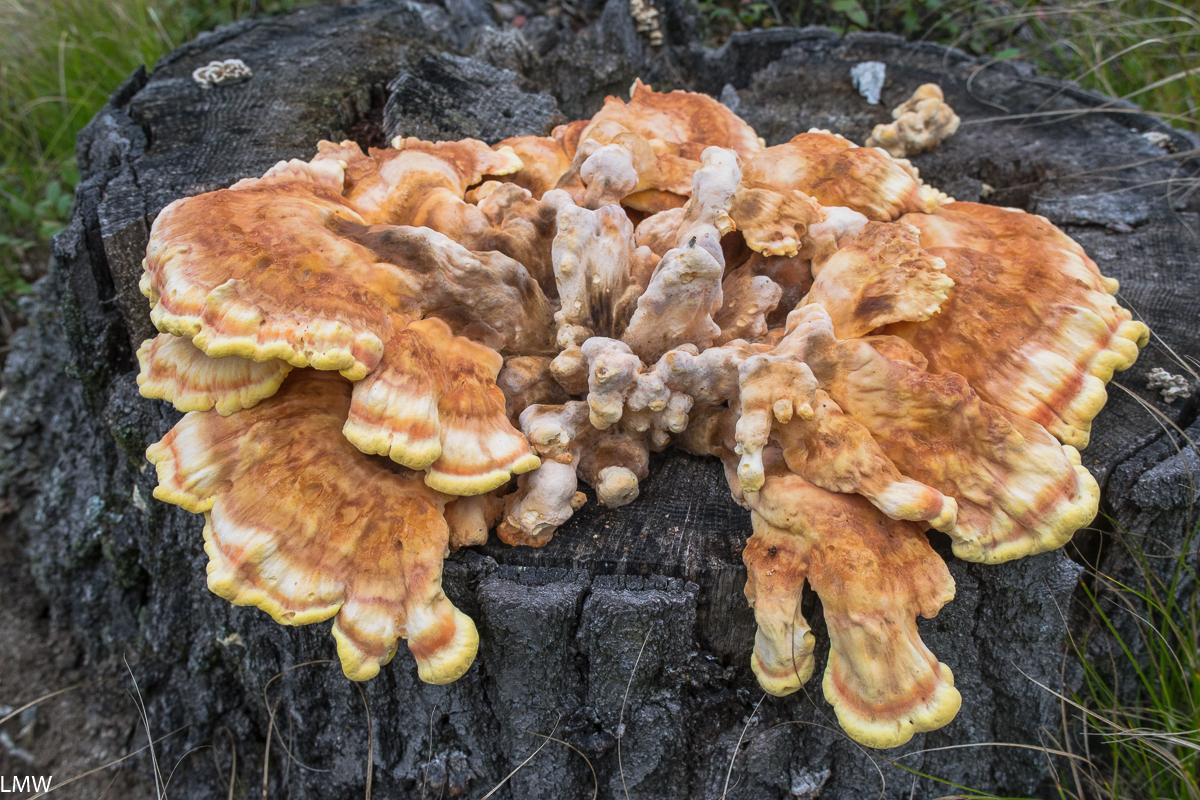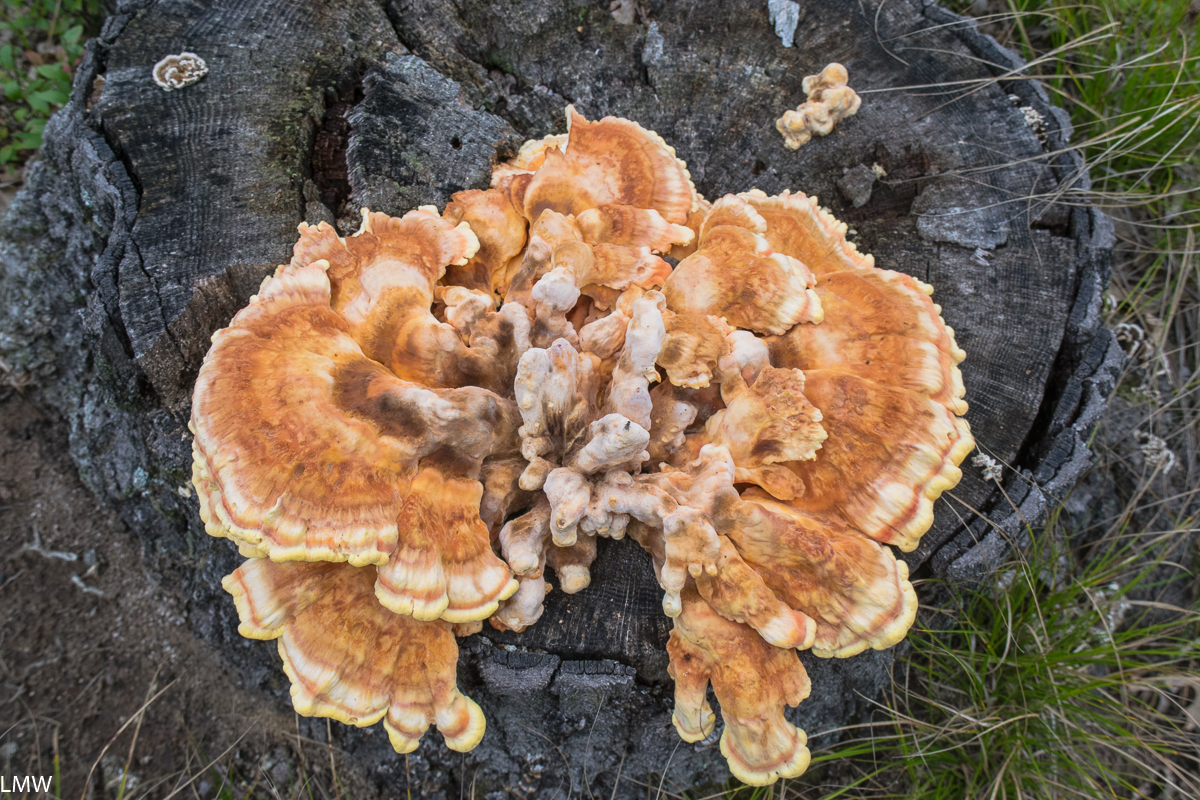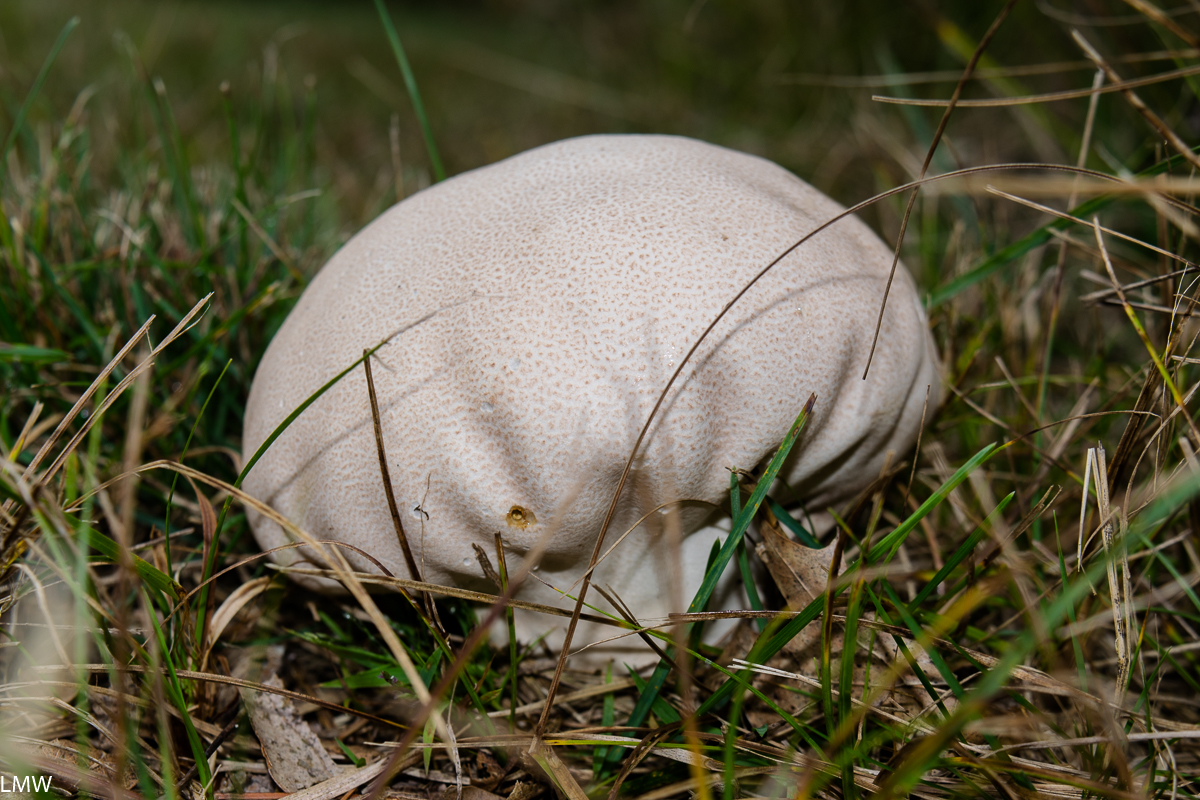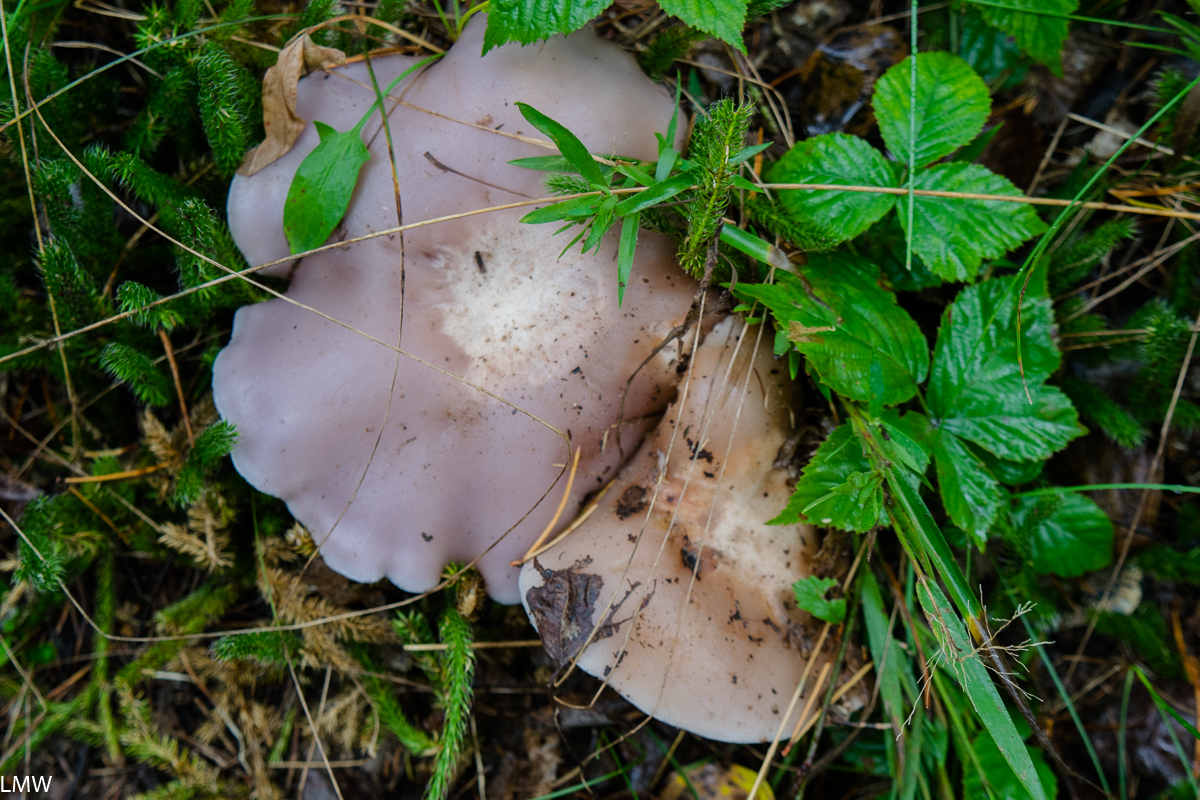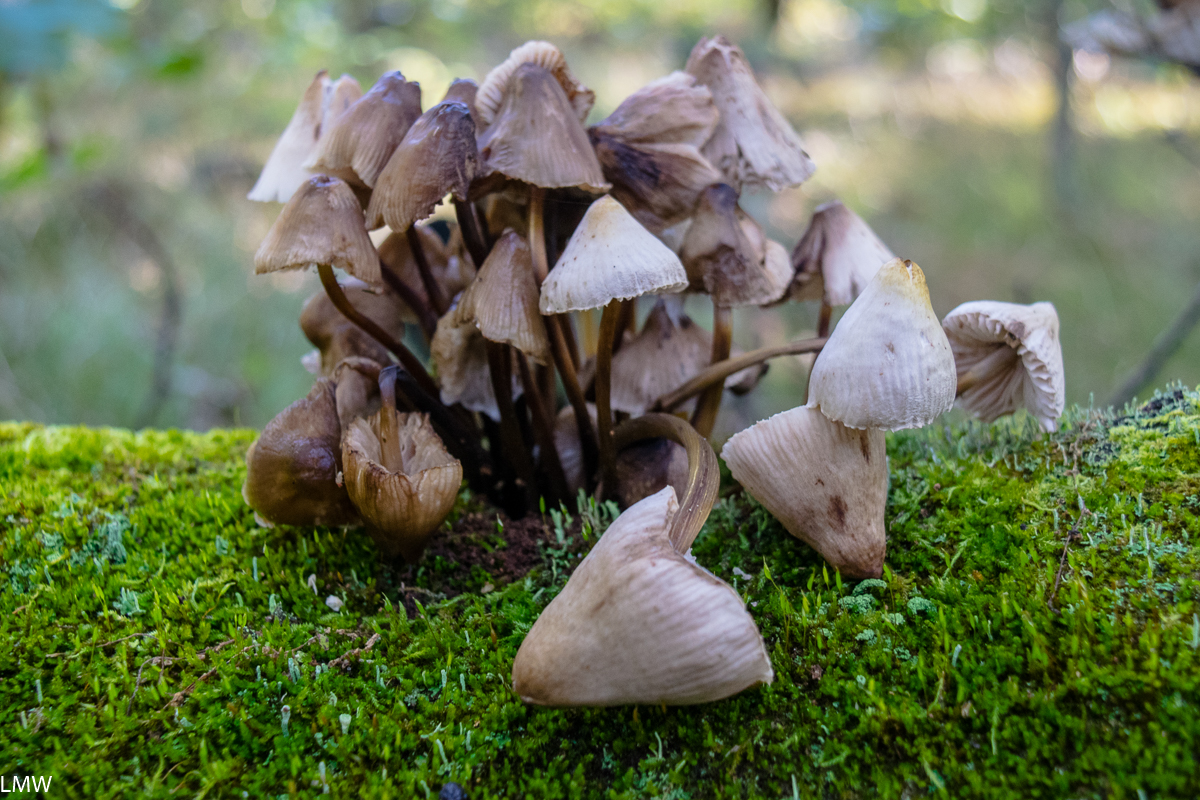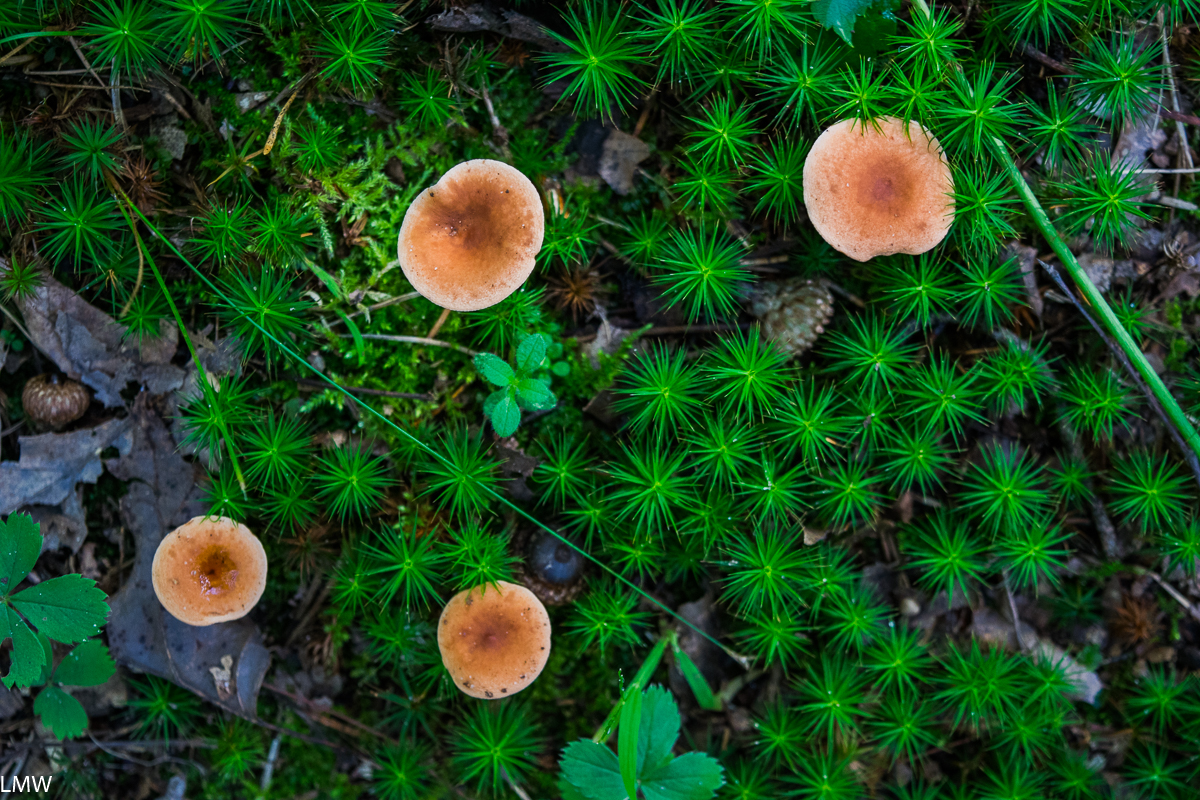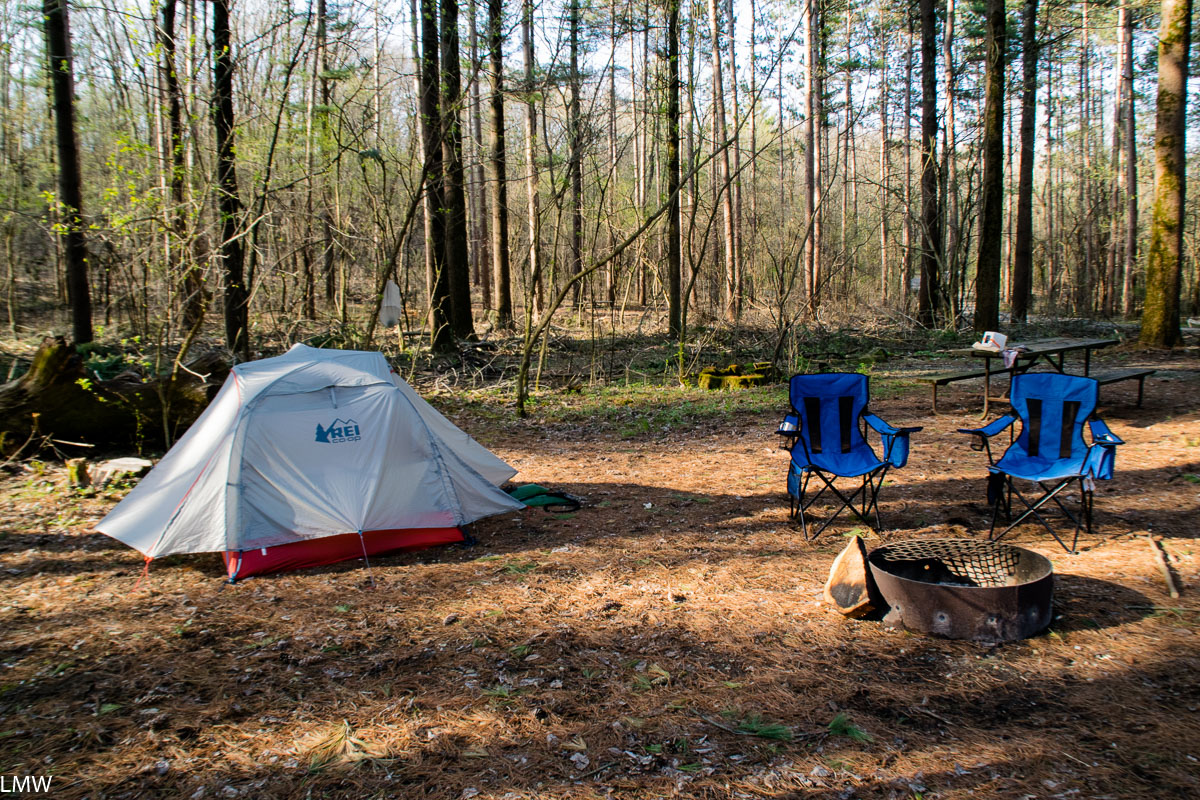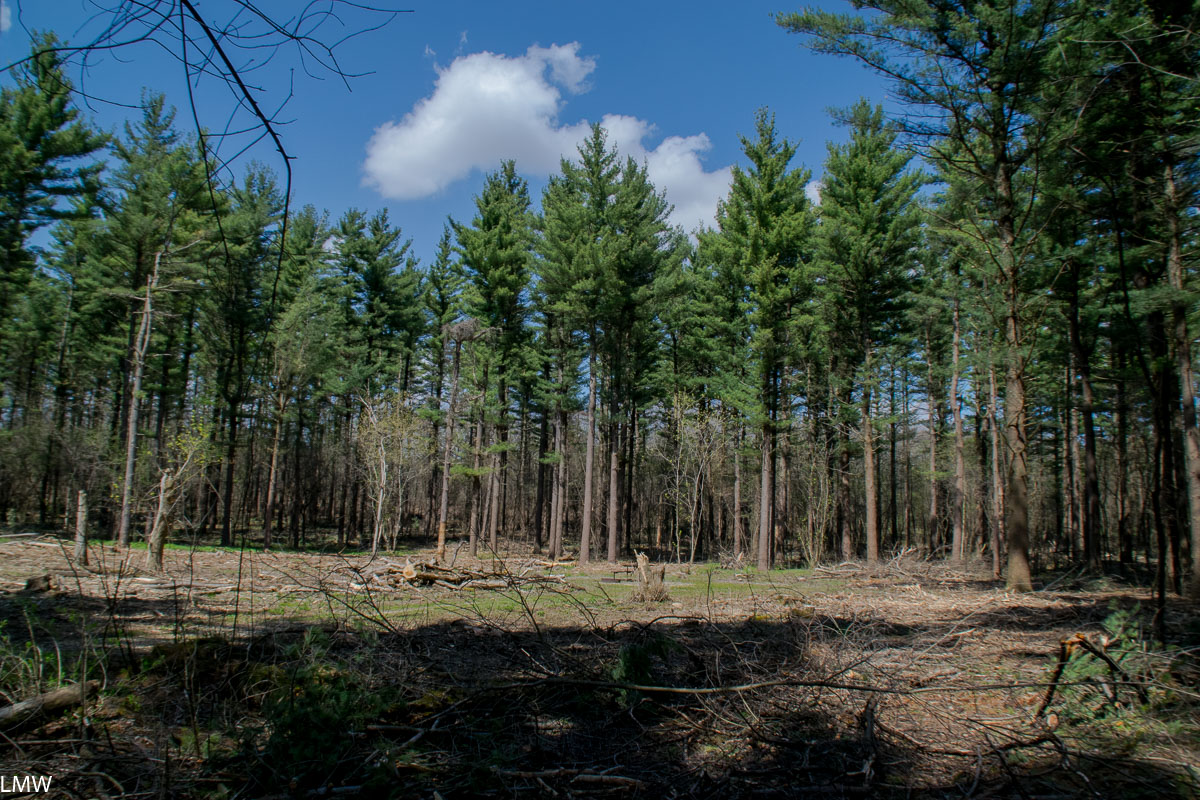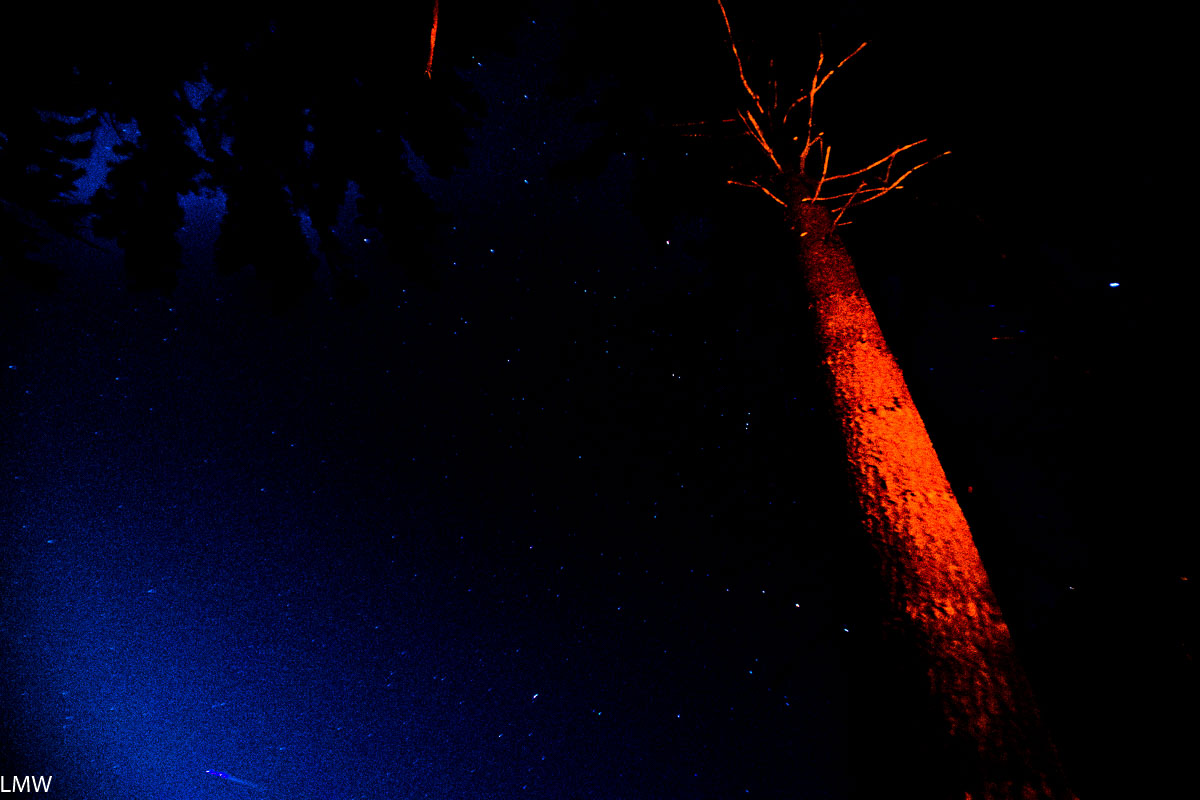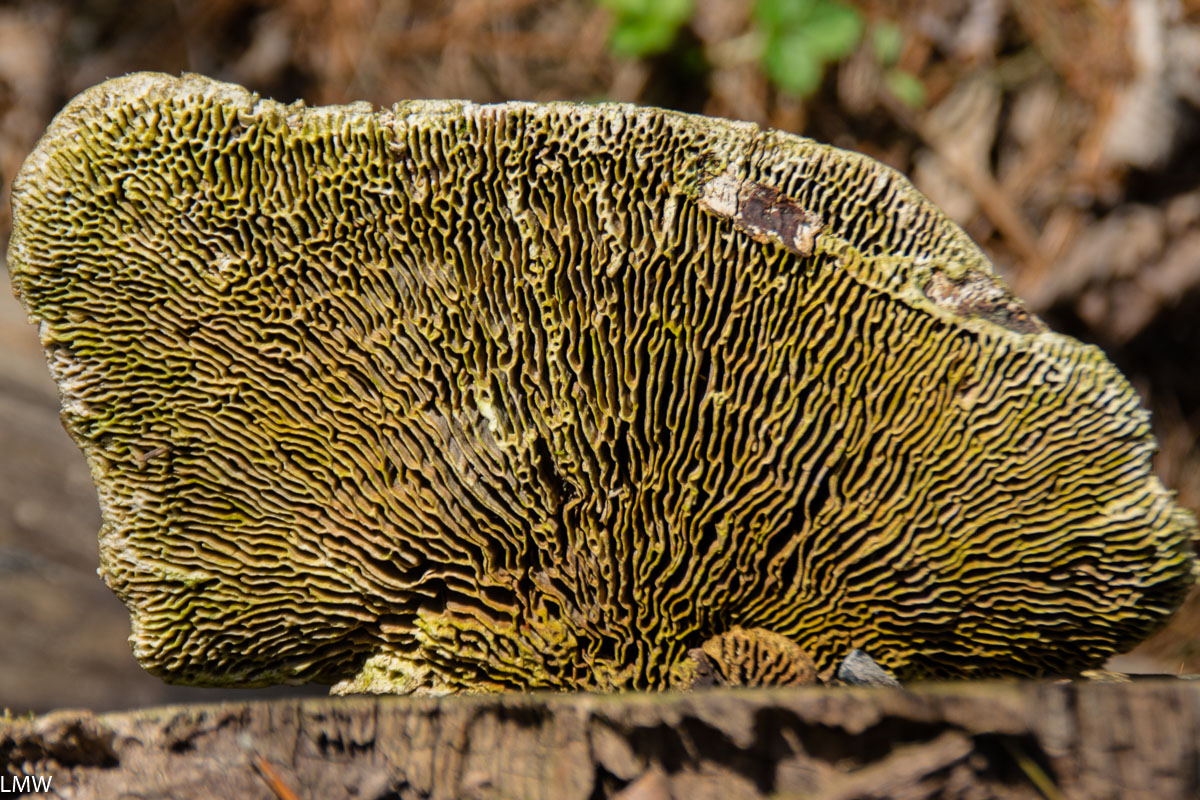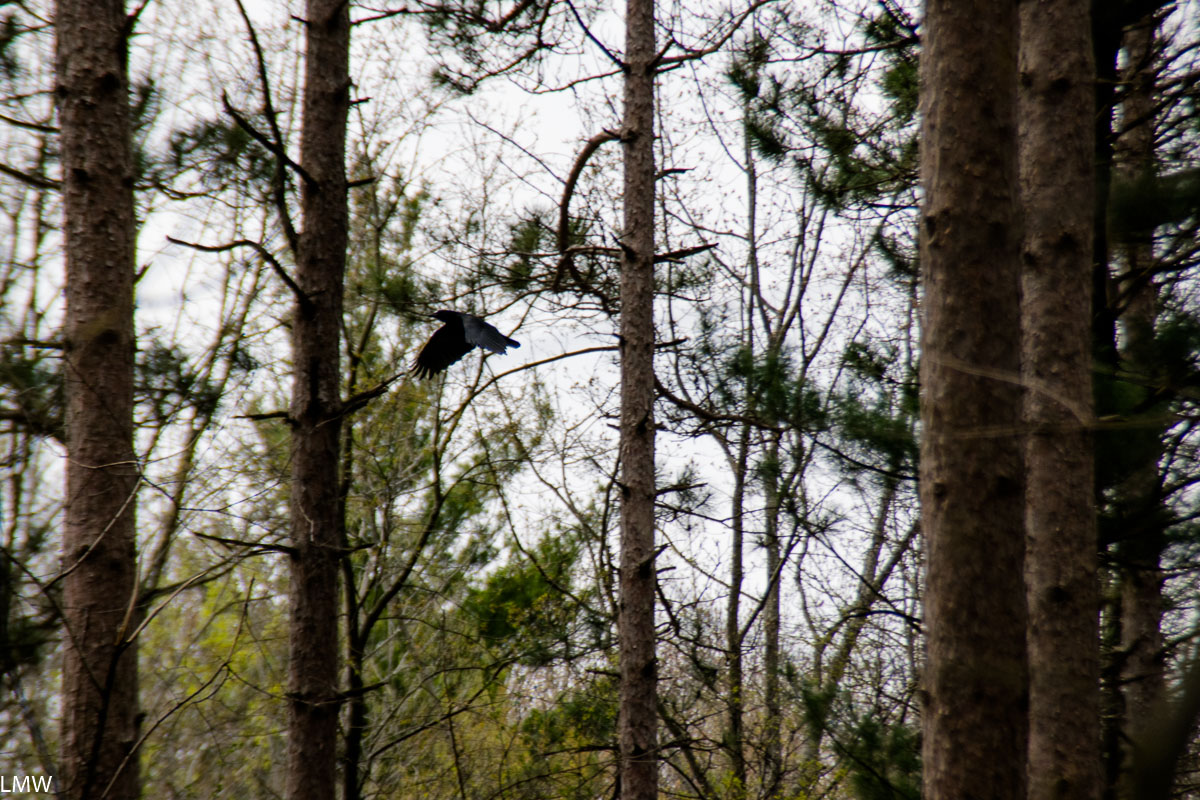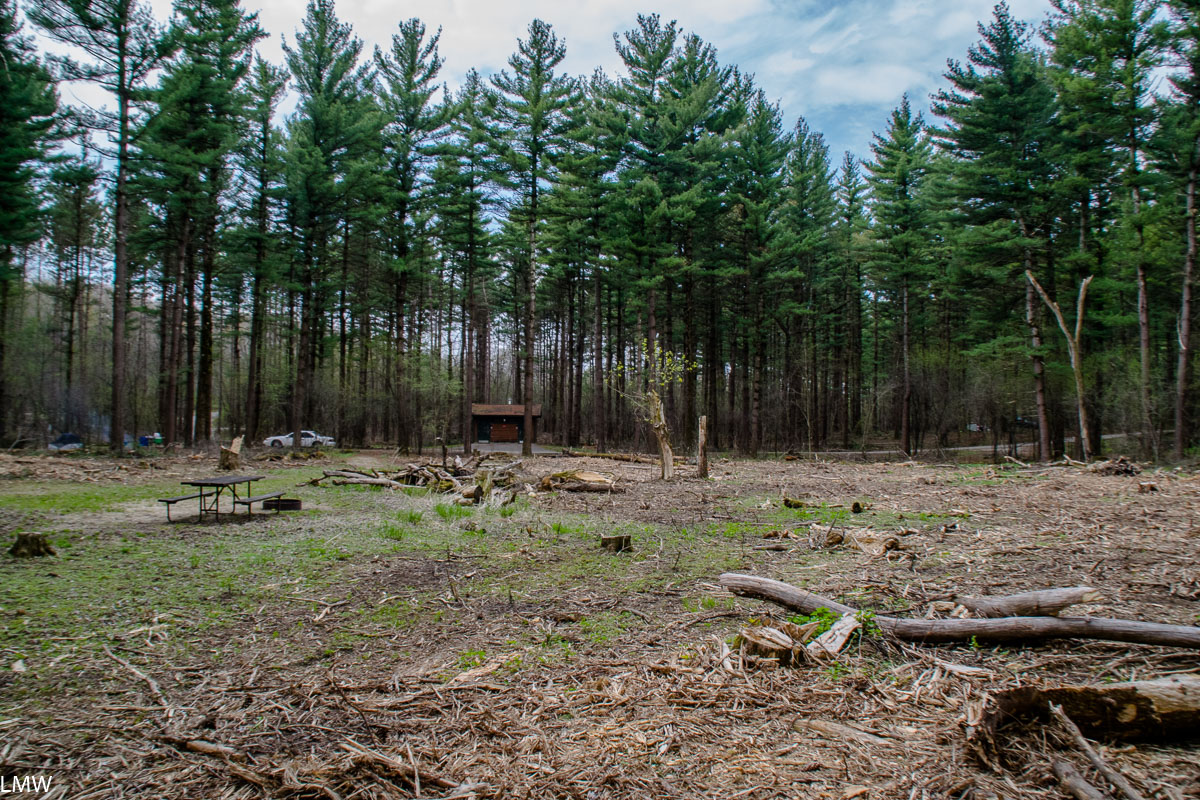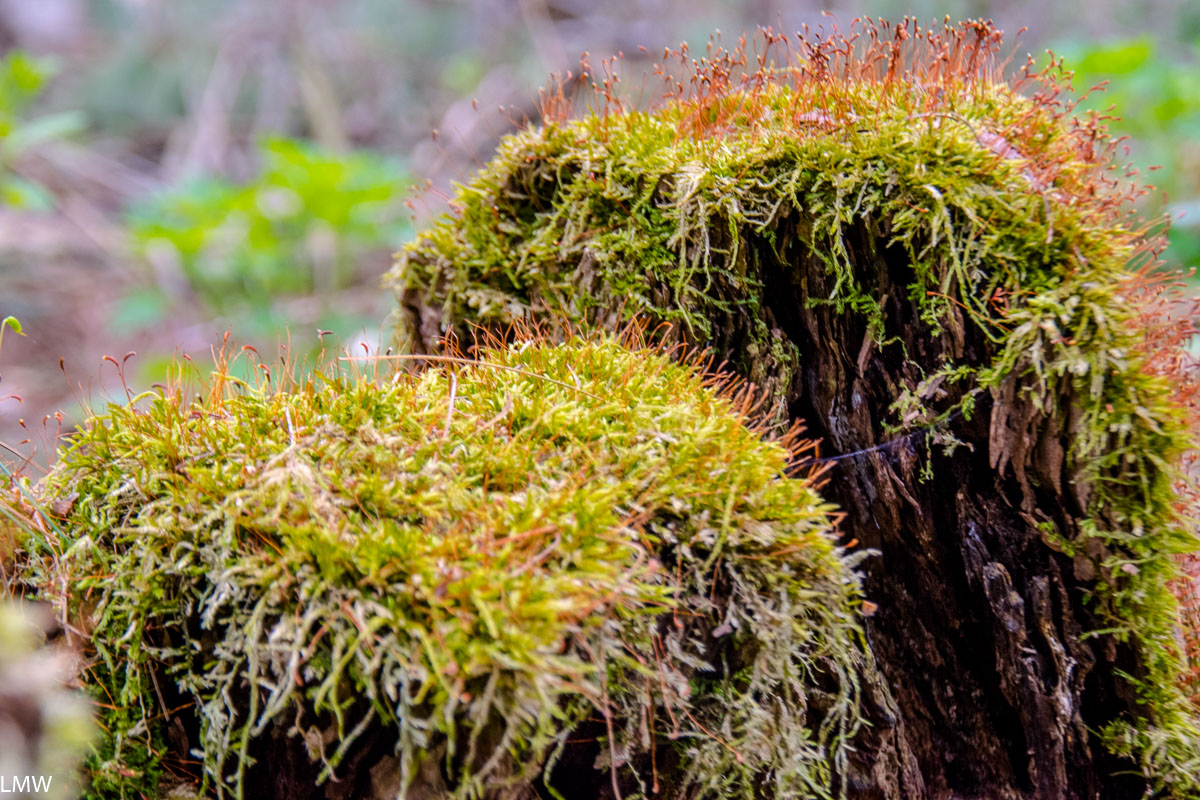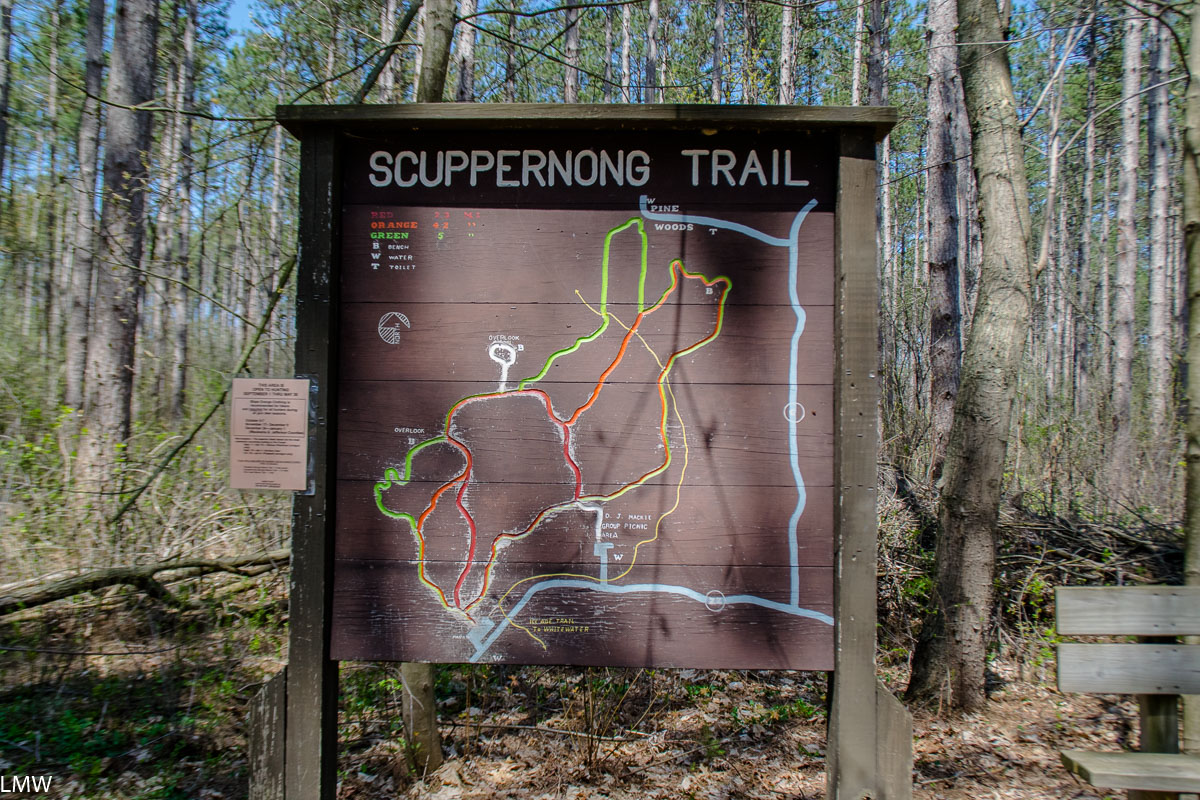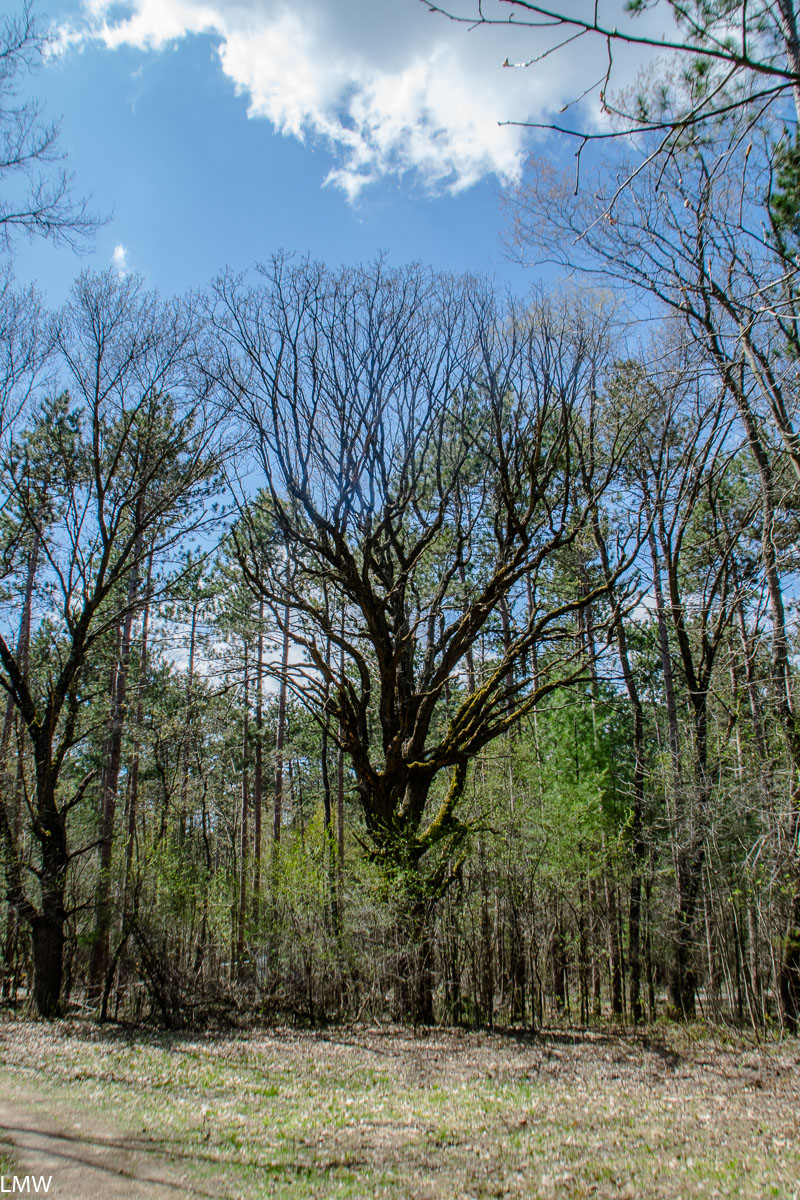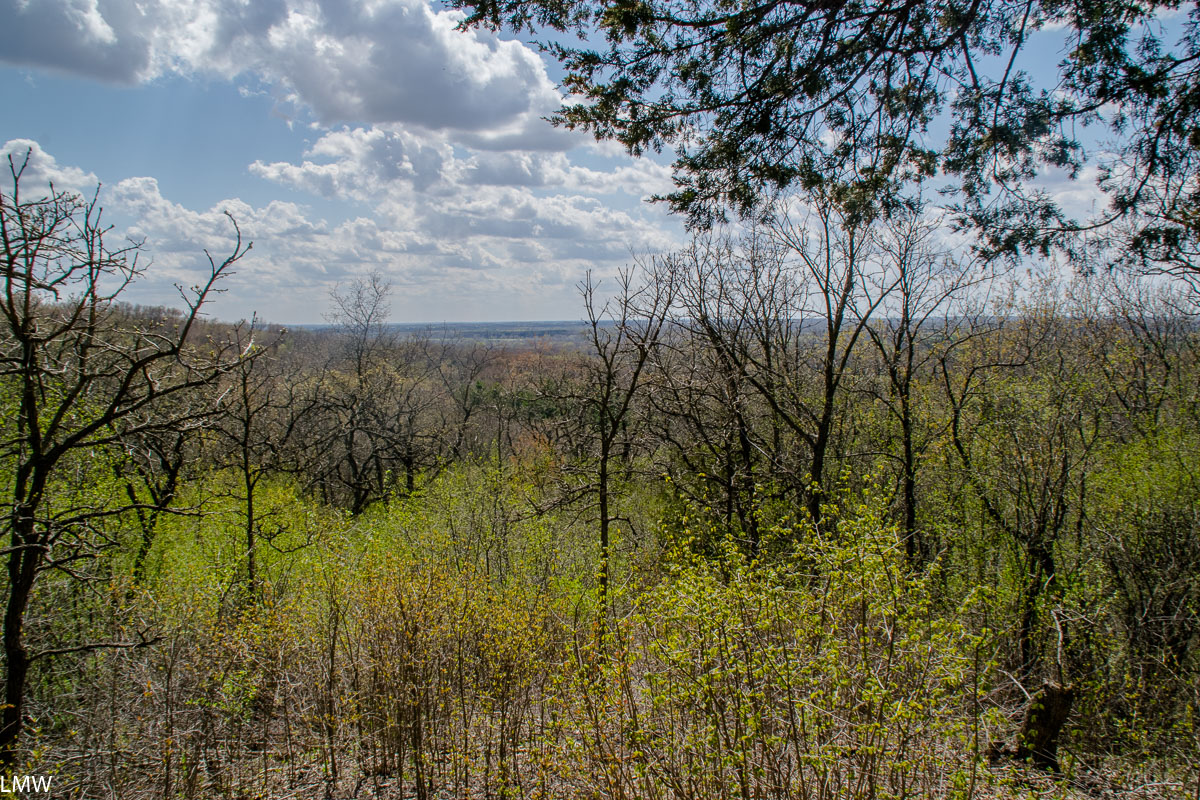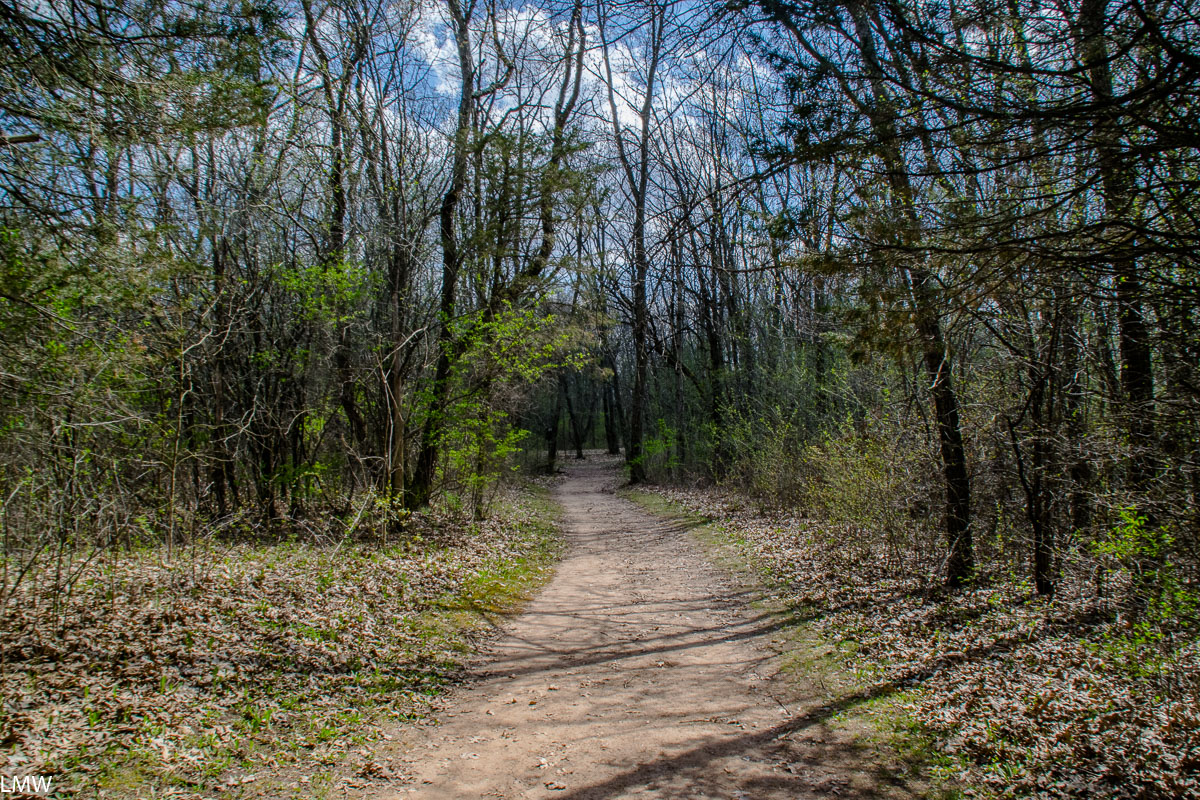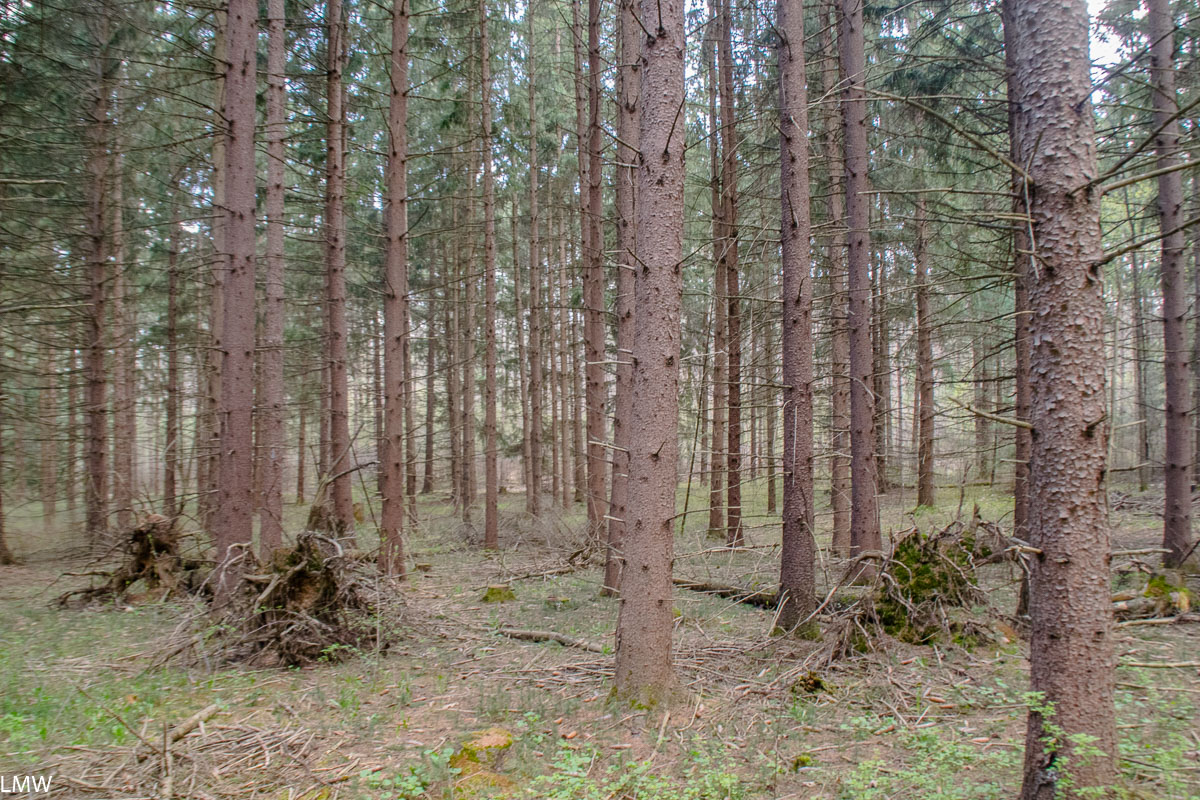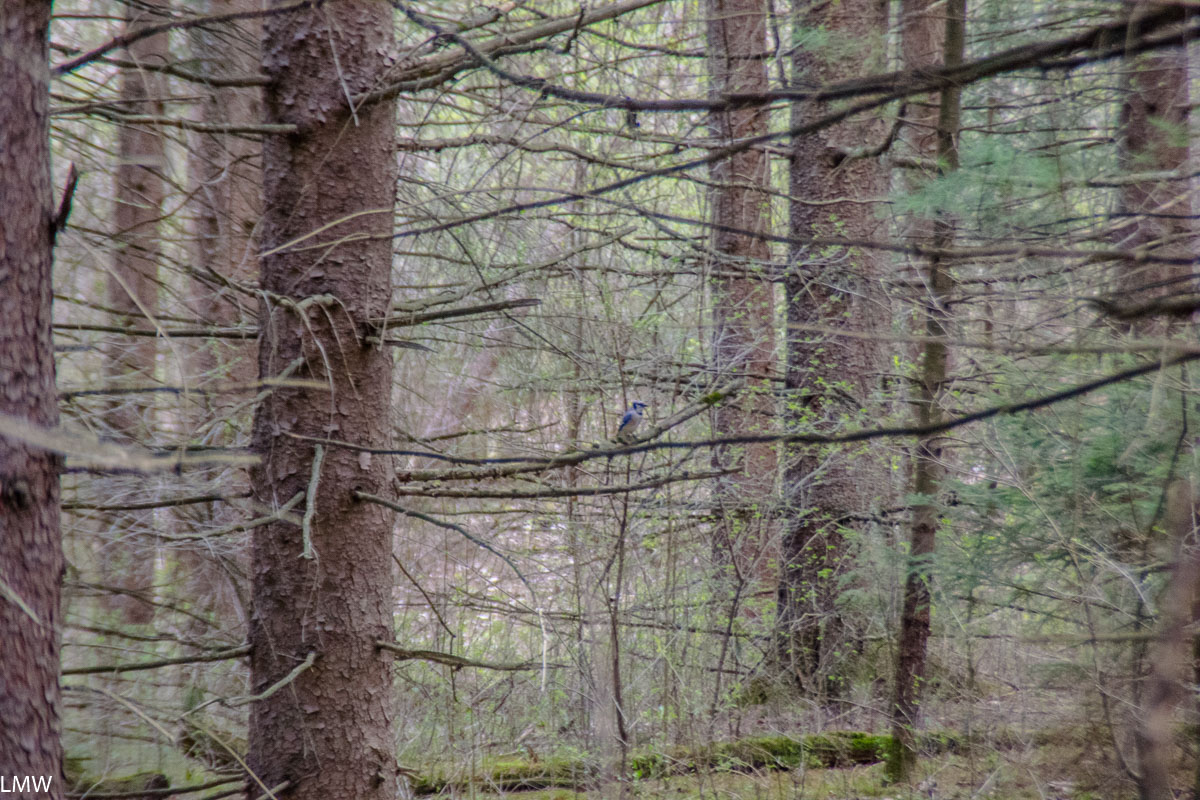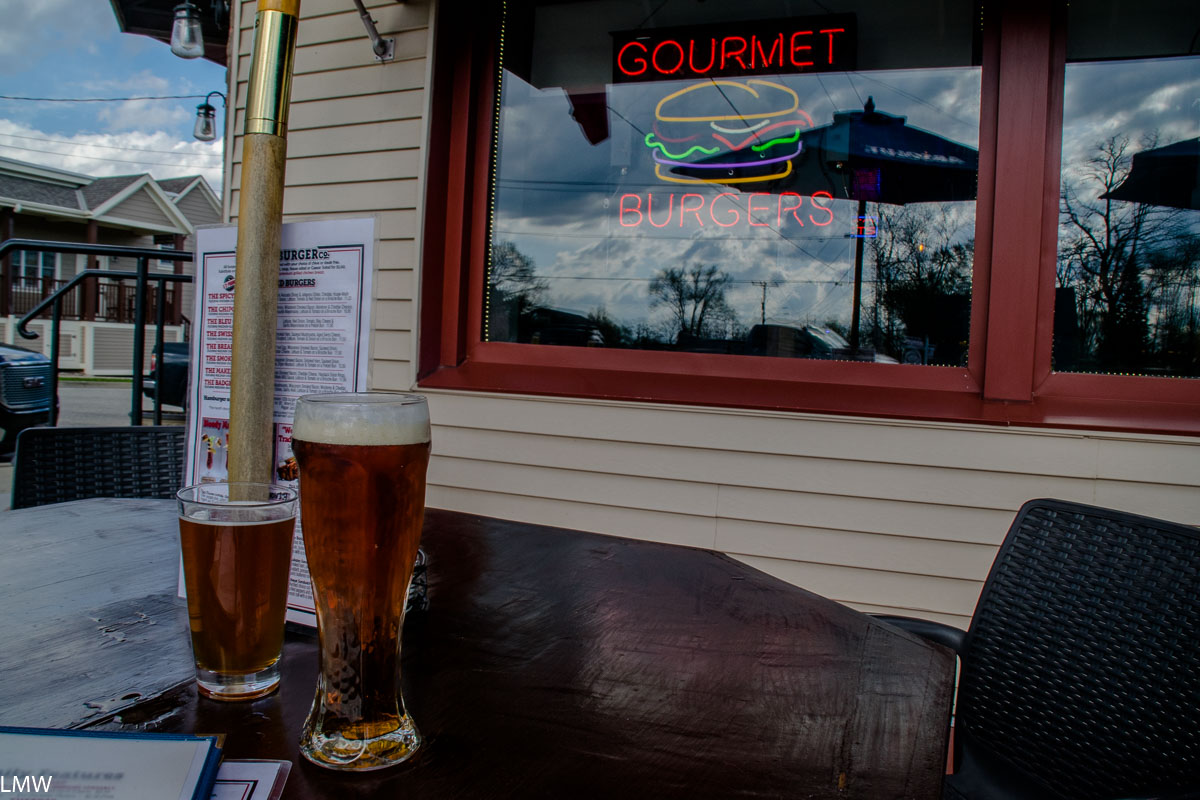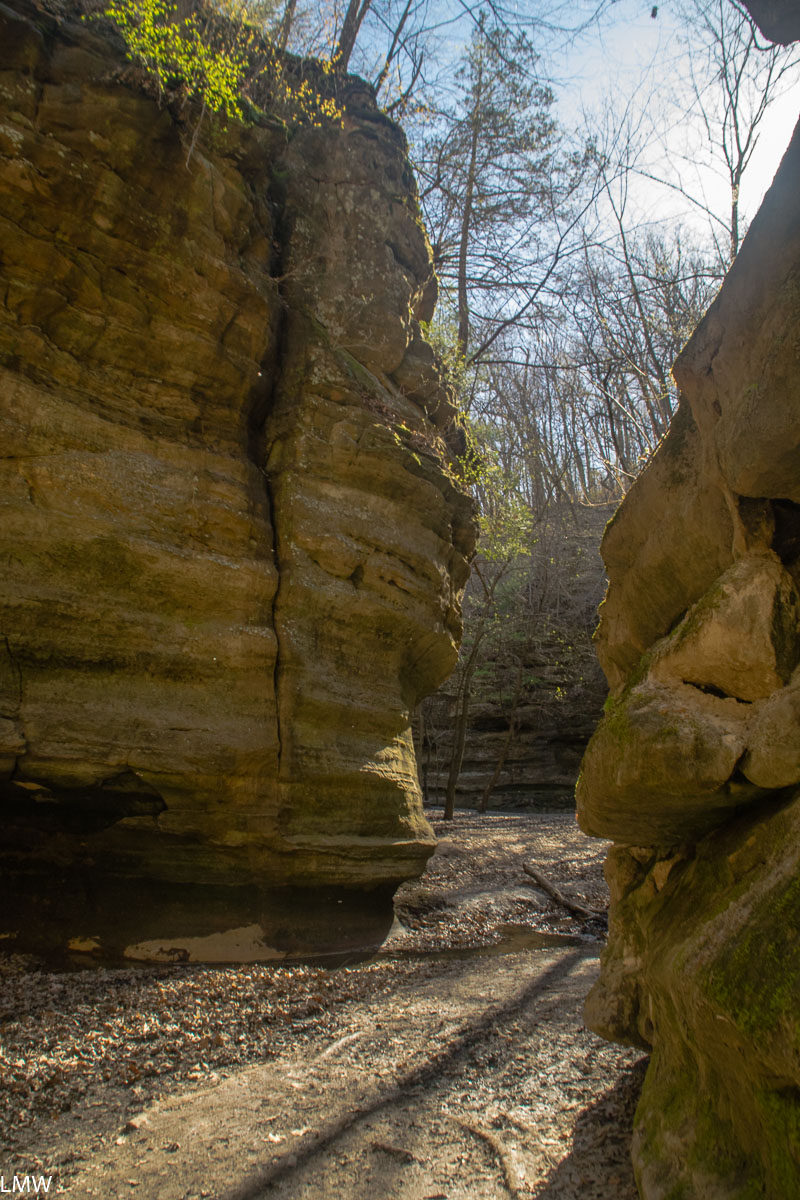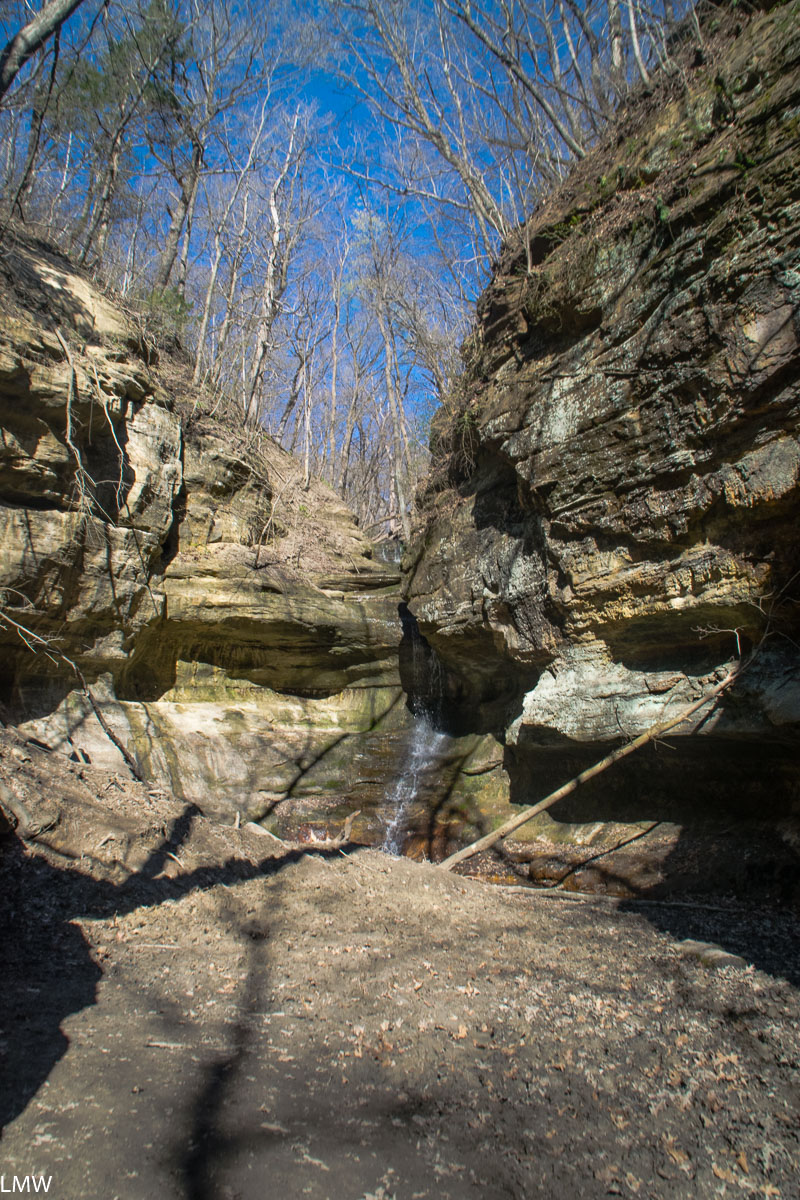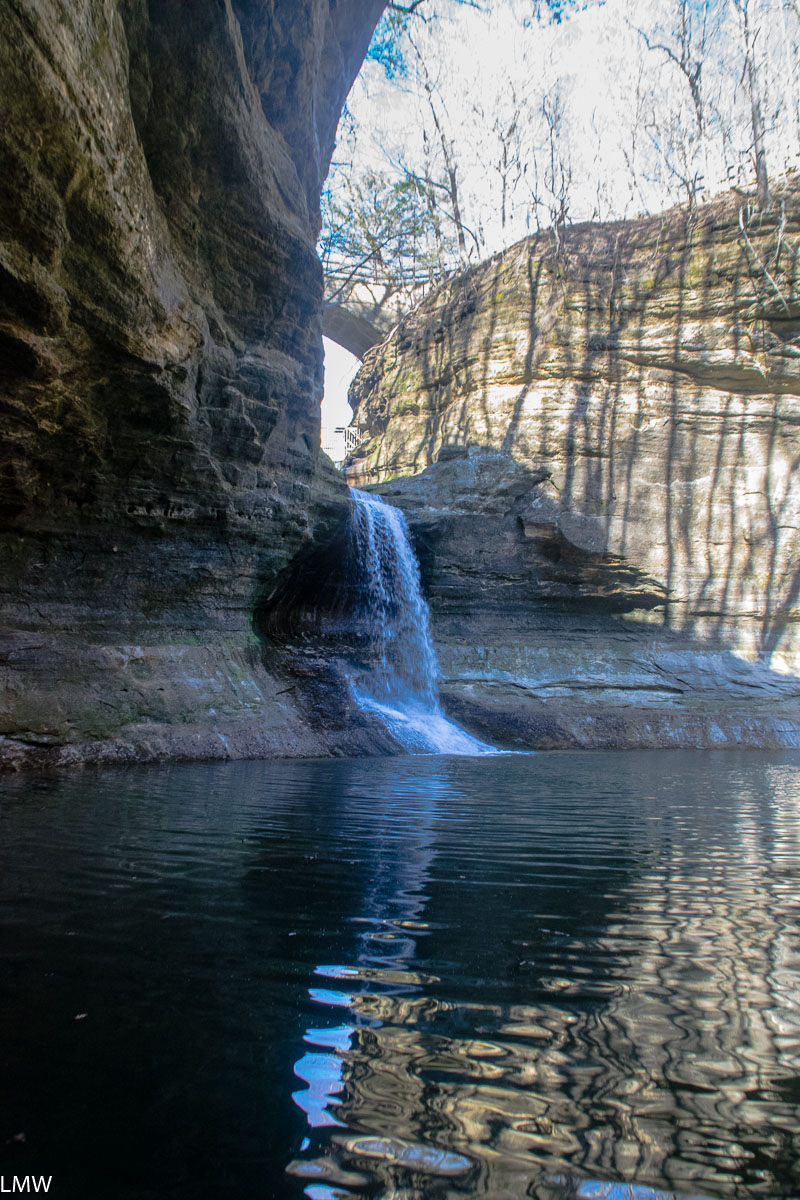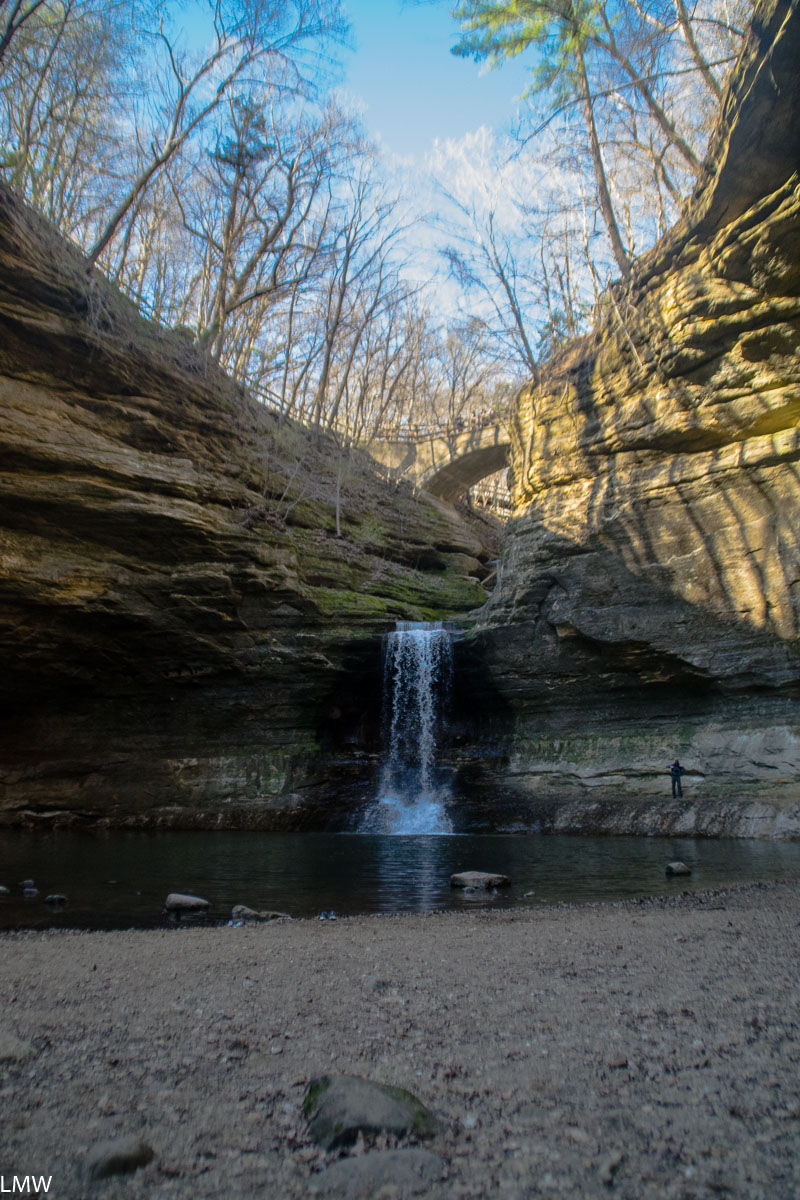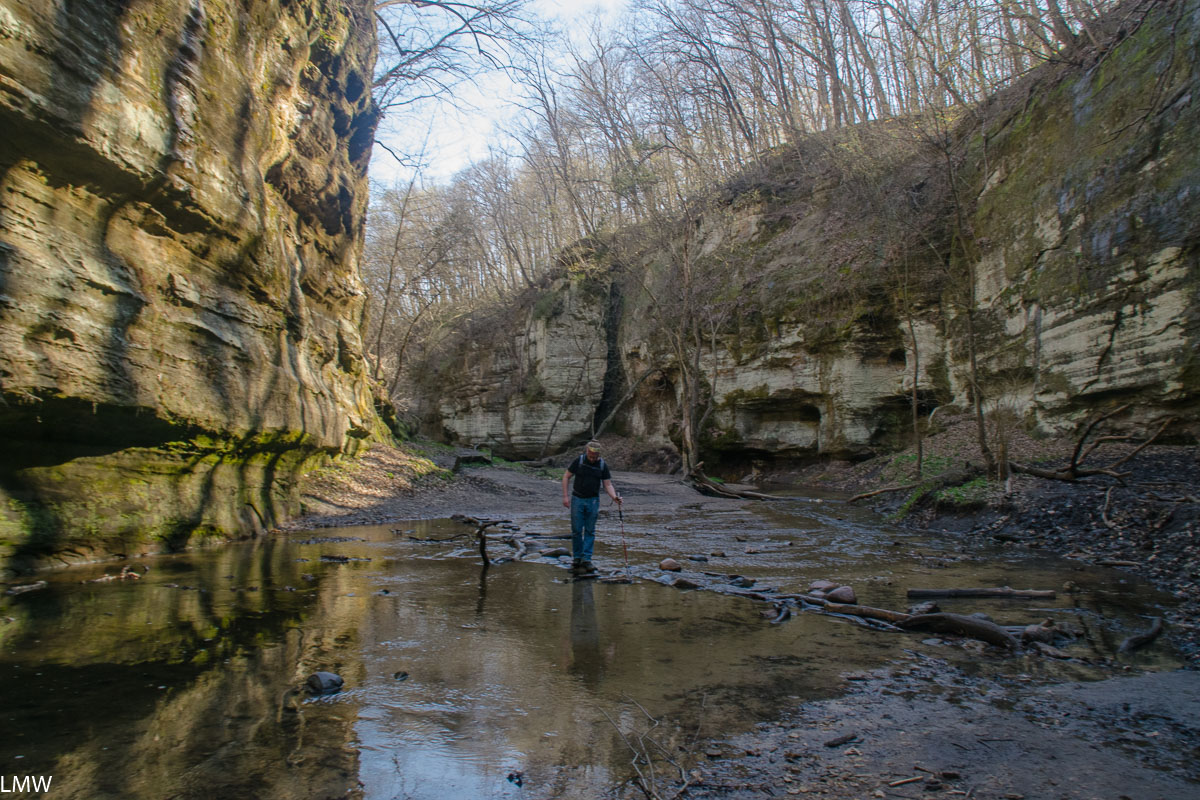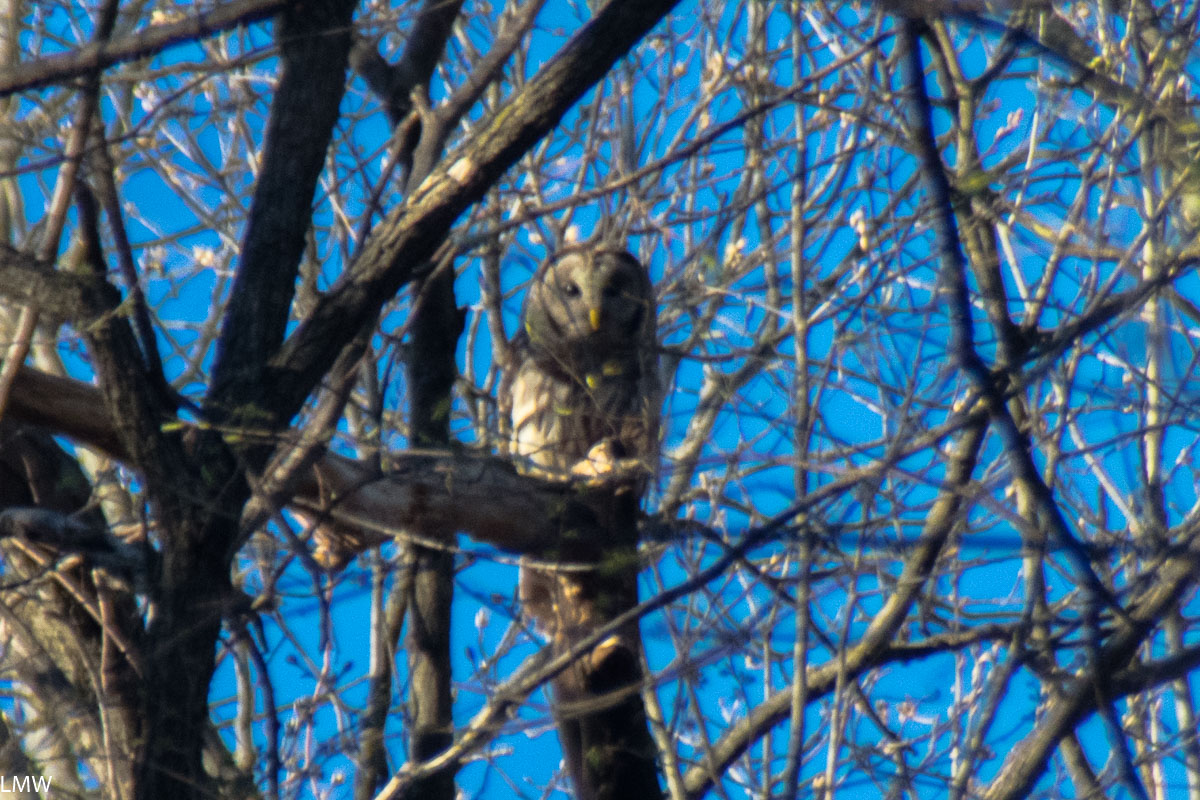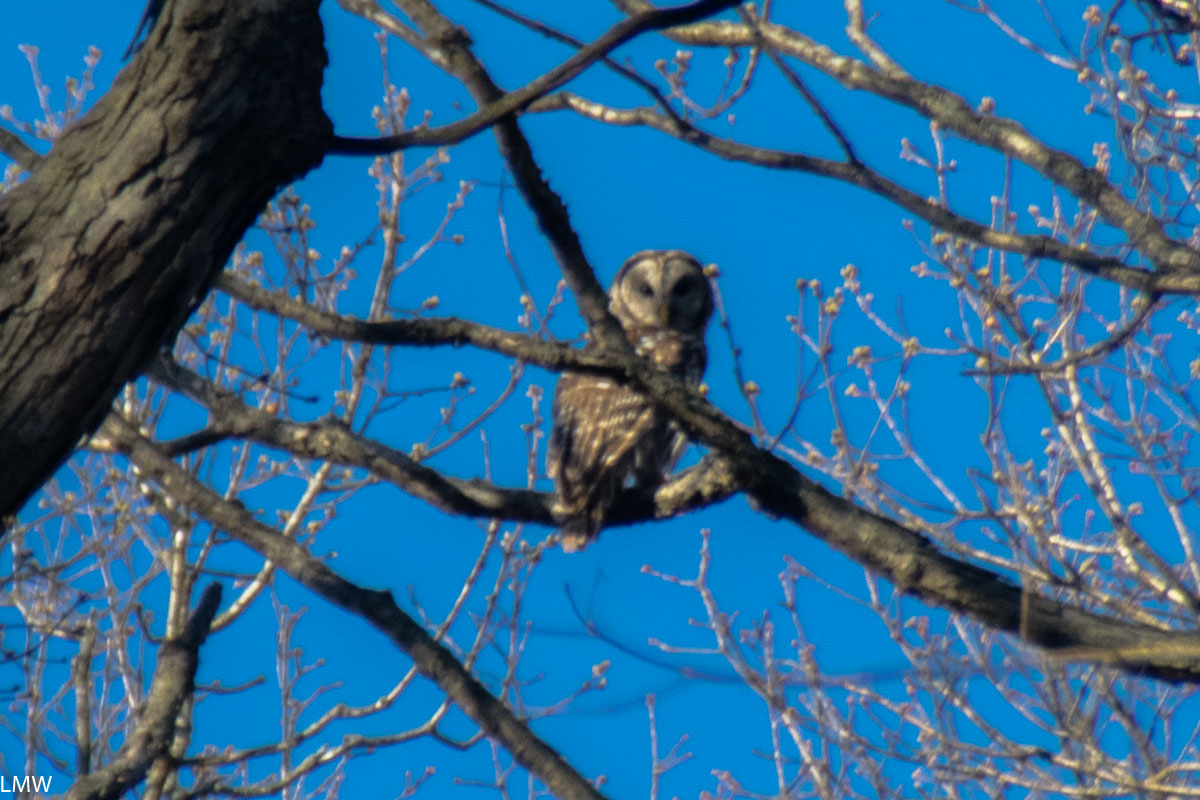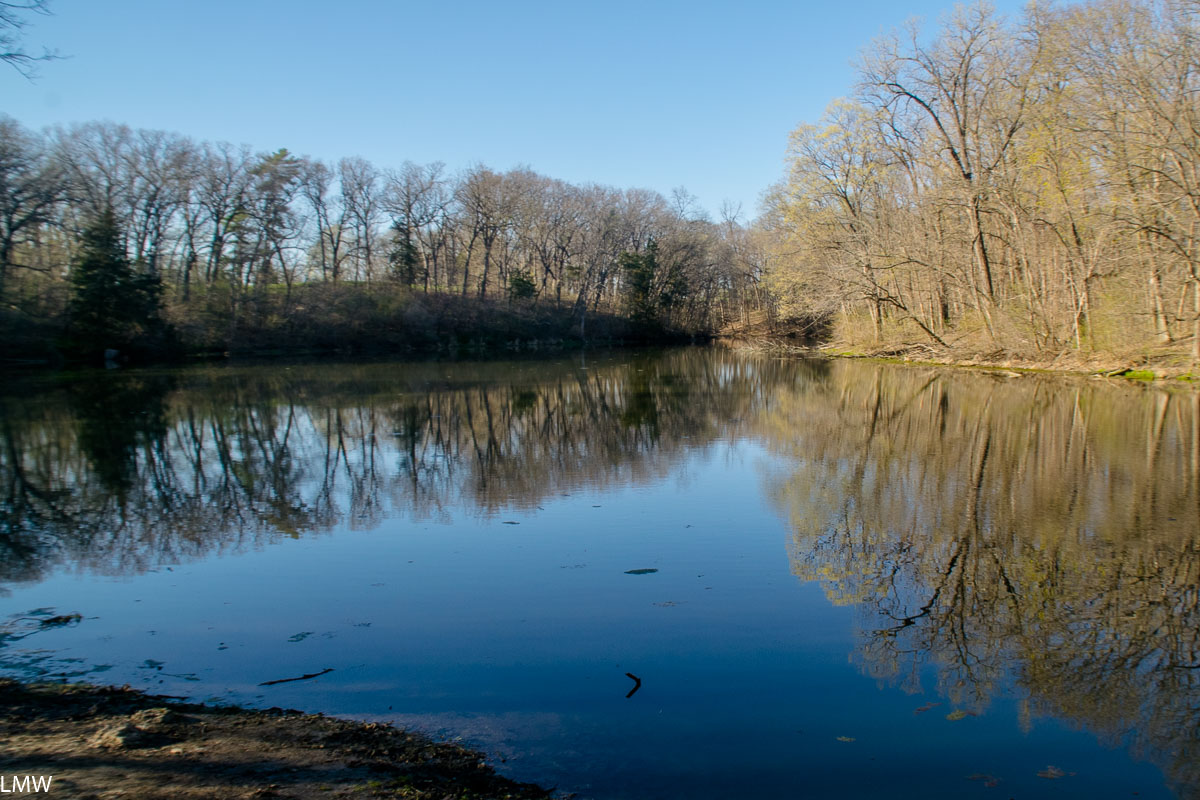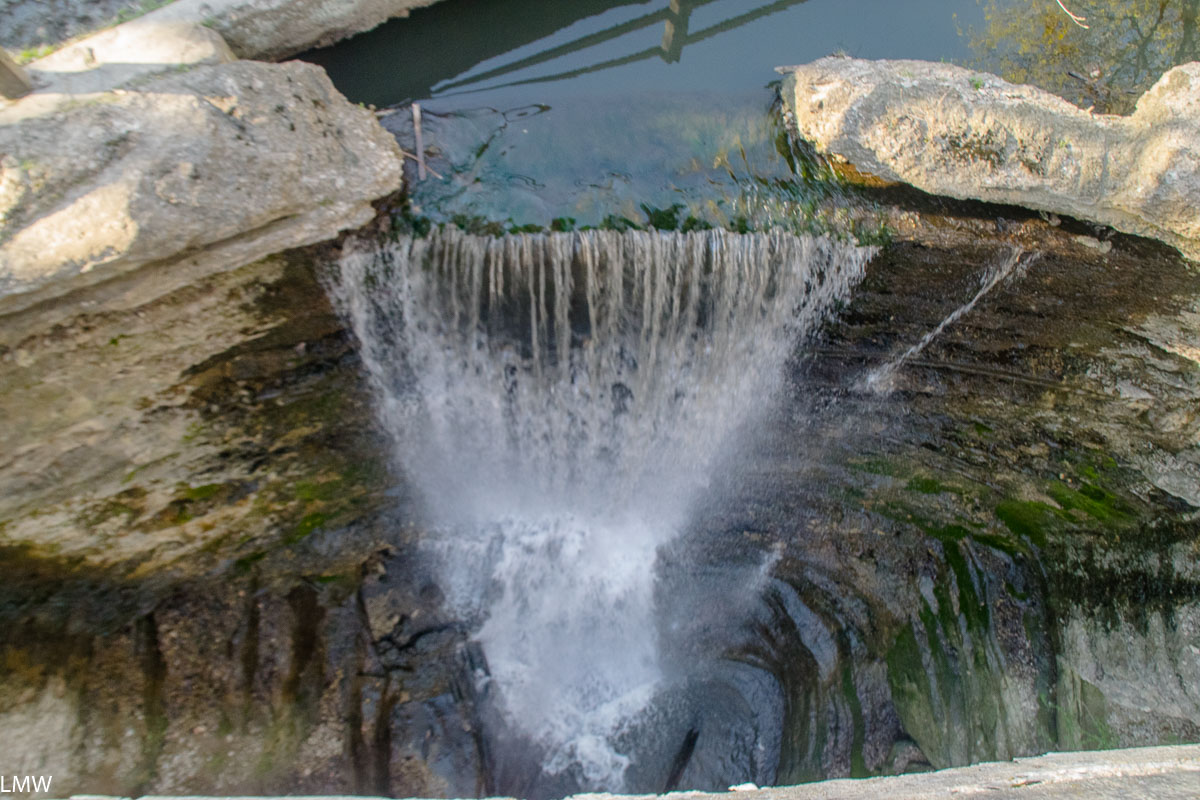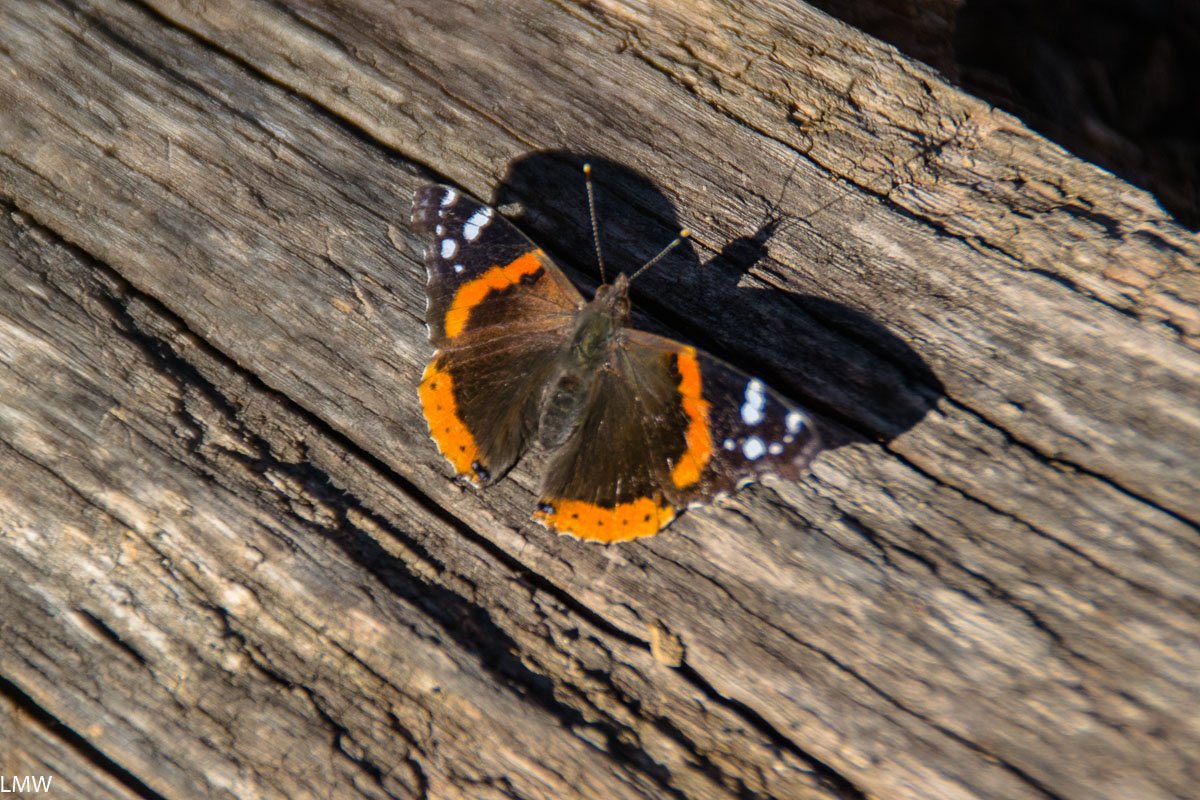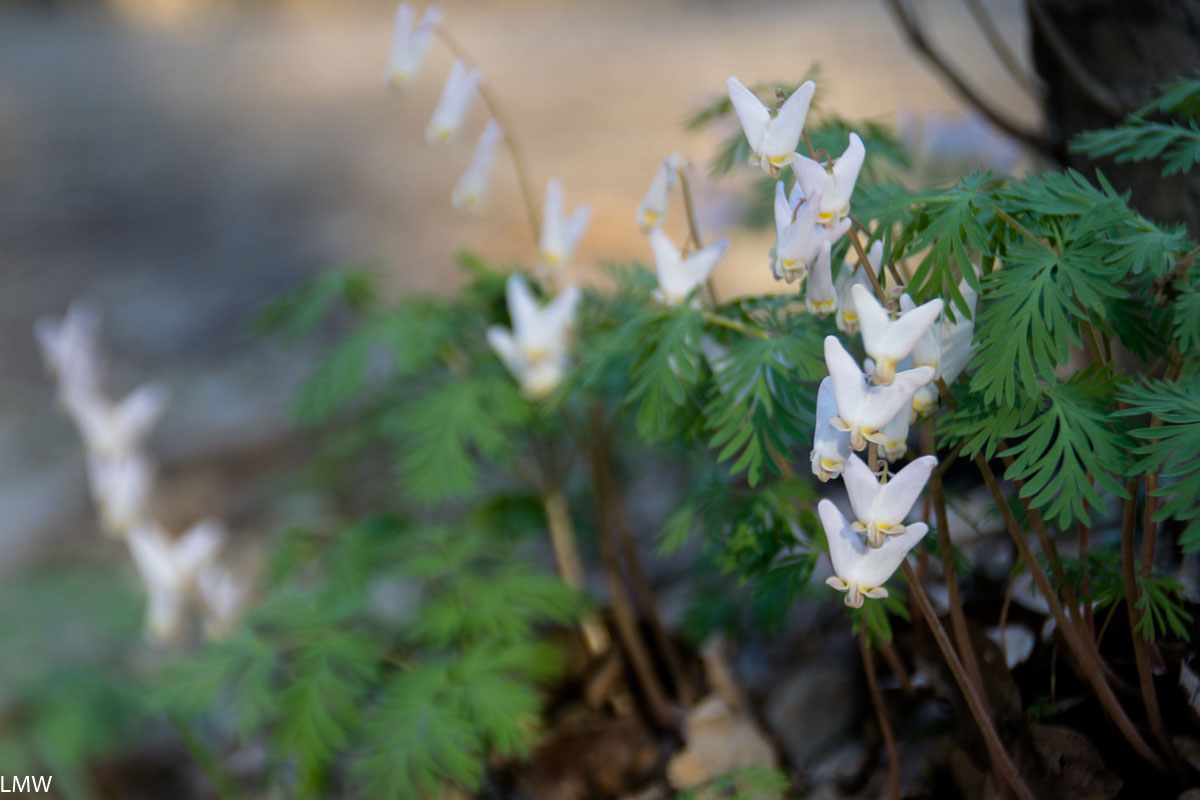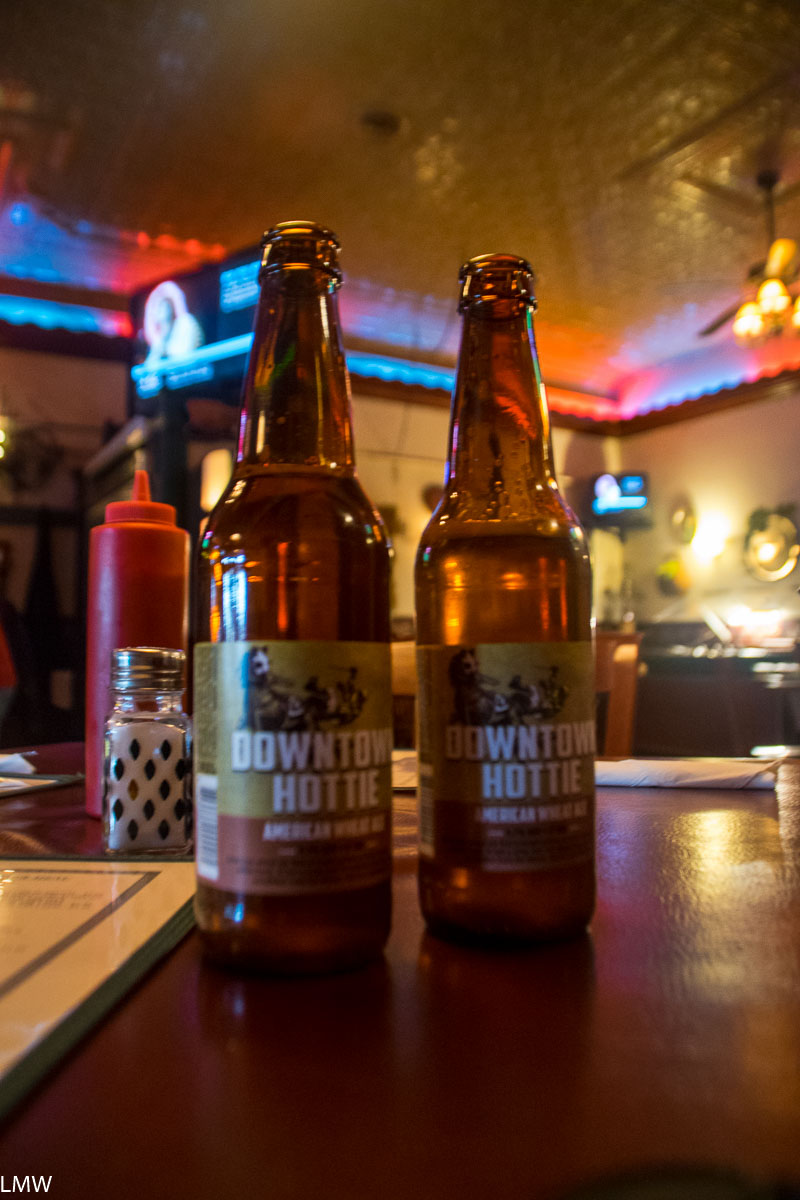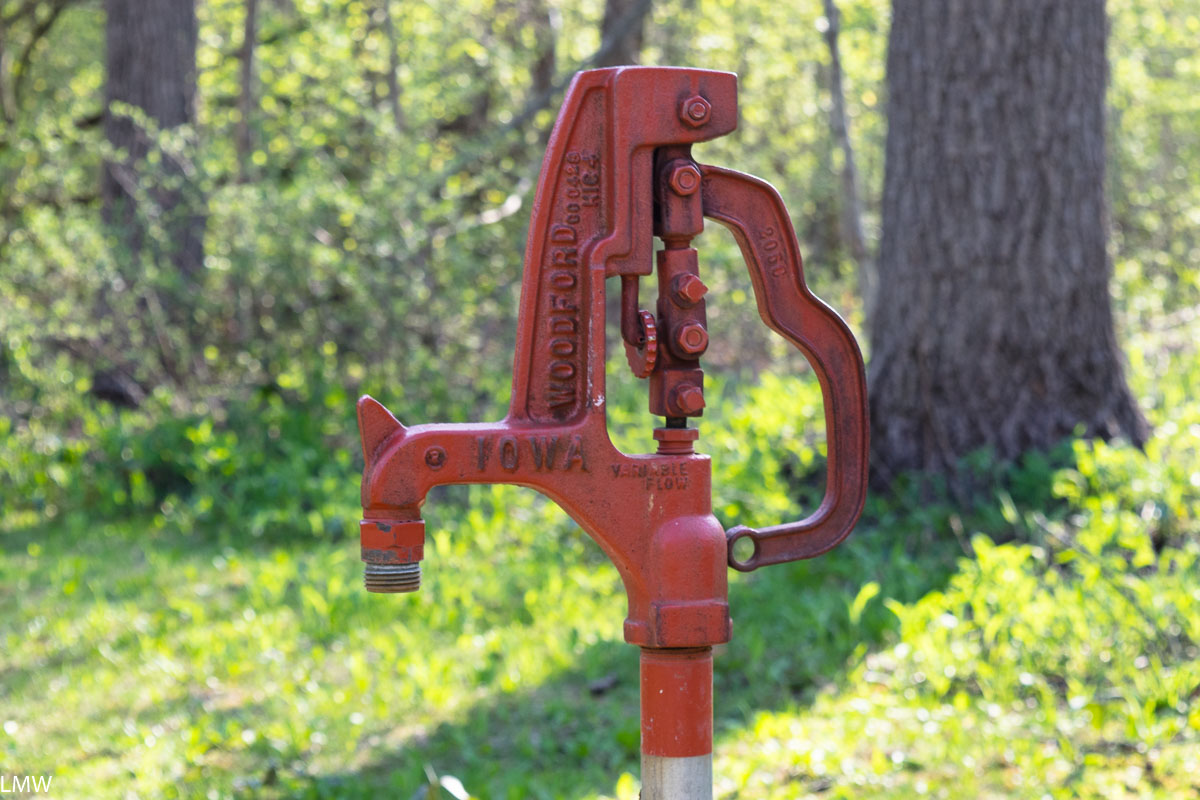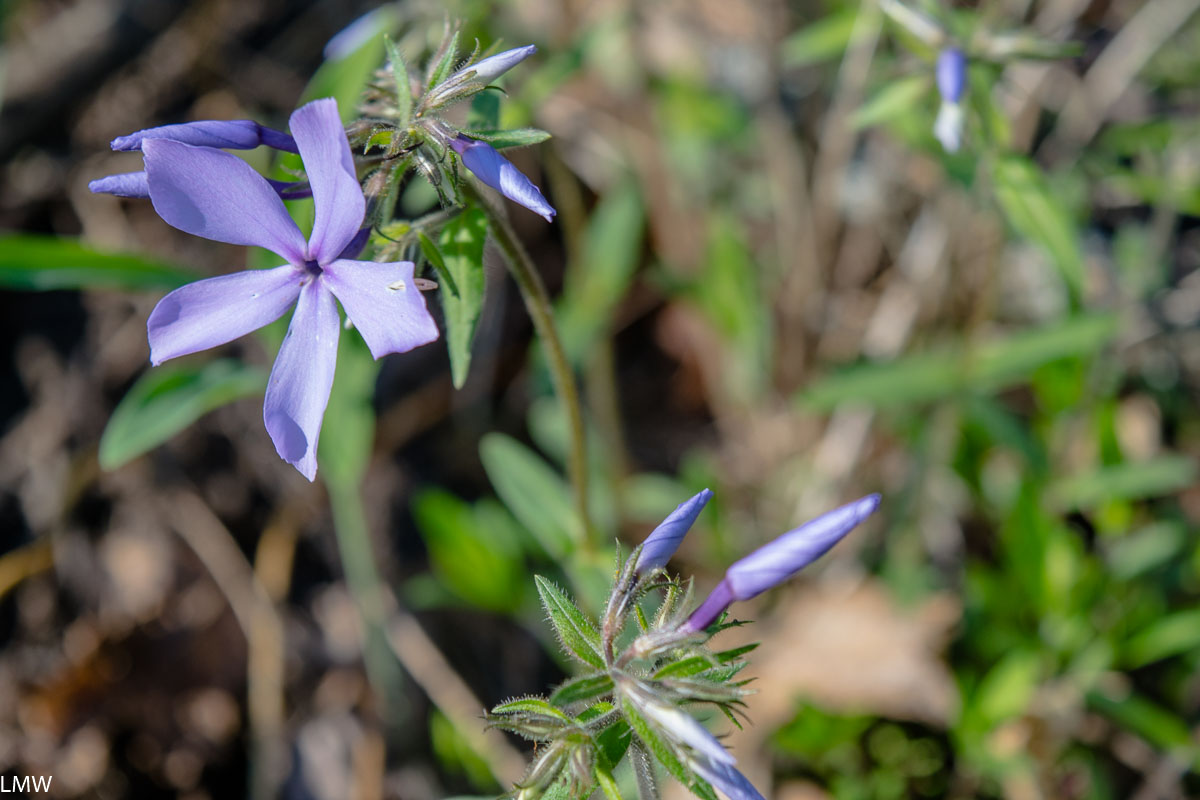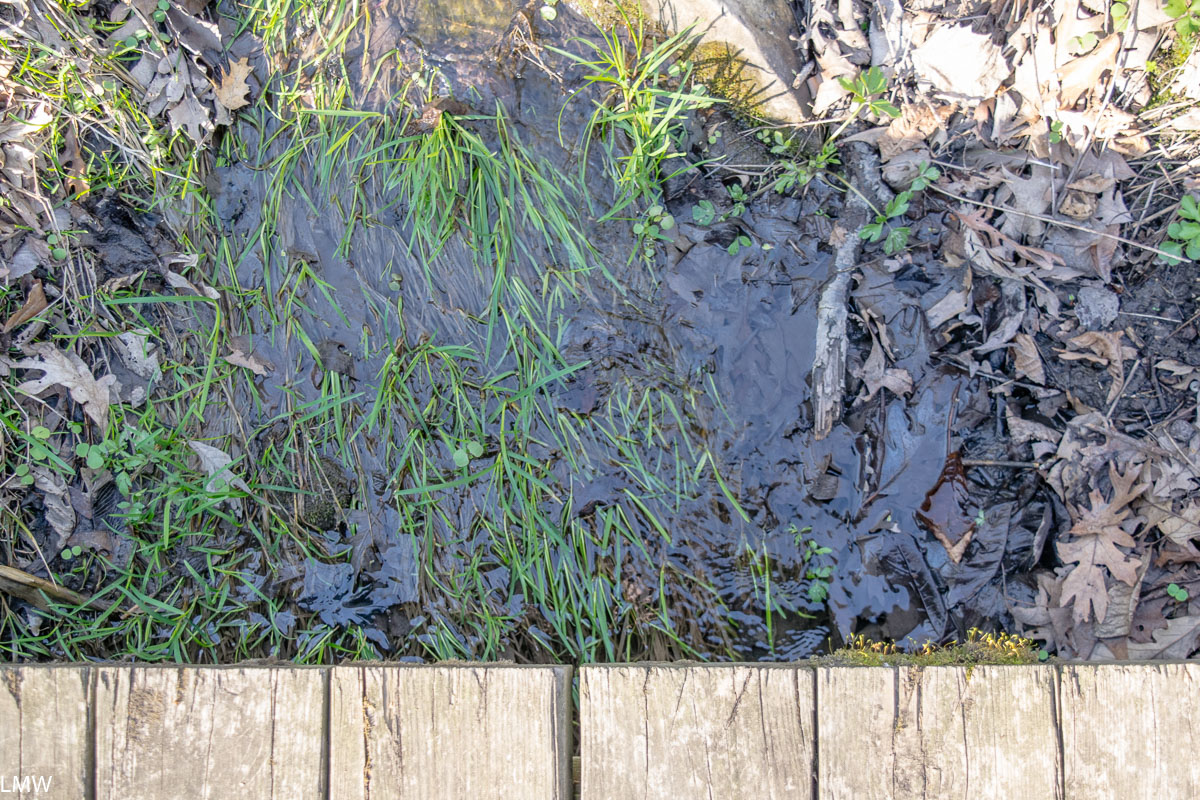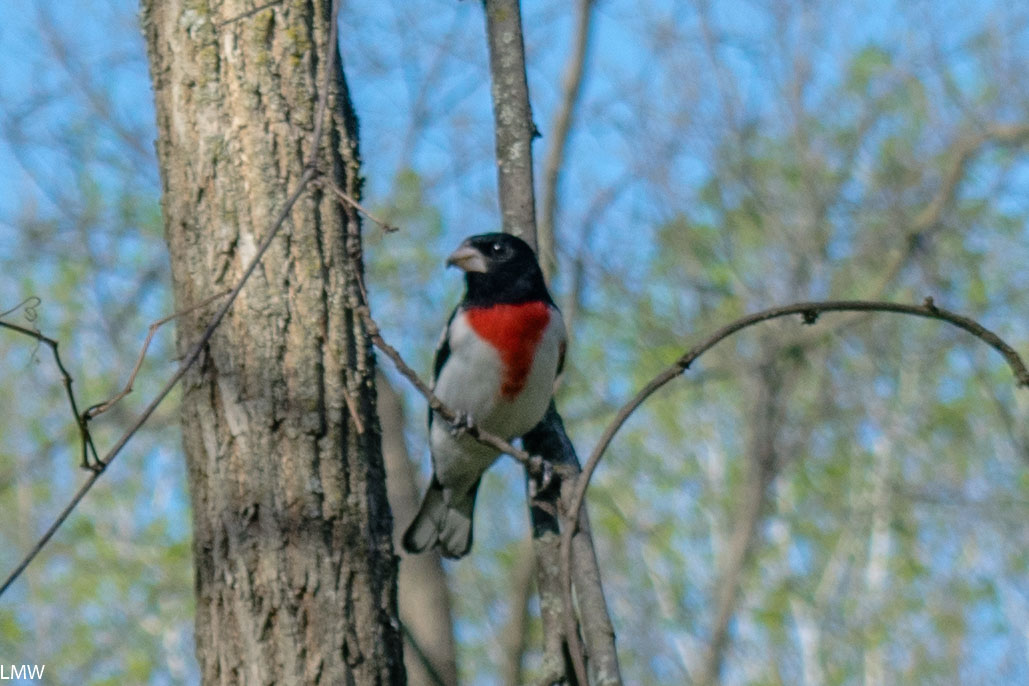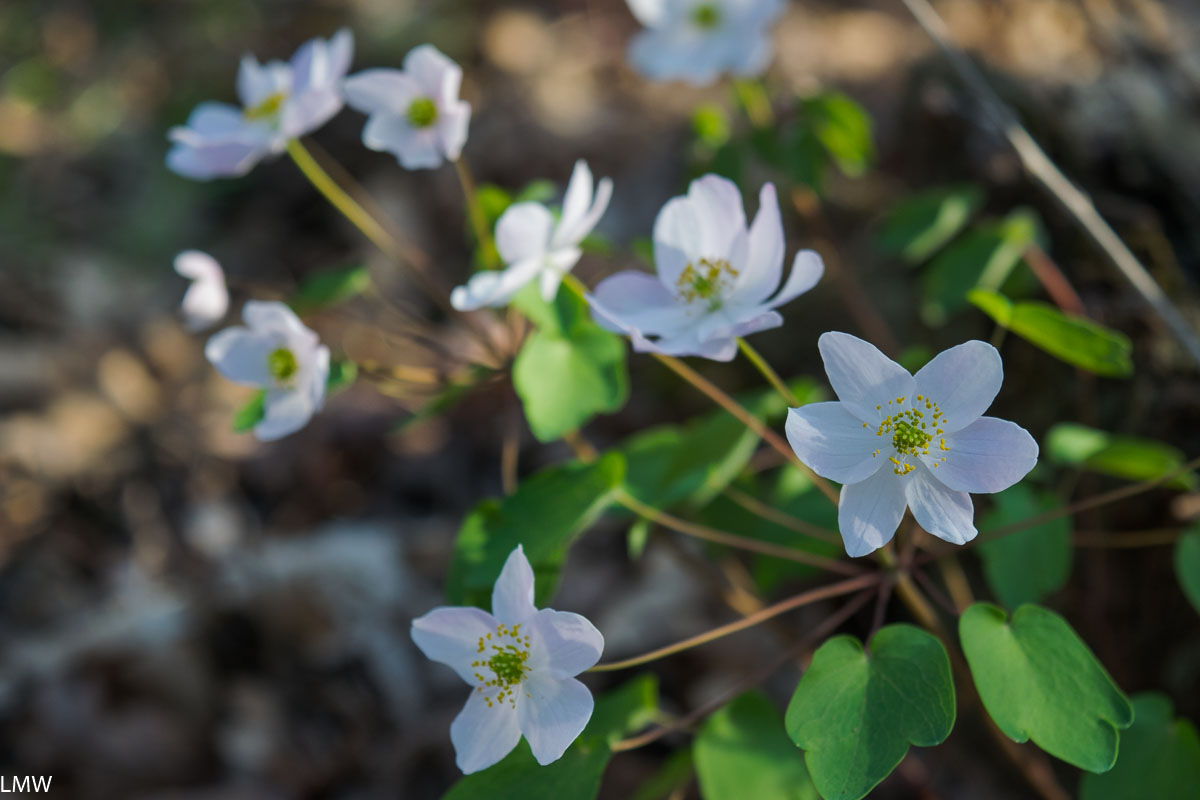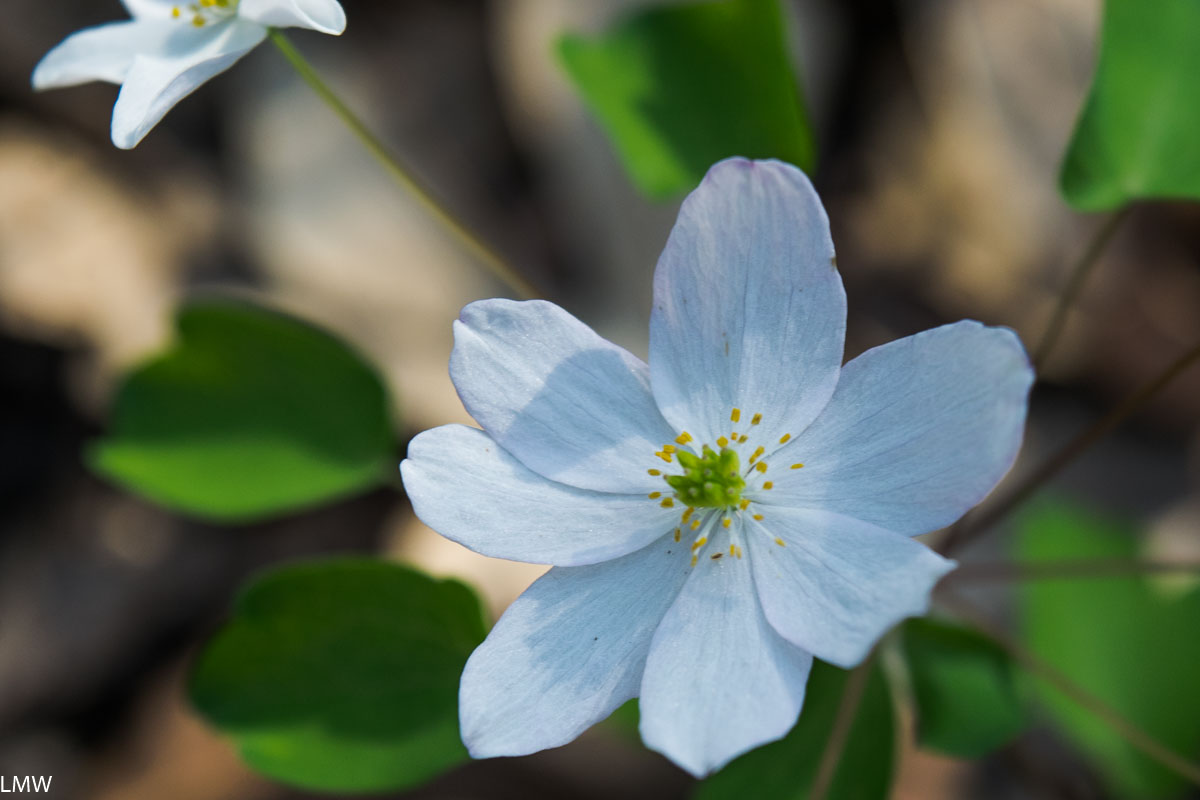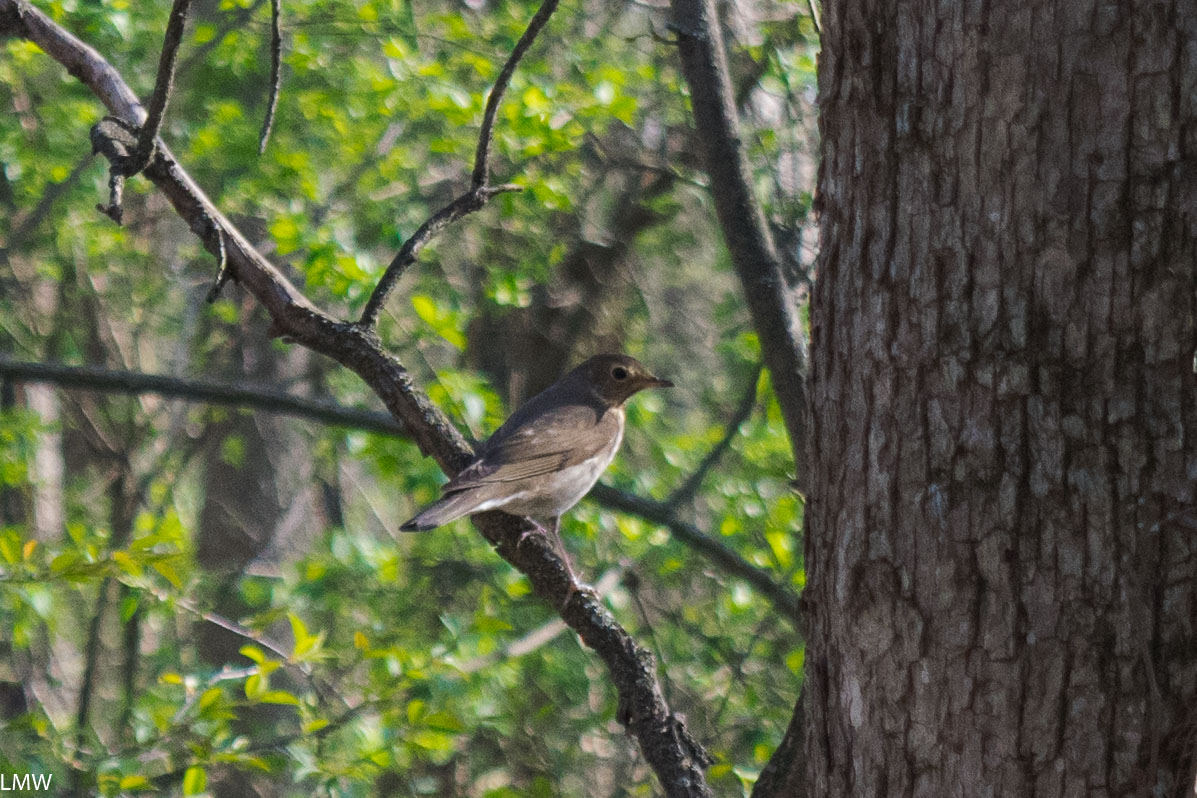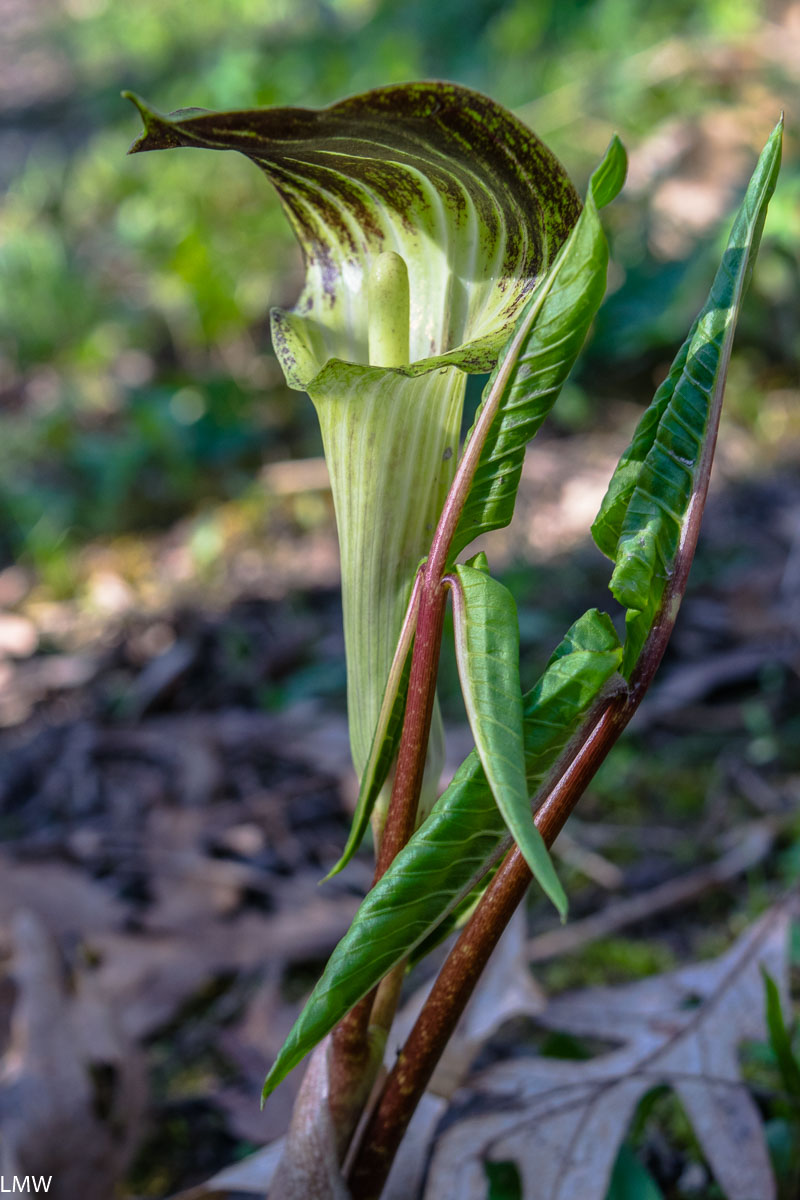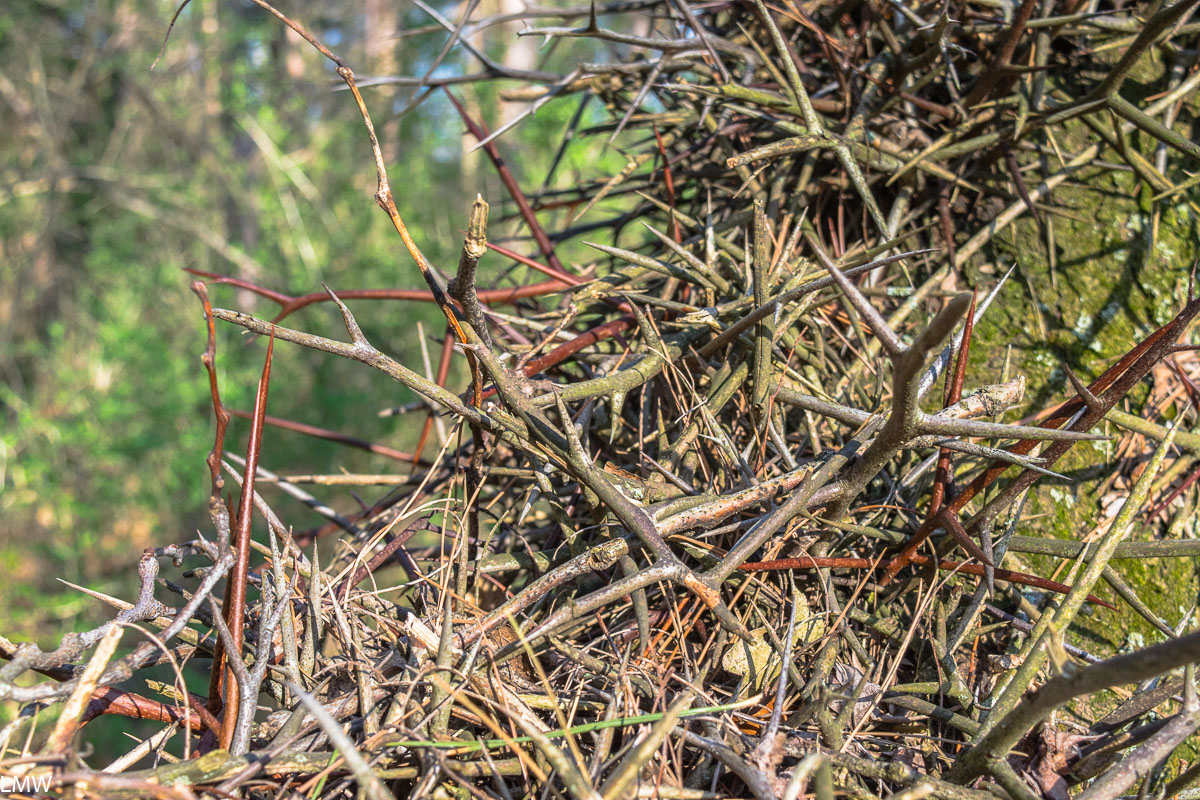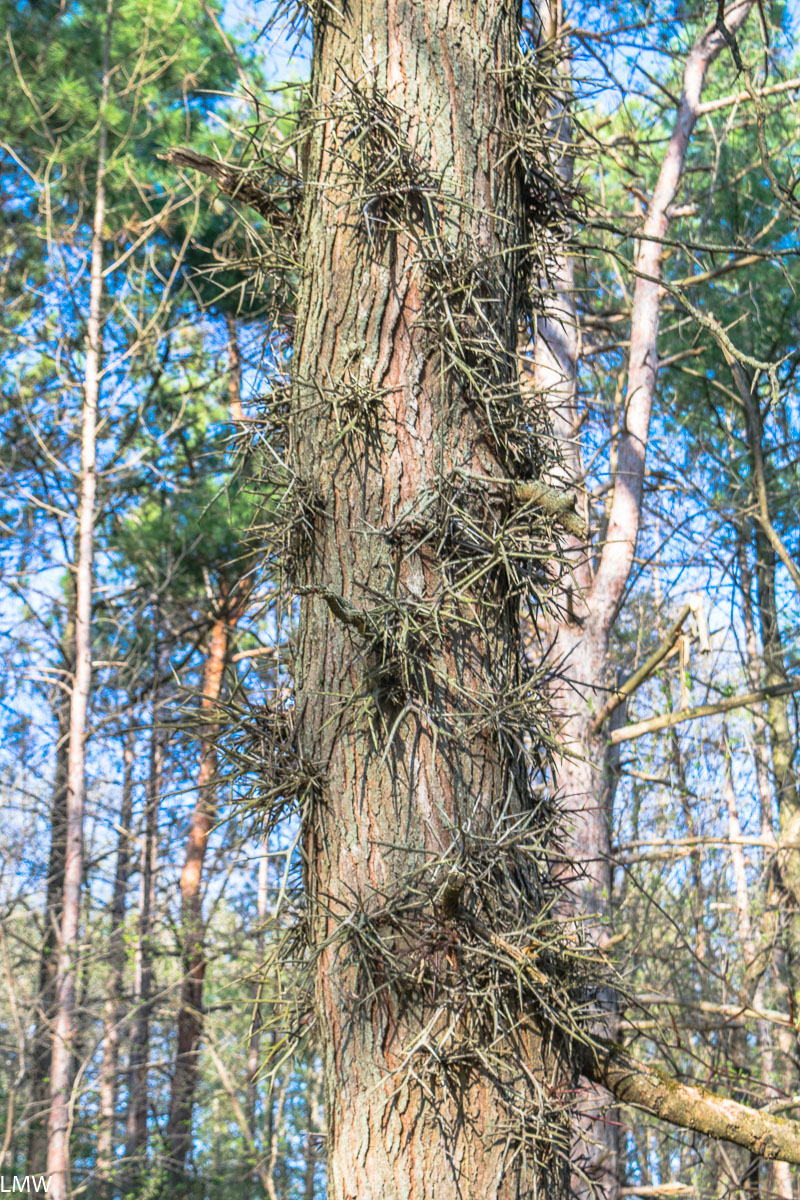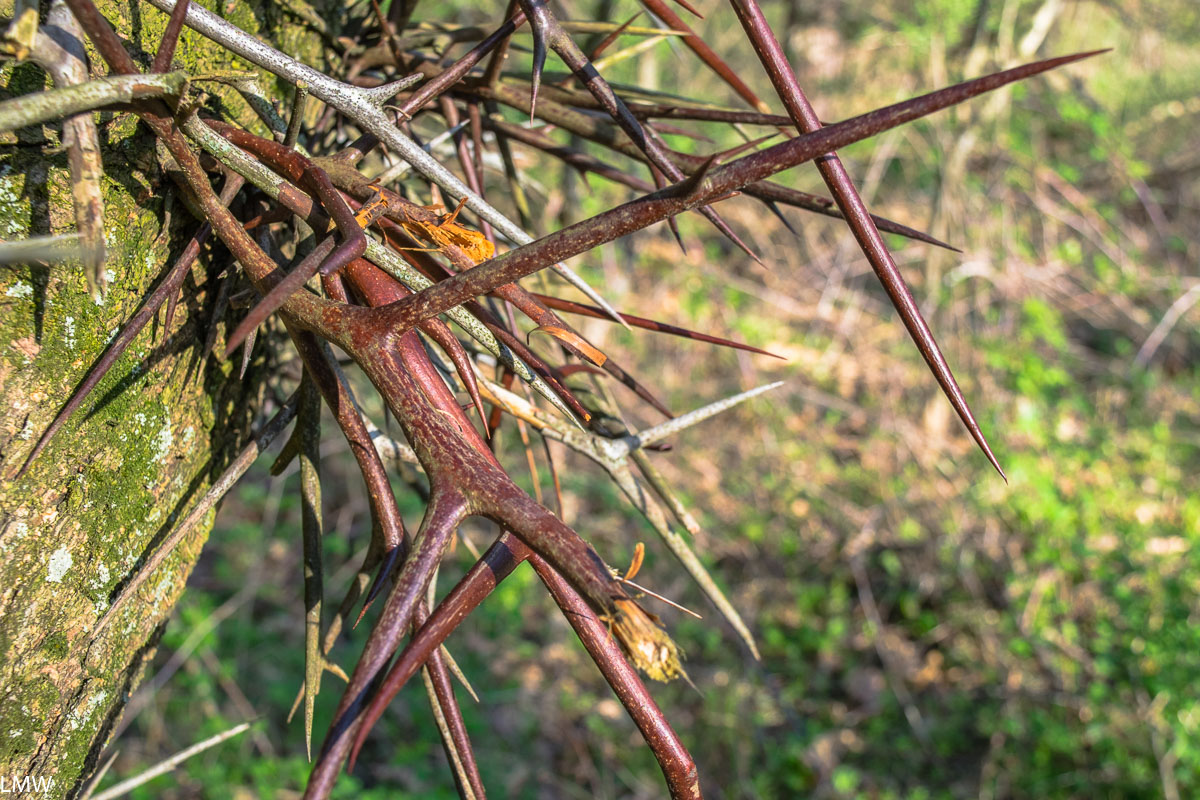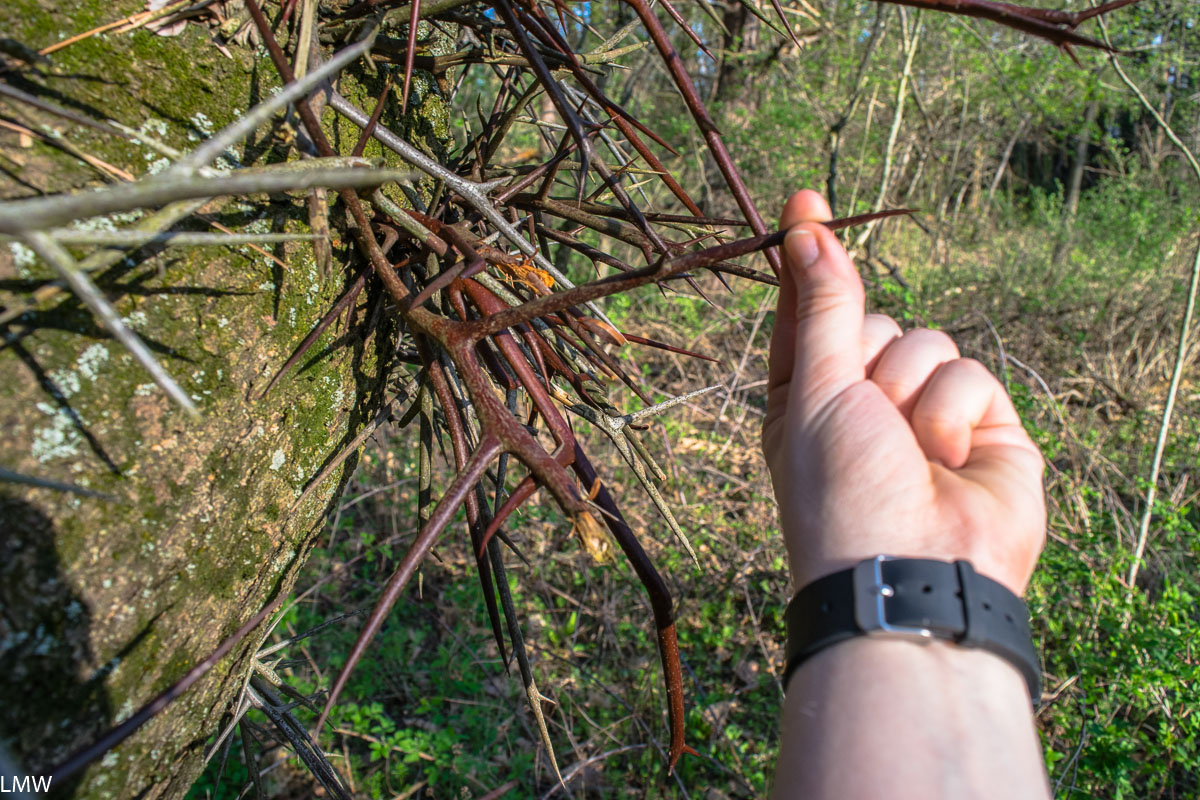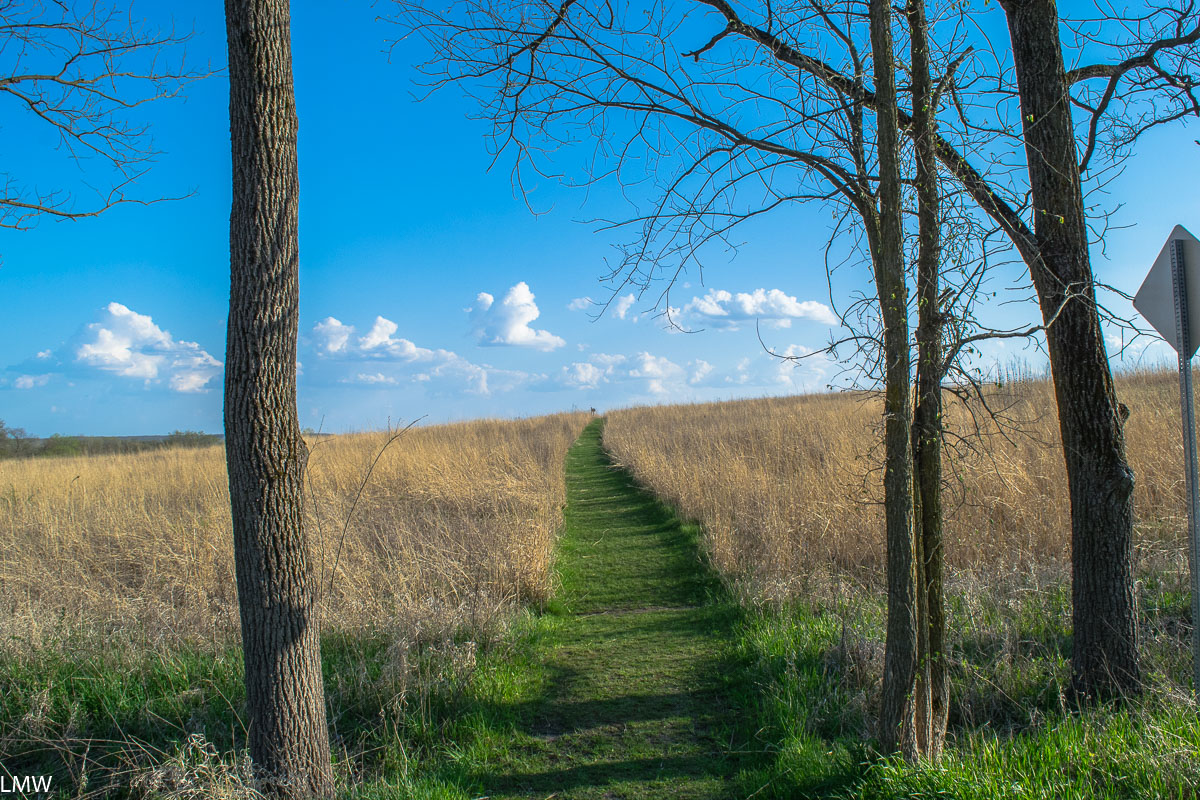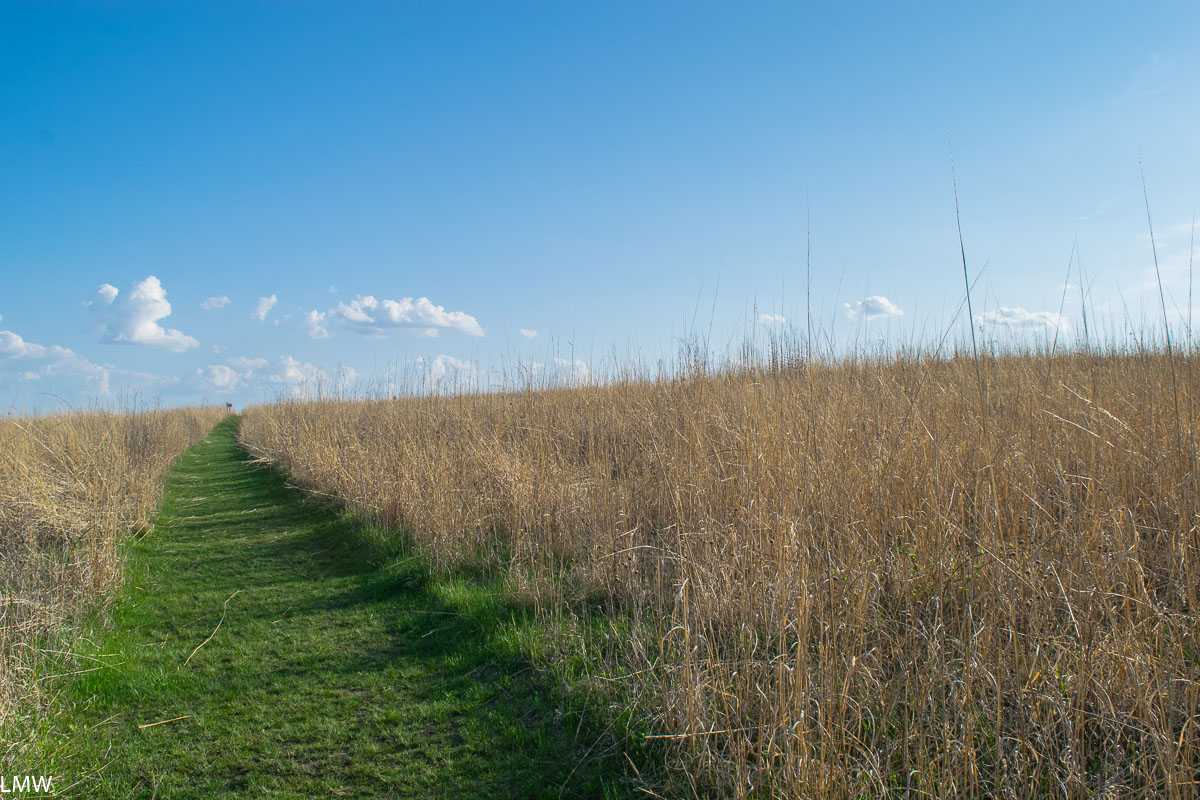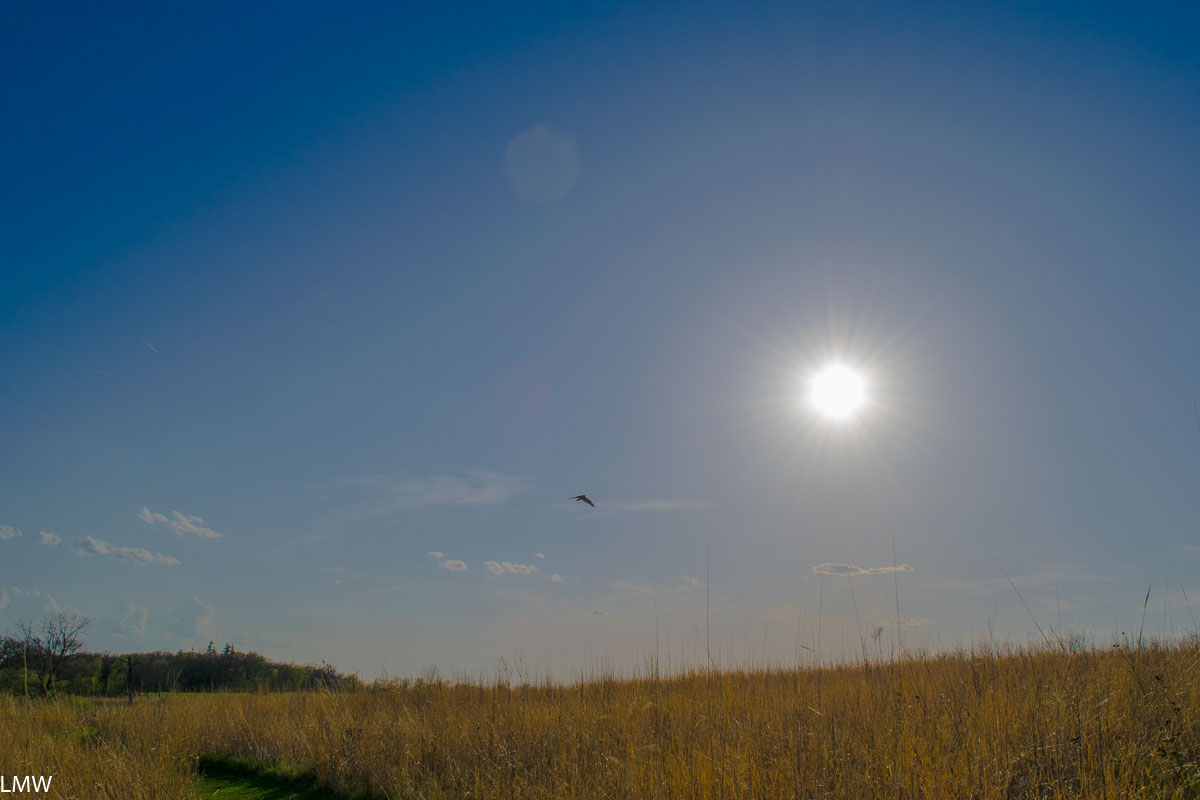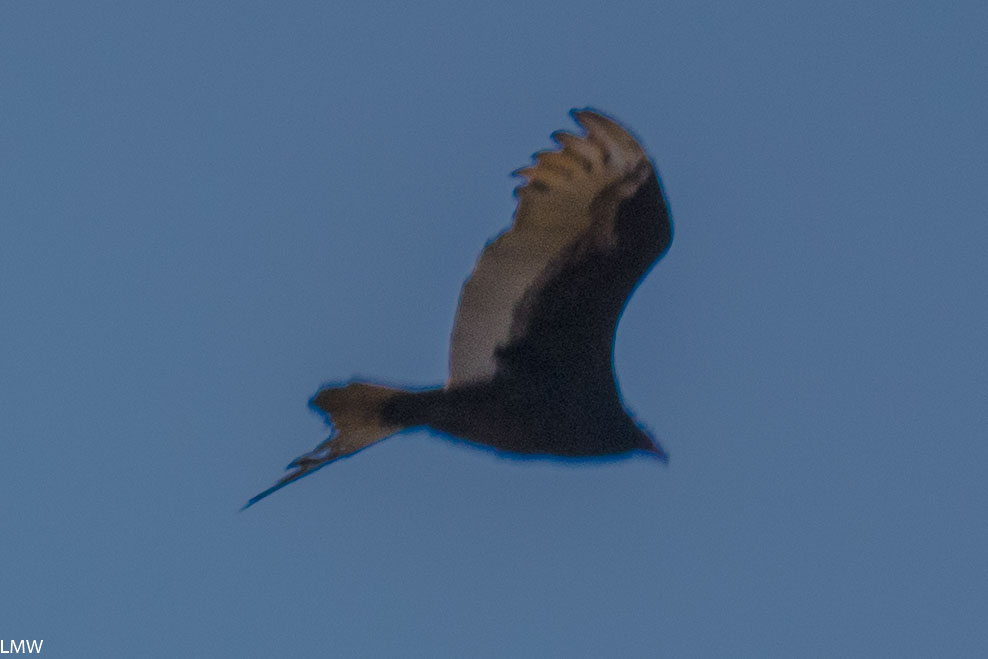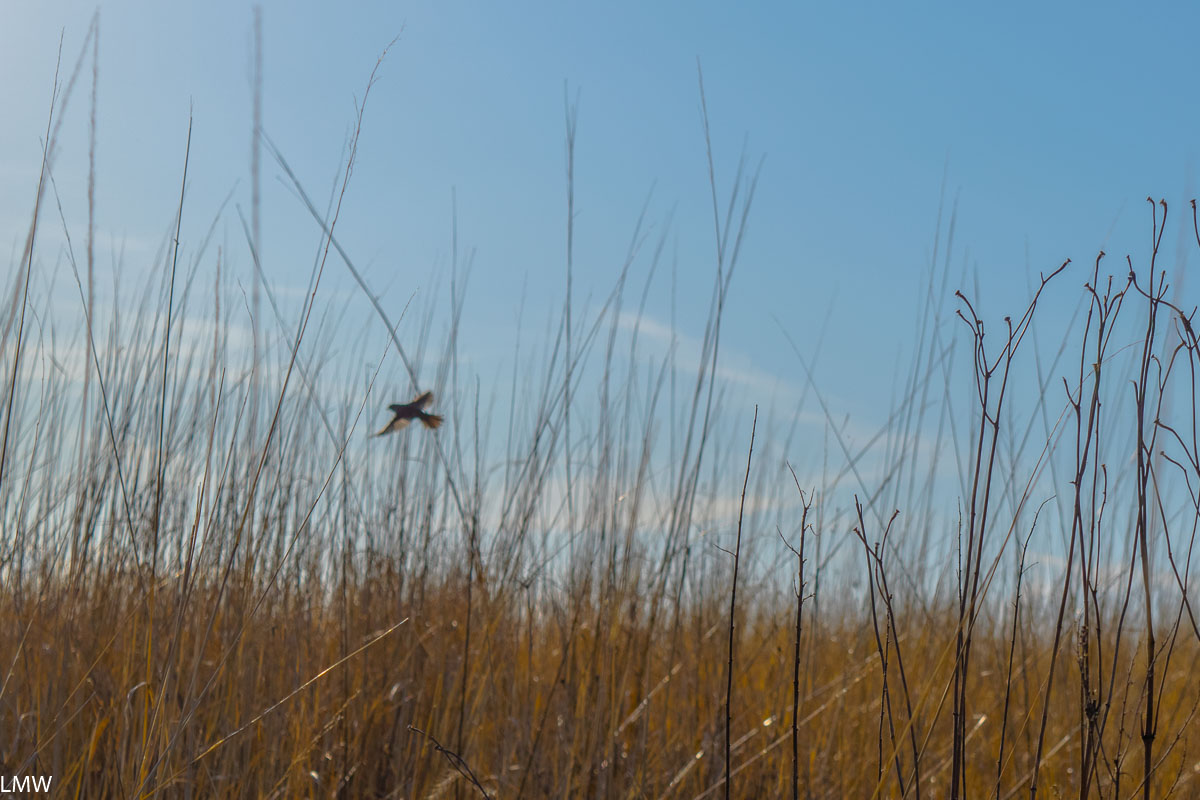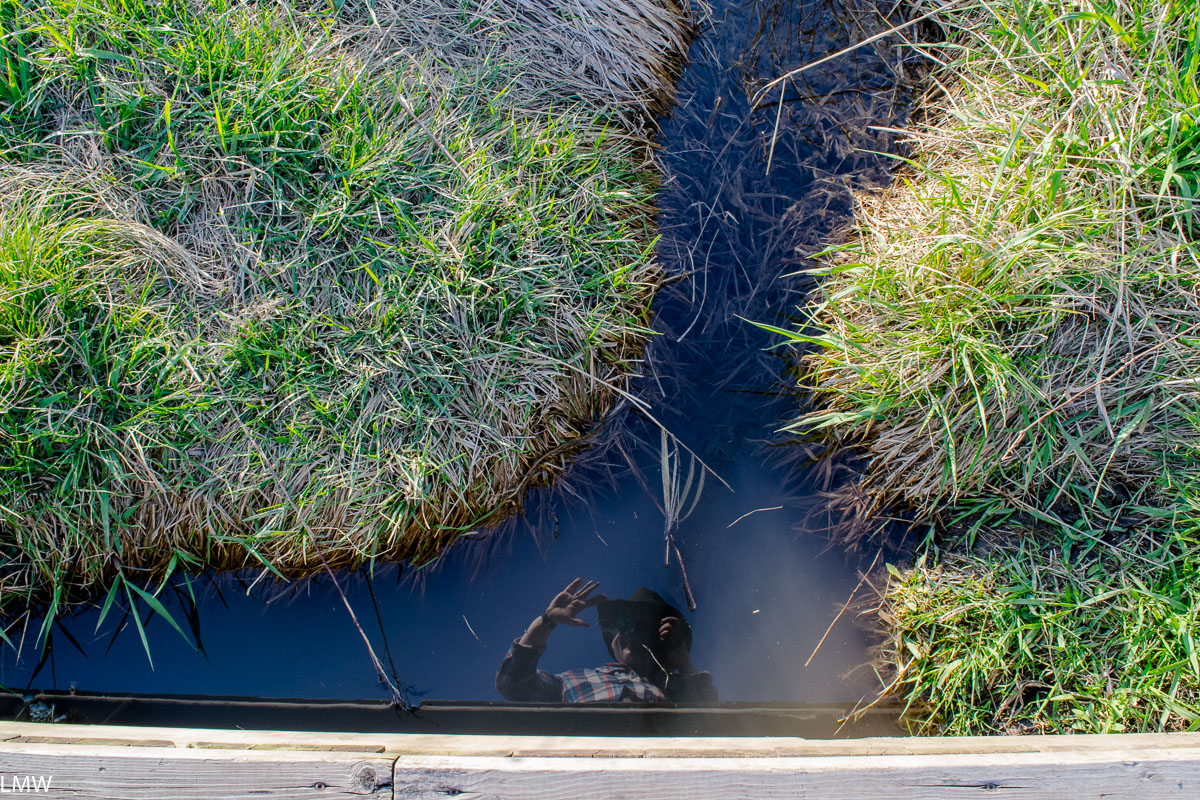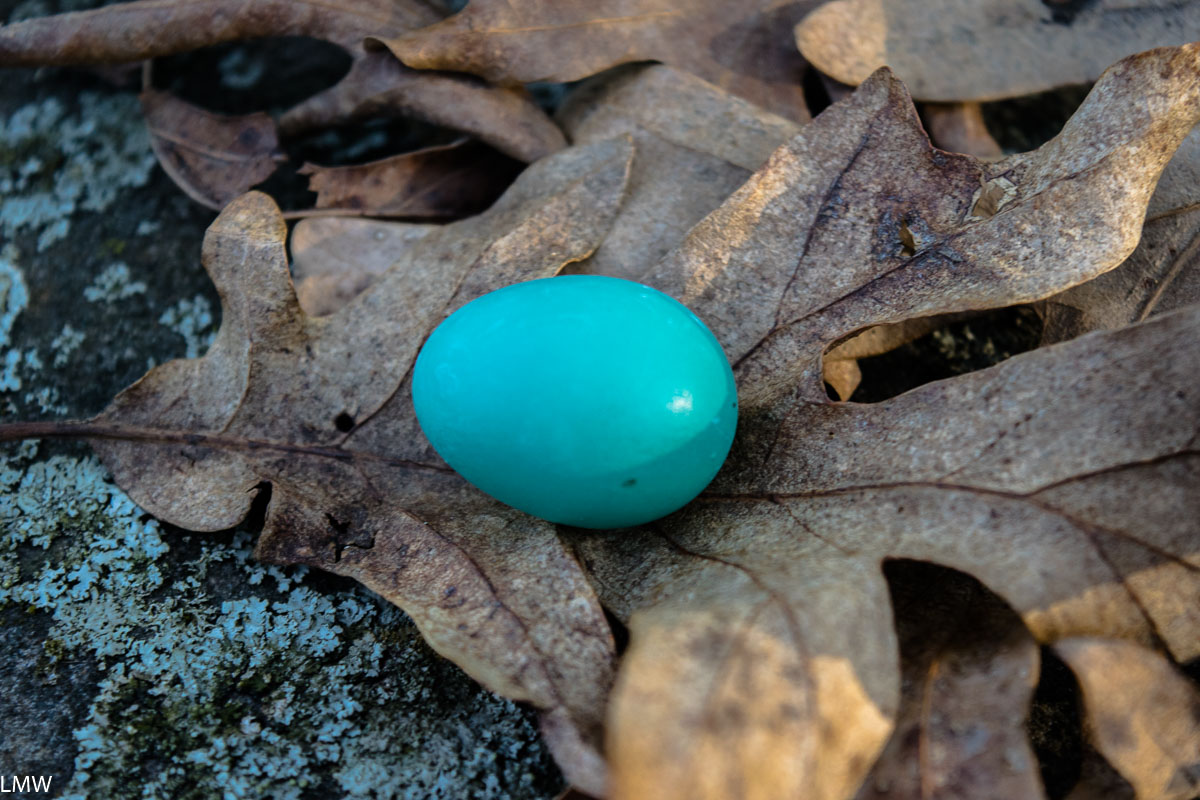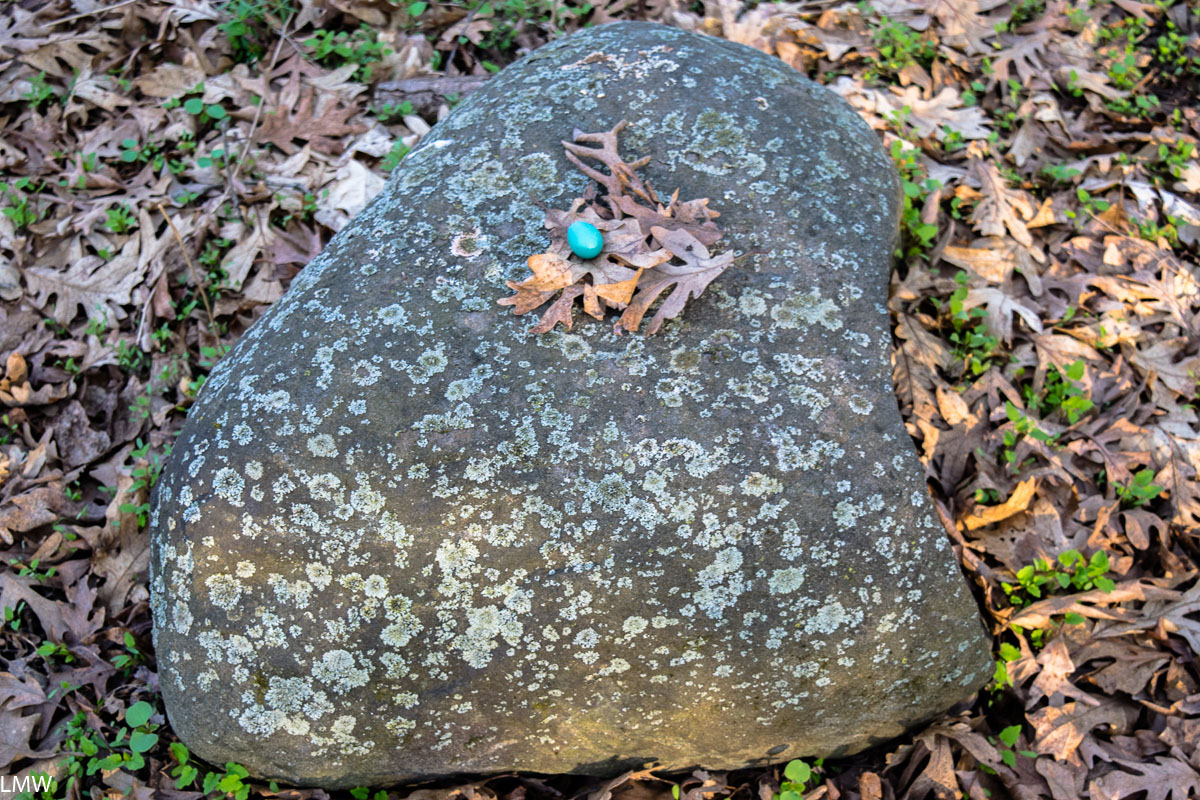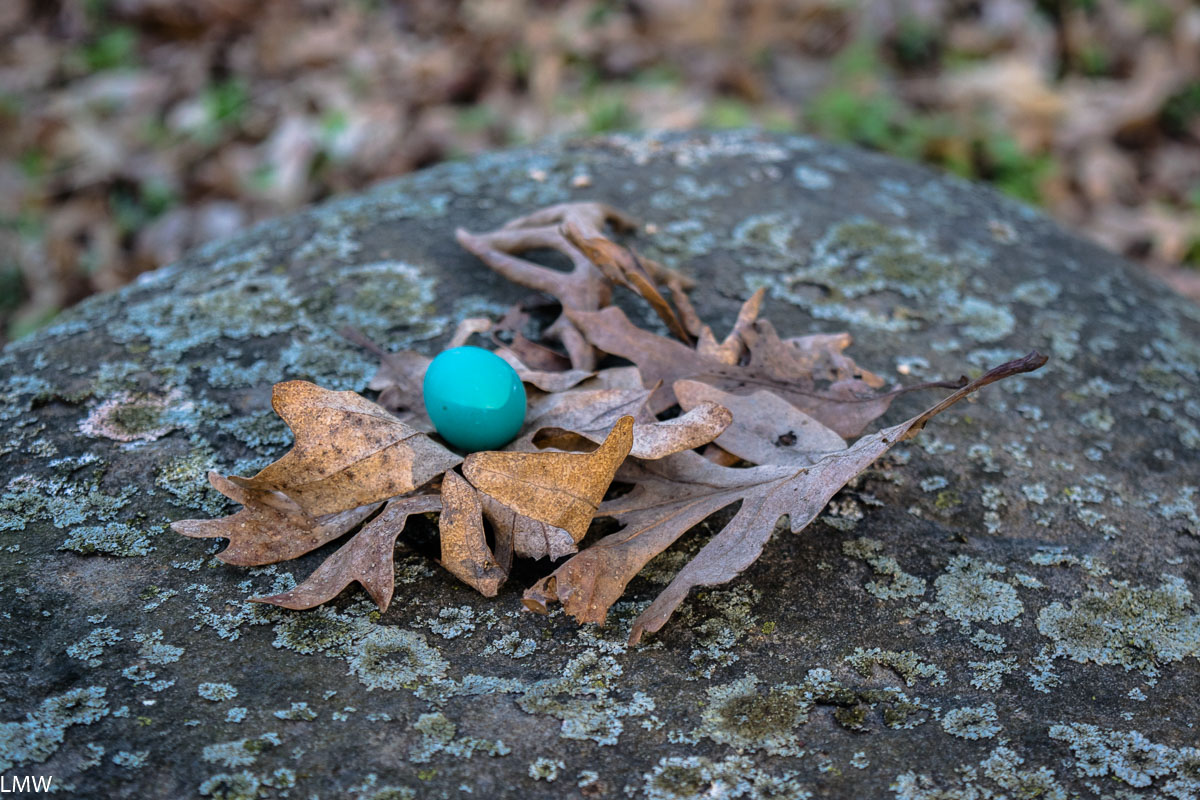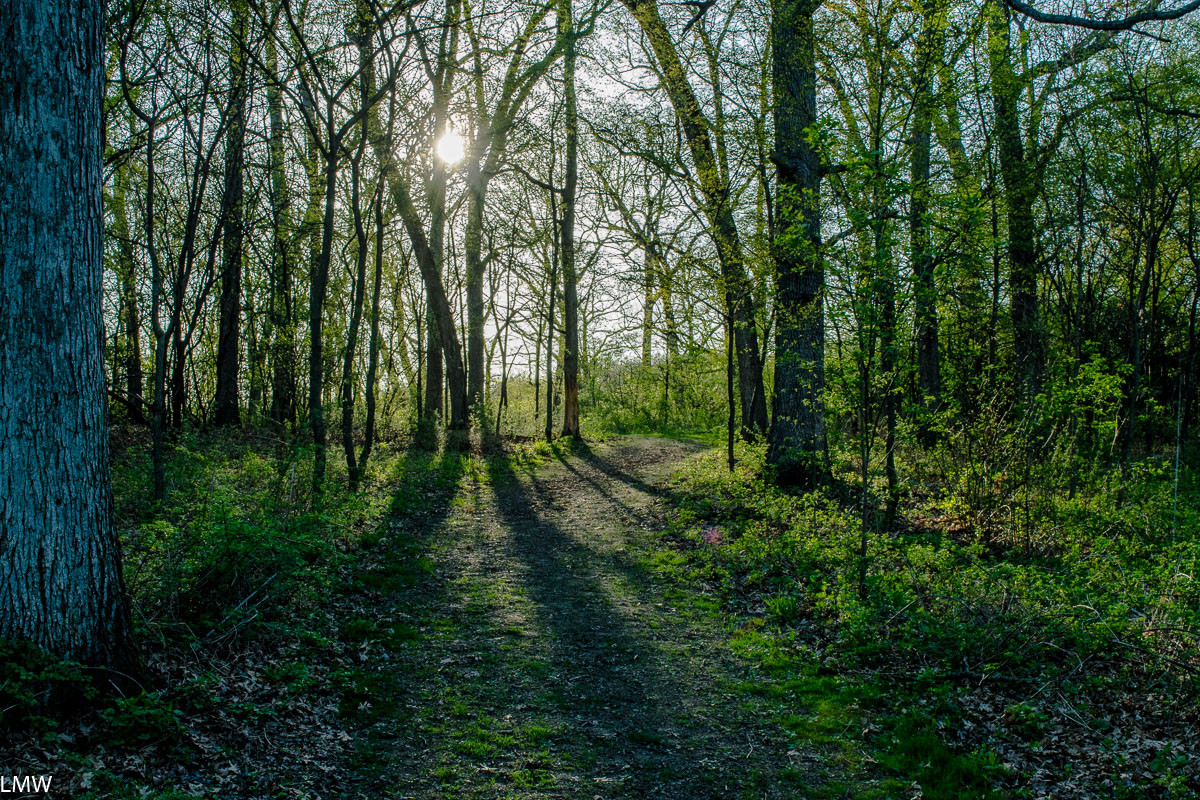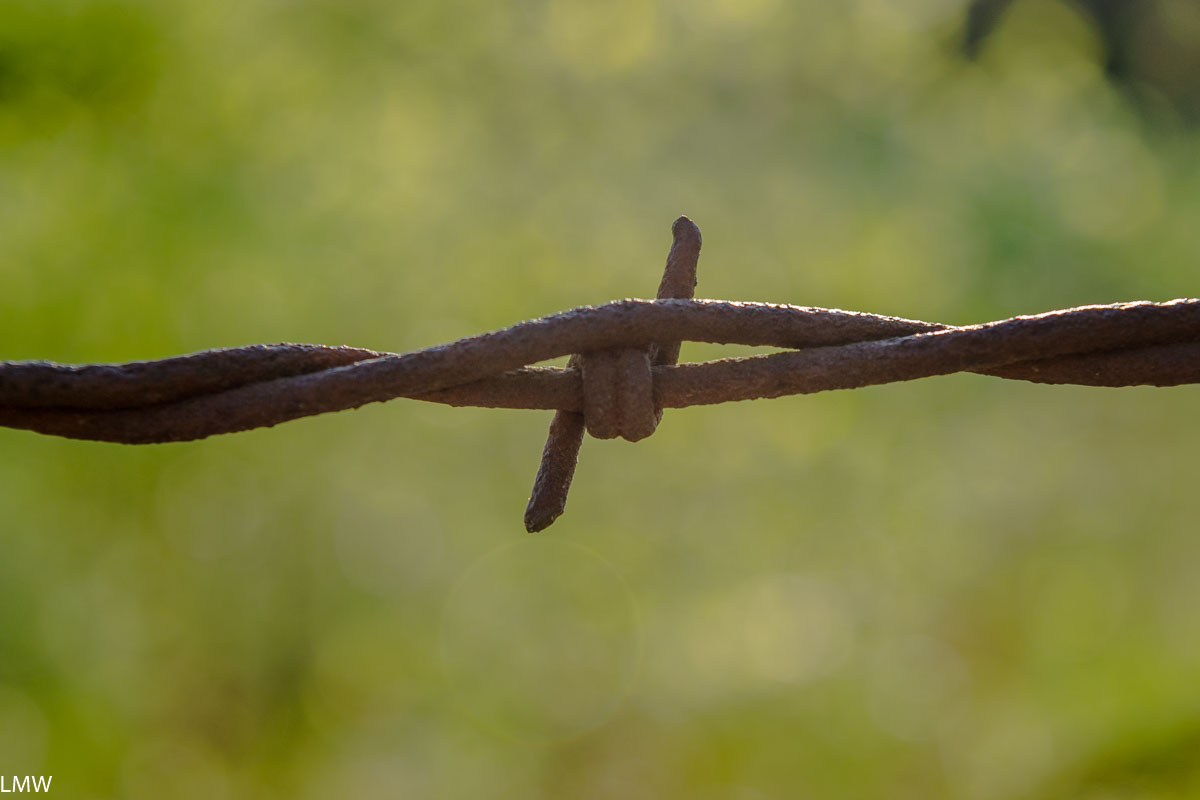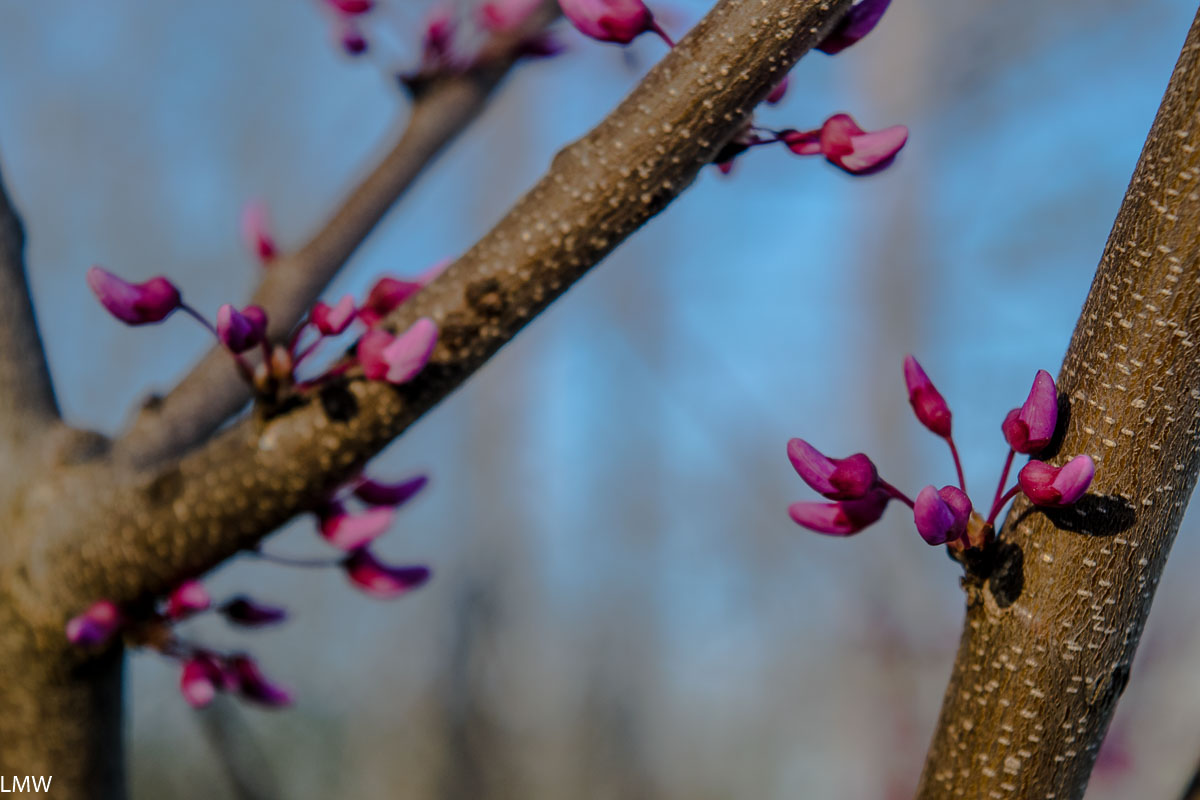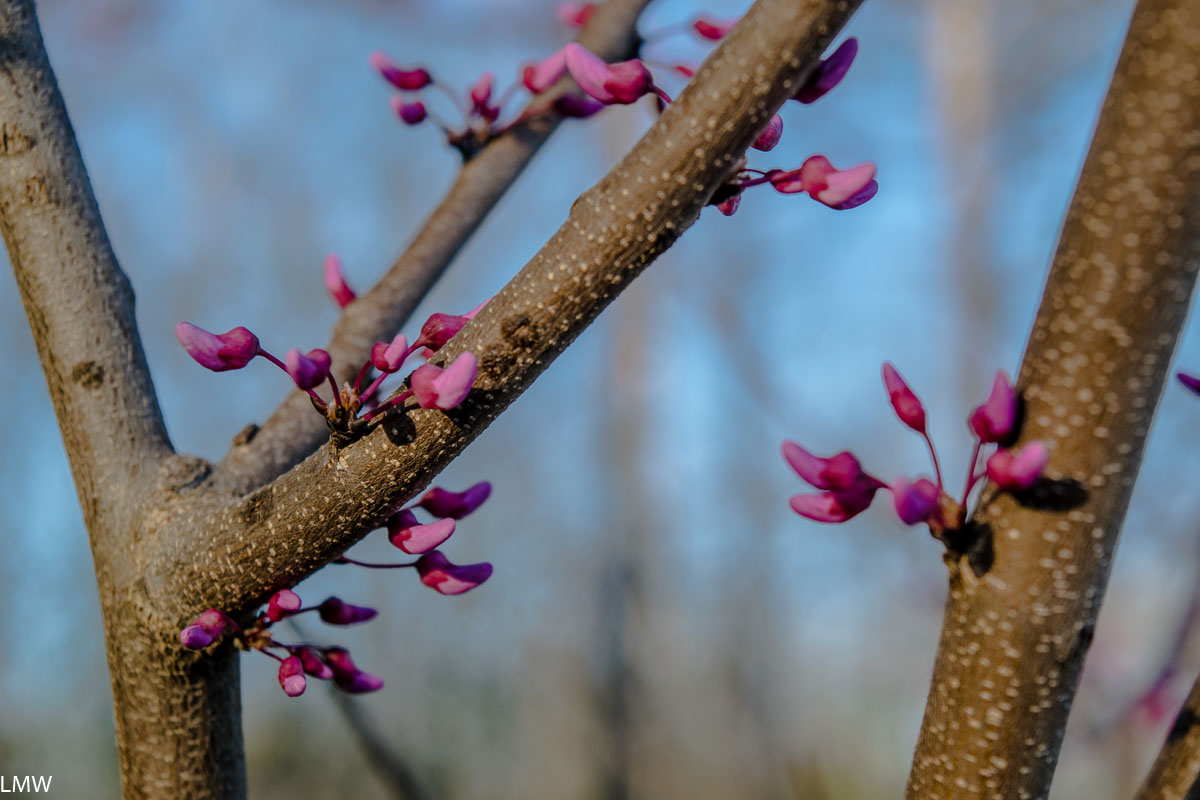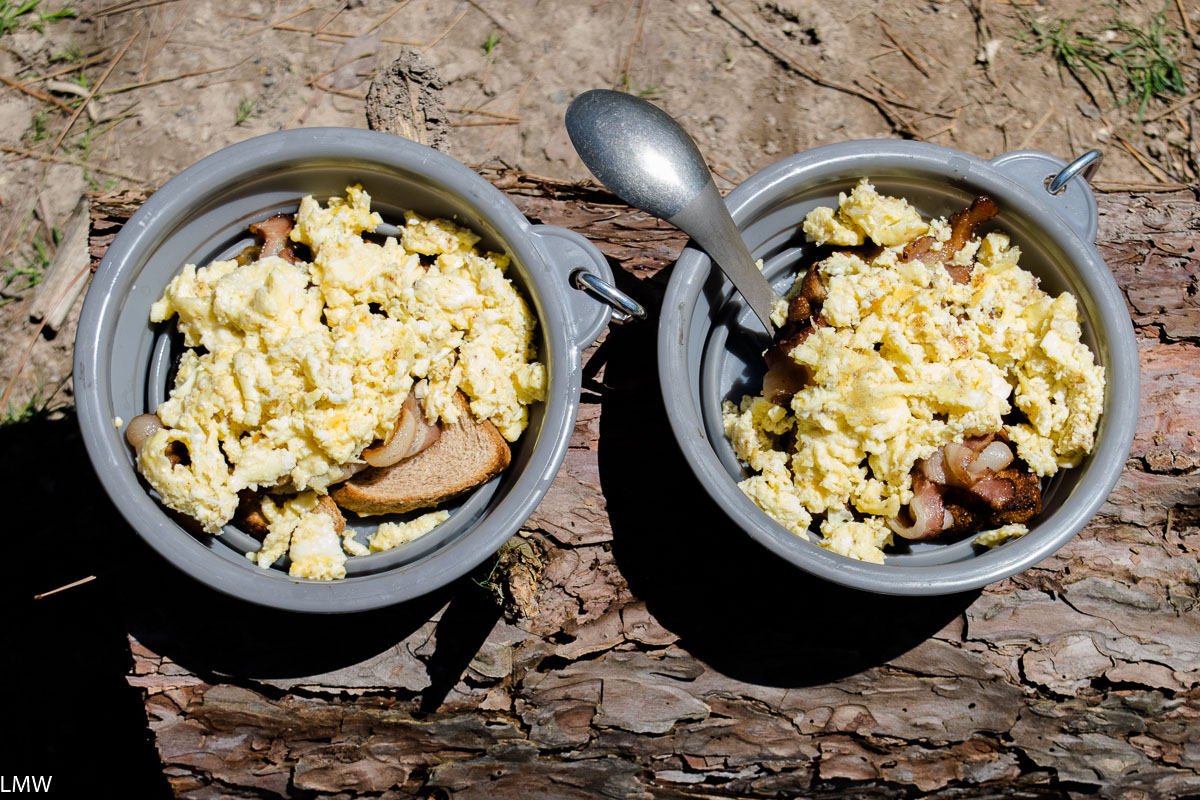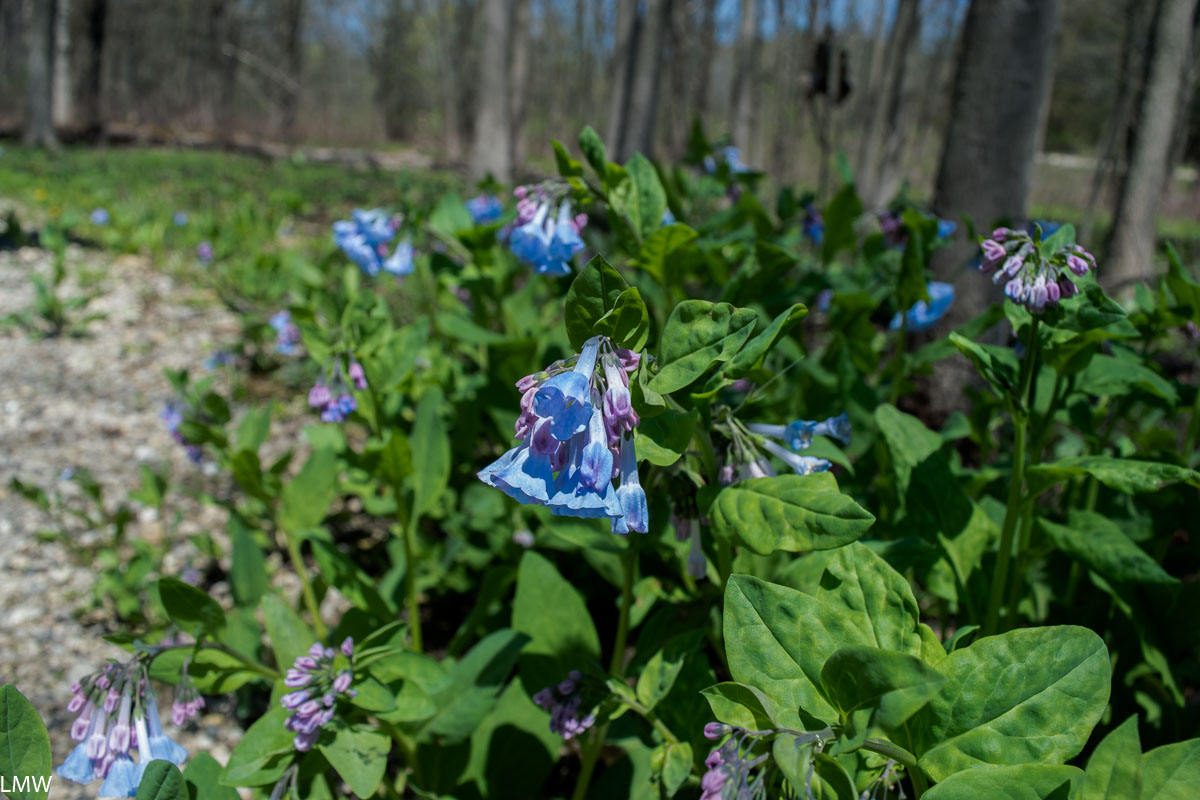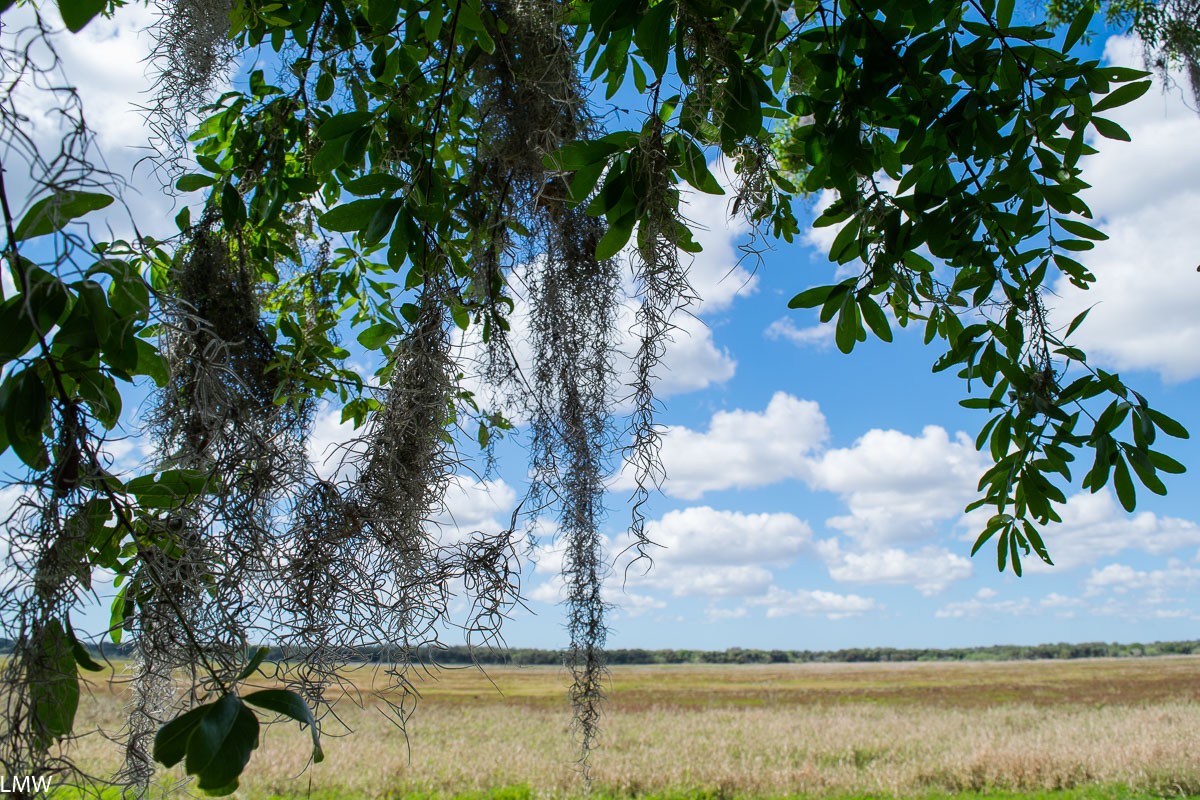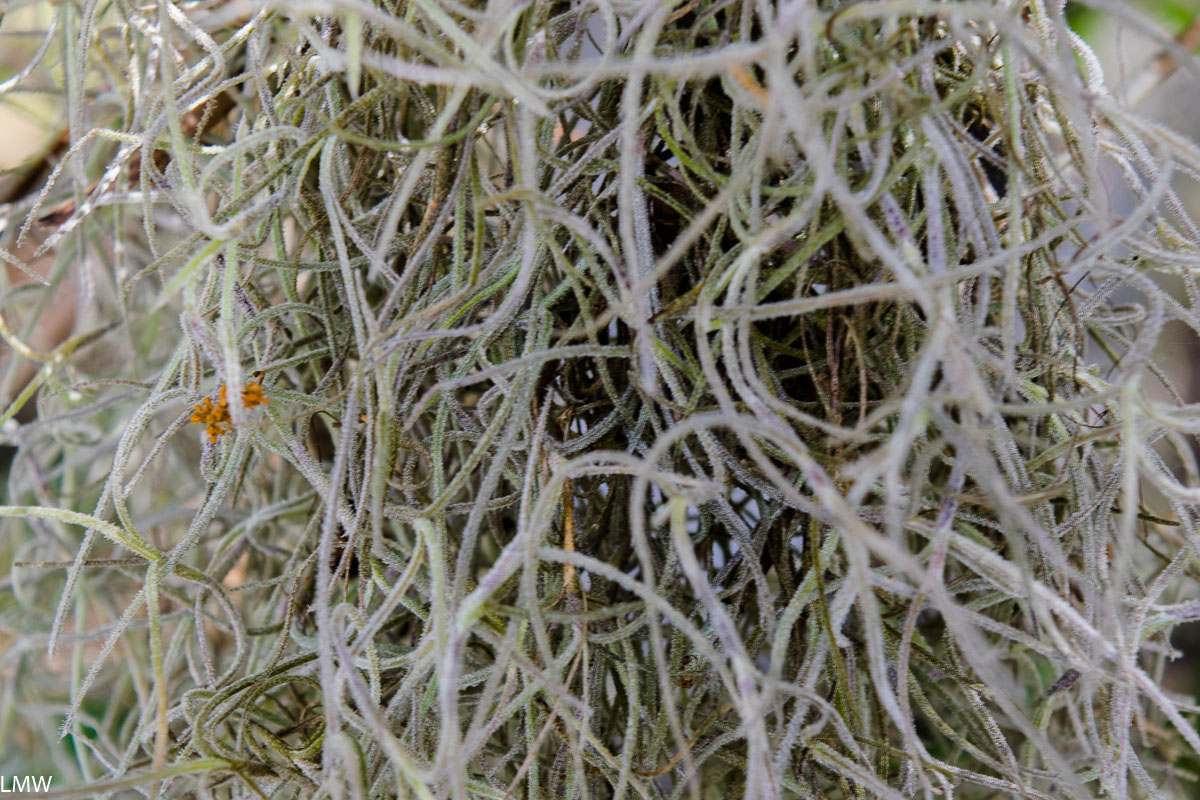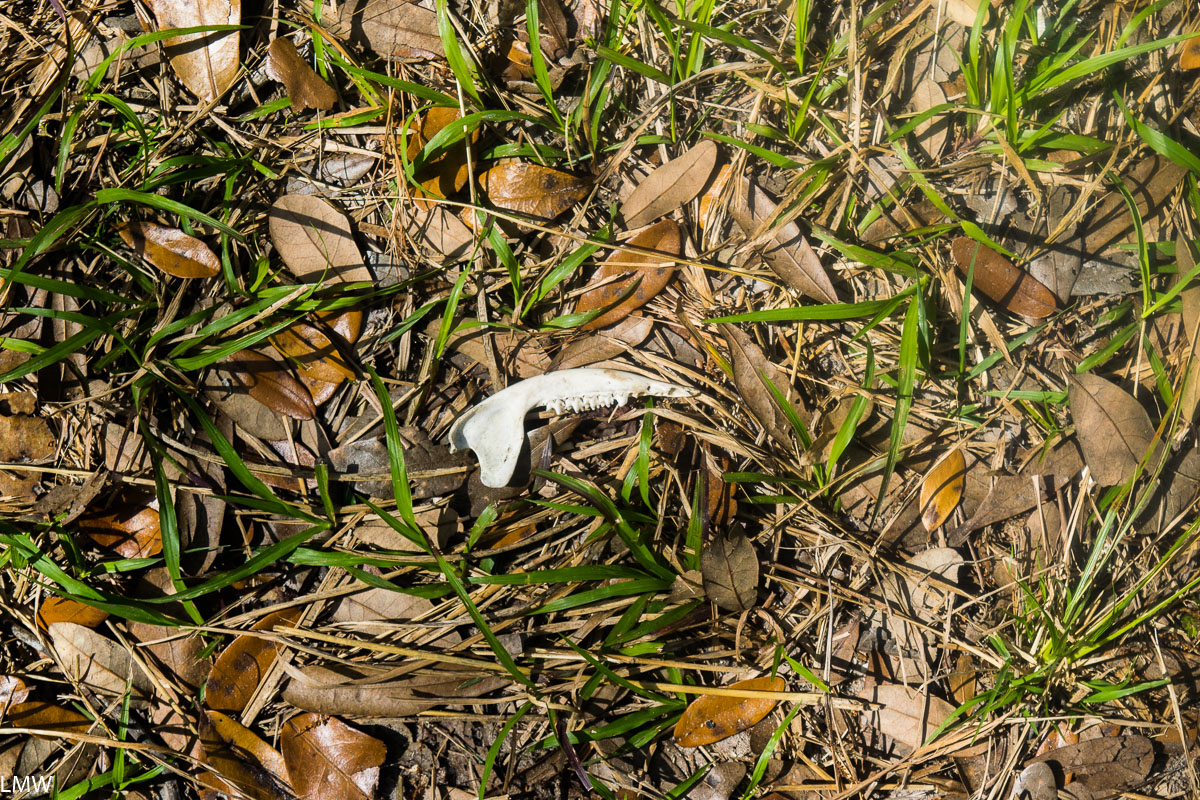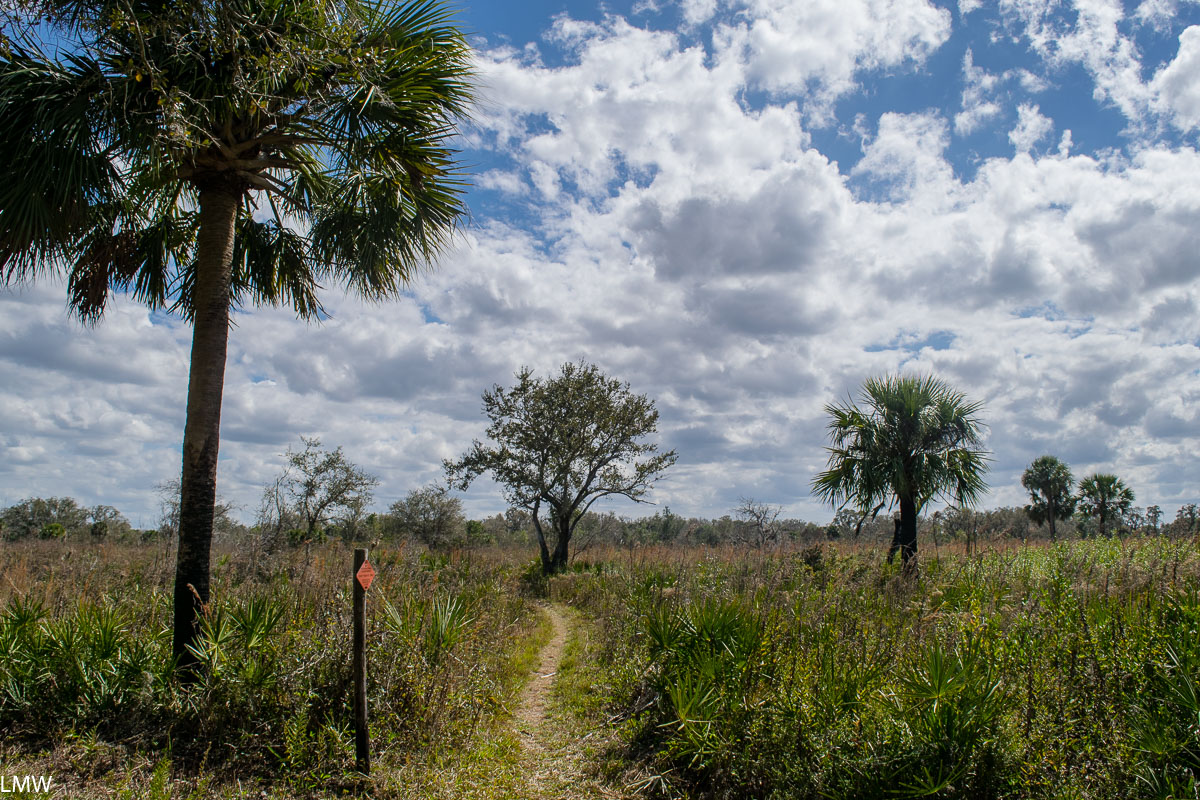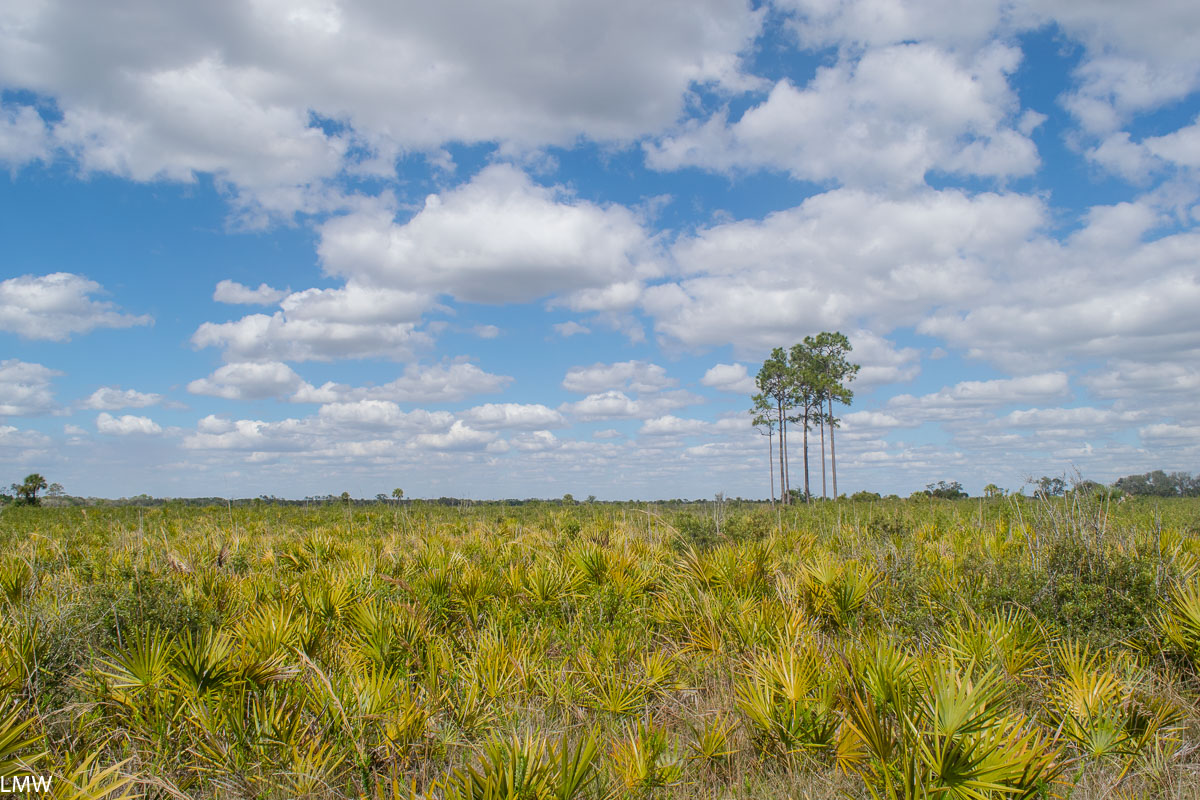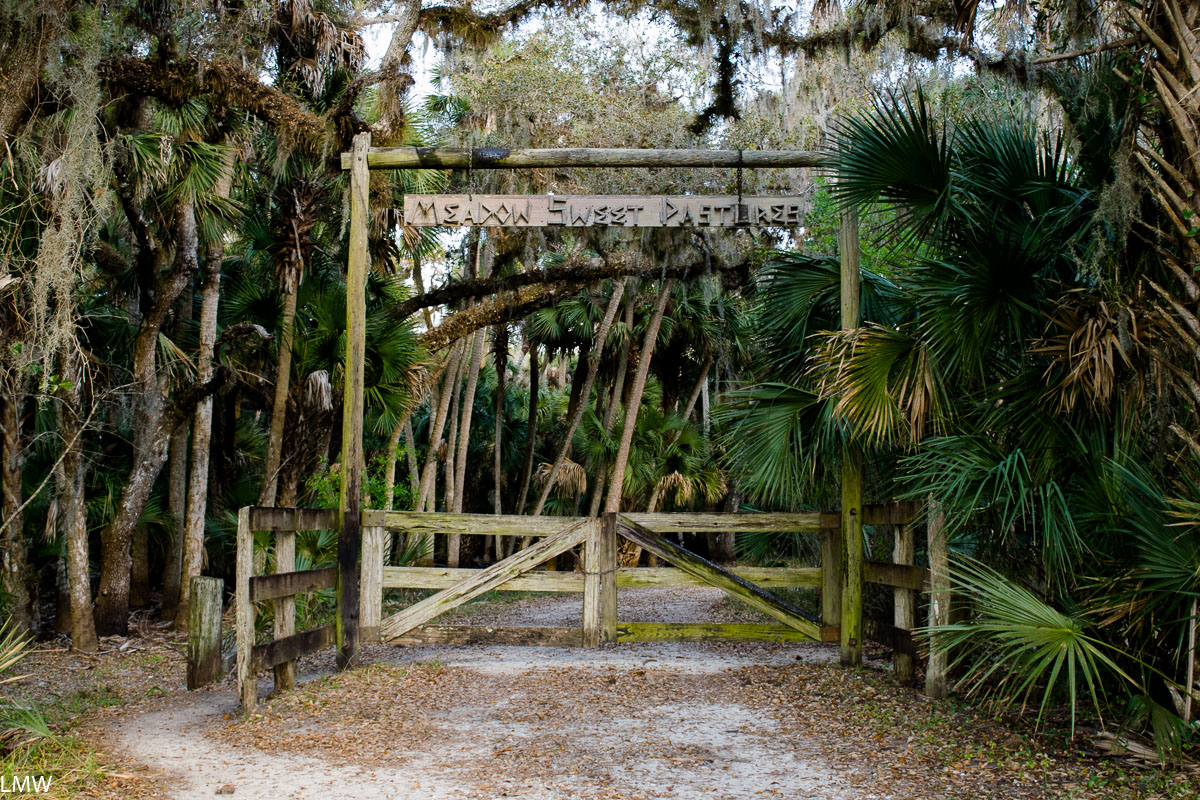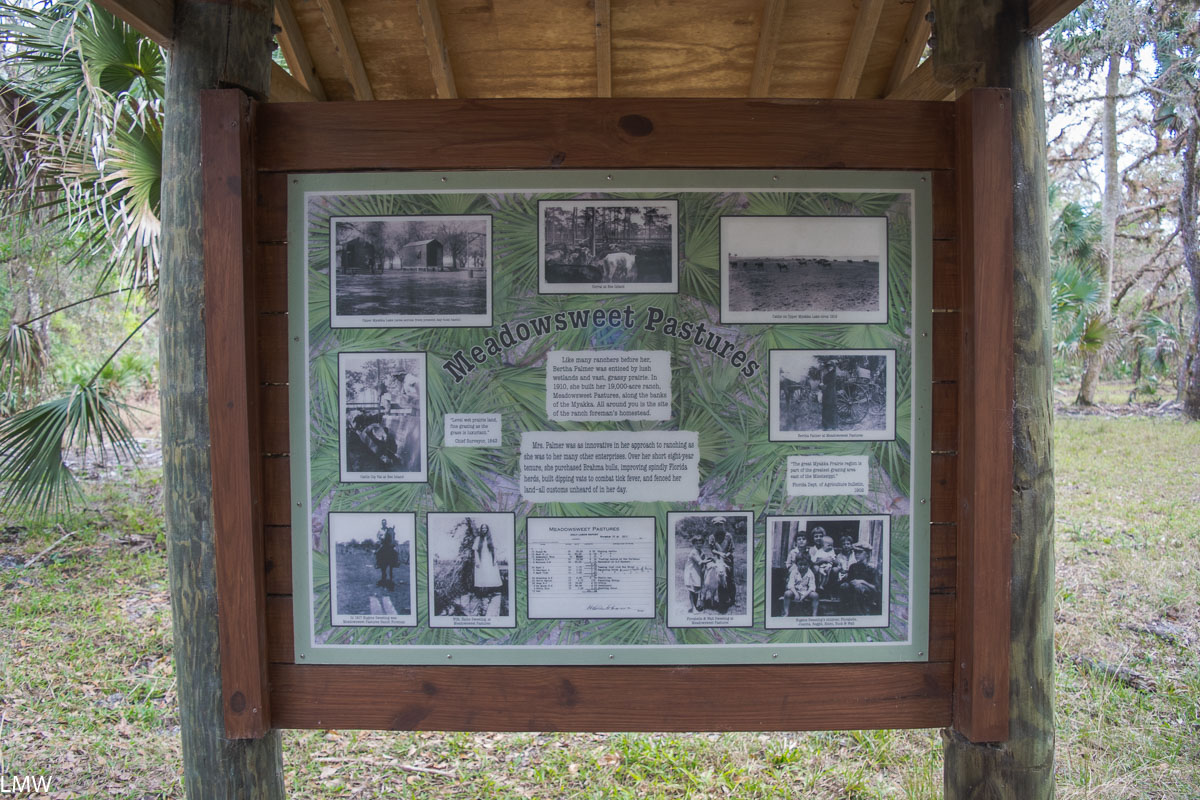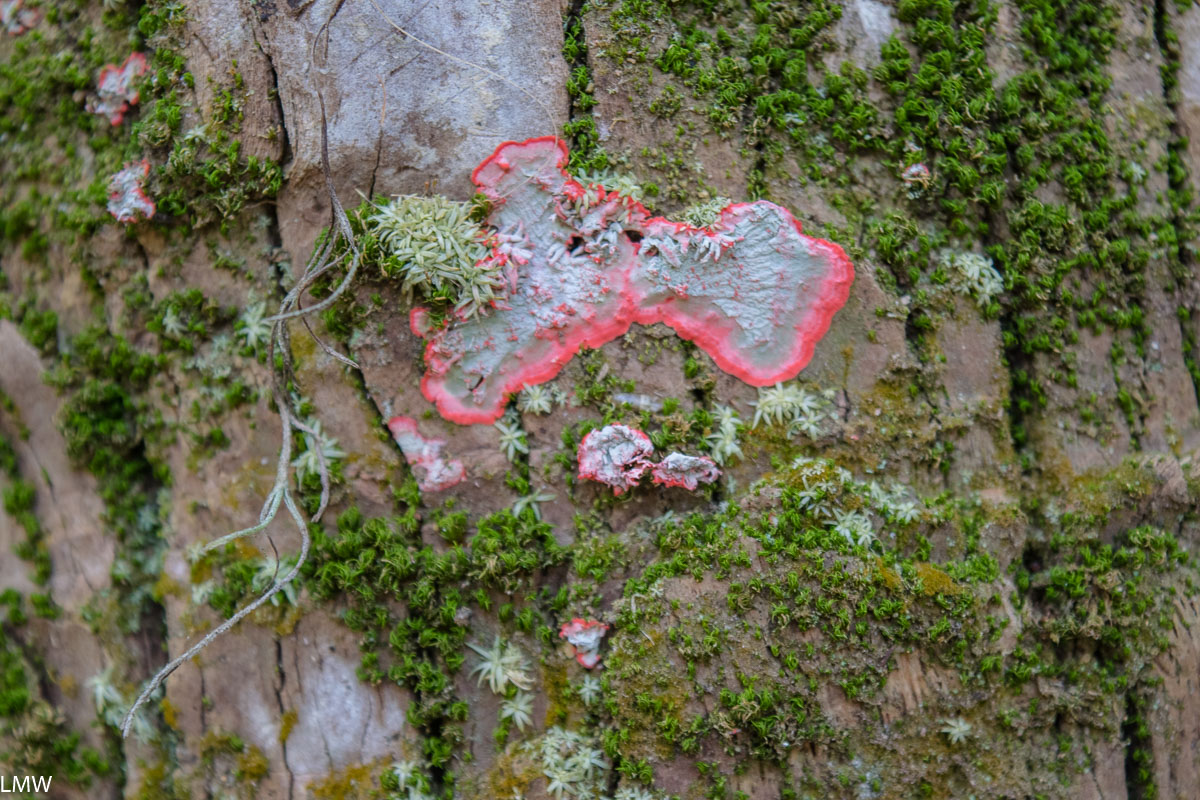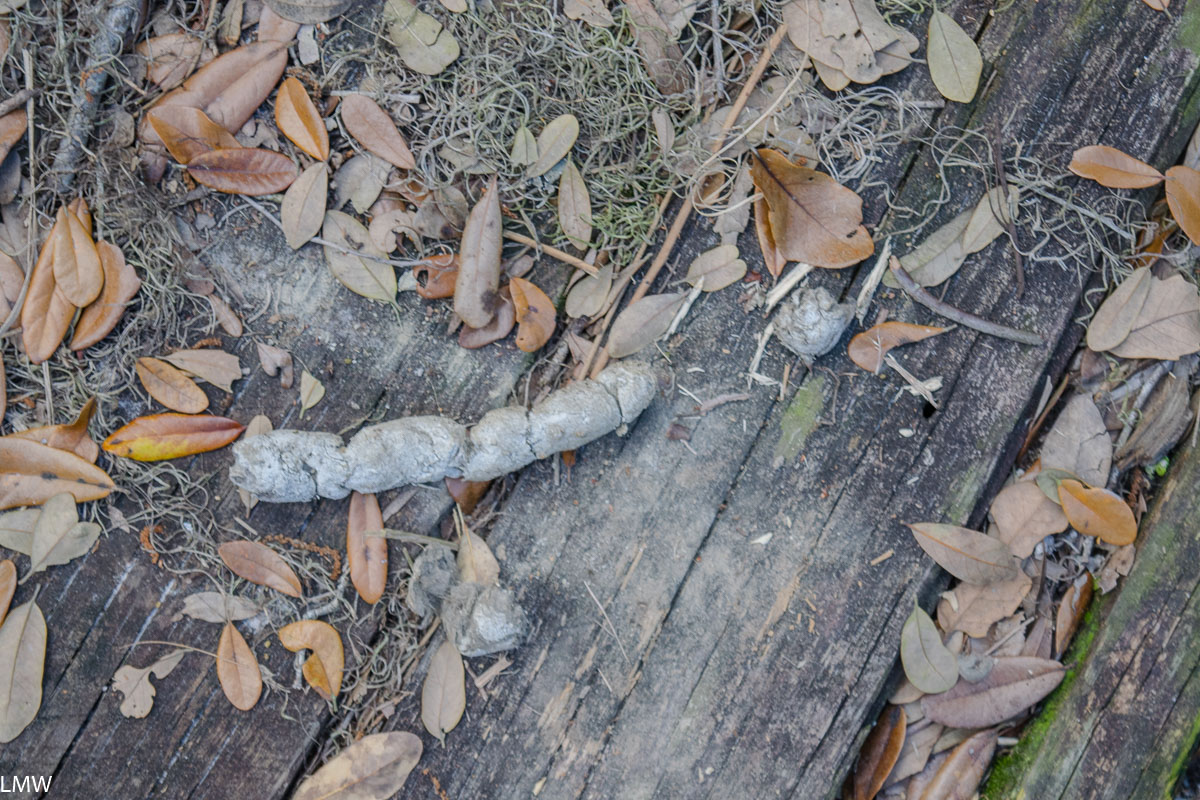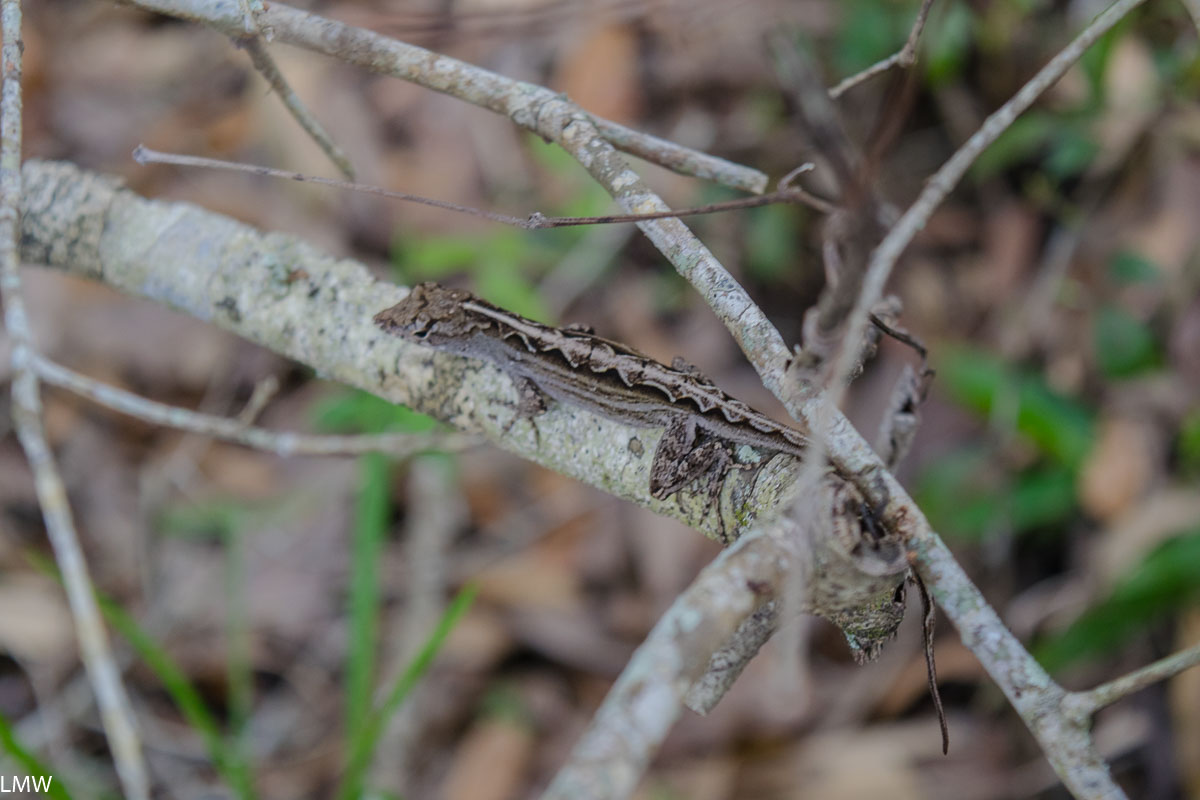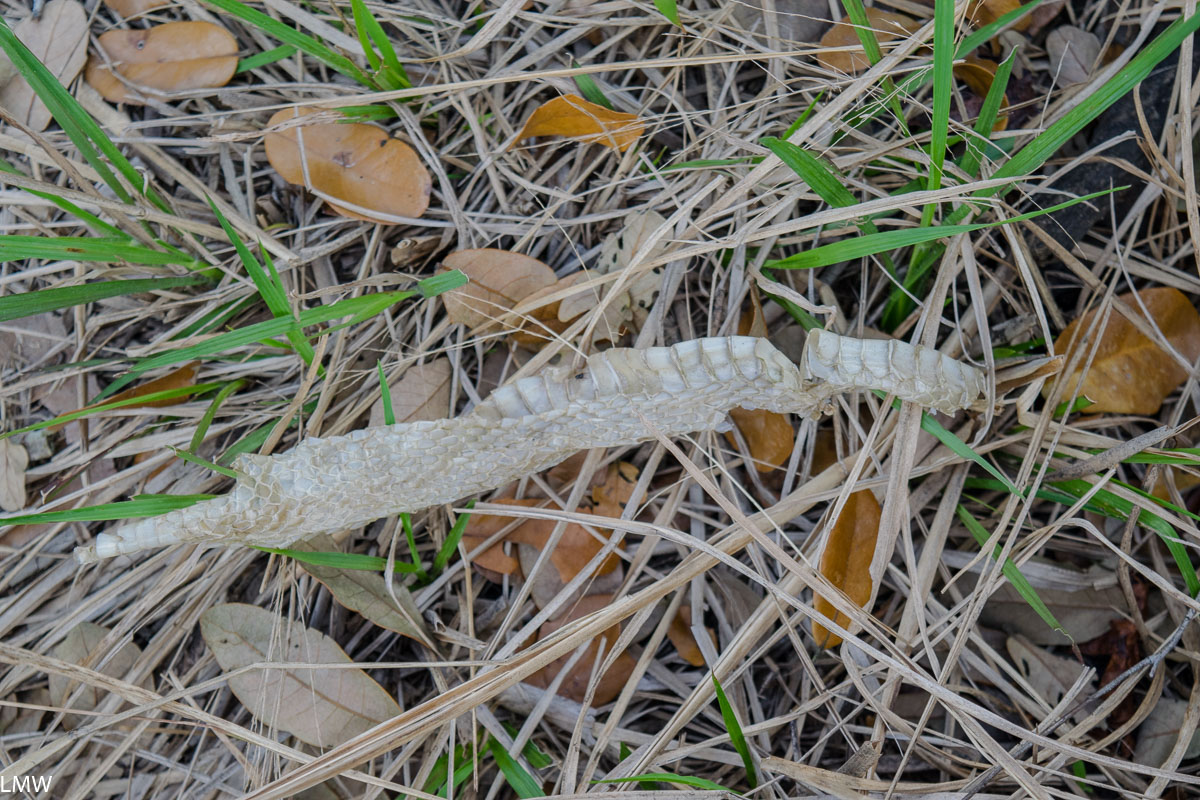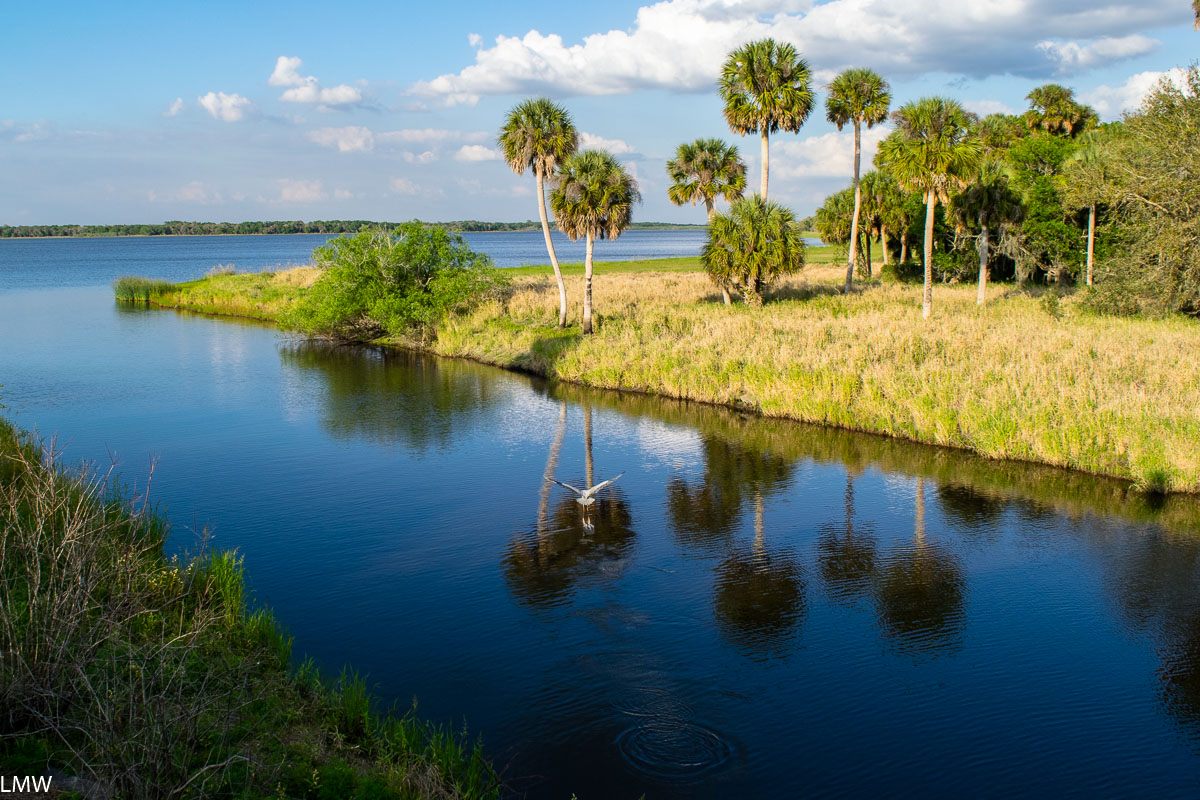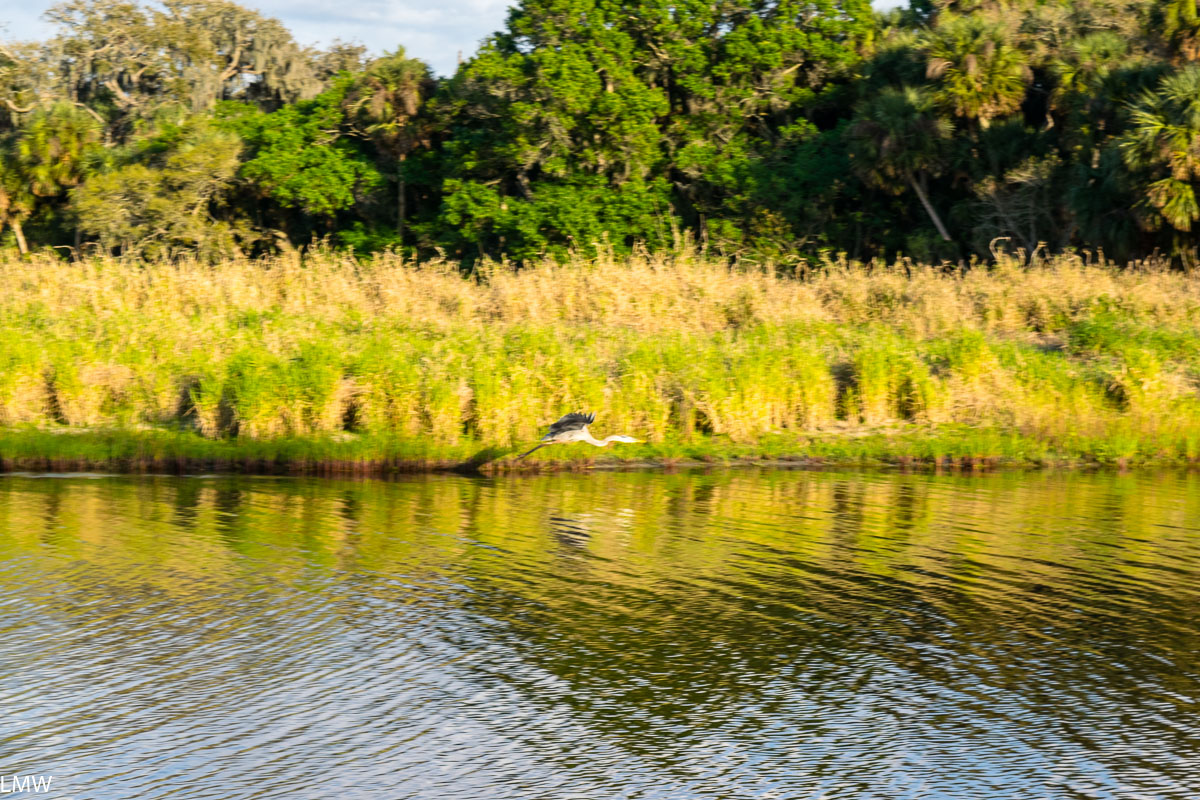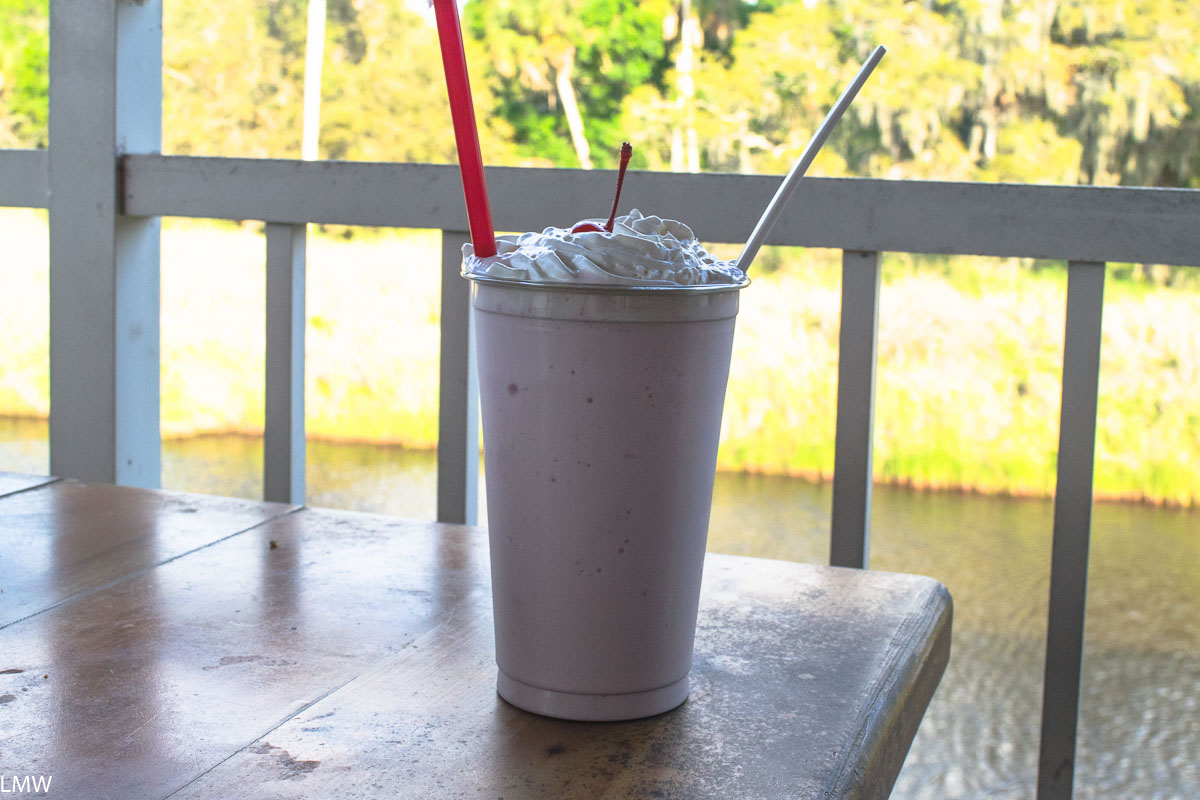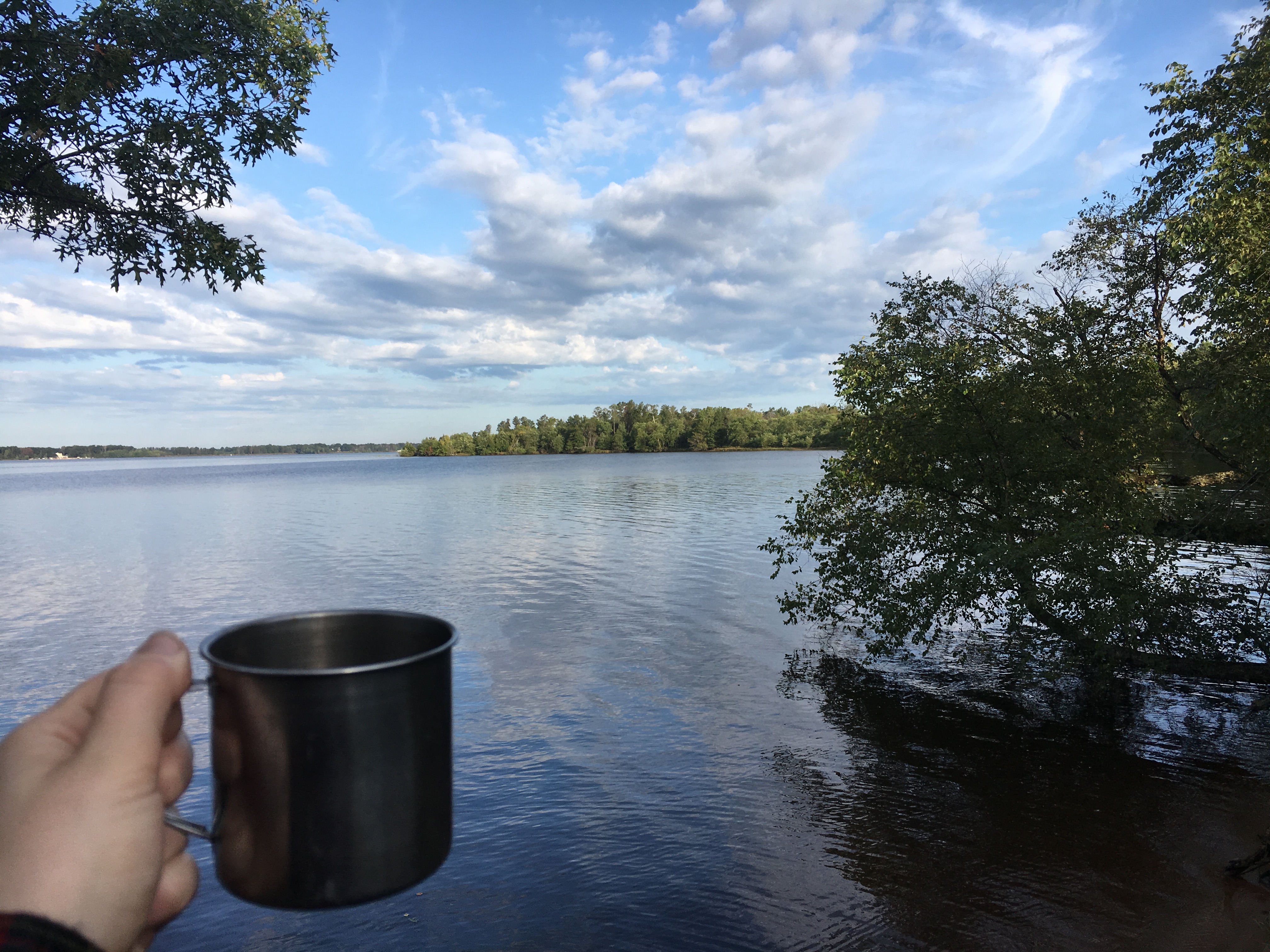
I have wanted to go camping solo for a number of years. Suddenly, I had the time. My schedule opened up in an unexpected way and I made the decision to extend my time at Buckhorn State Park to stay a few nights by myself. I loved it immensely.
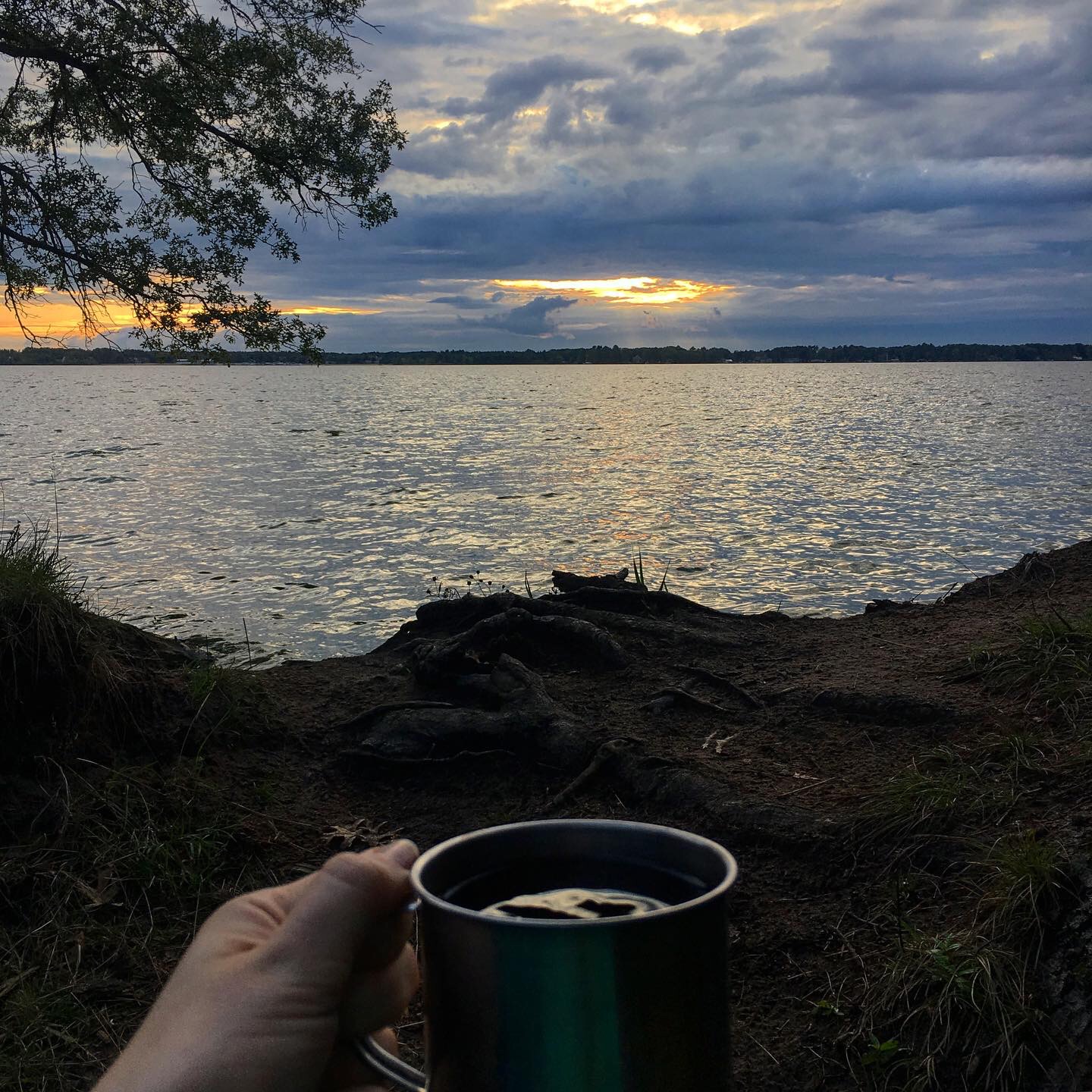
I did not prepare to go camping solo in any way that was notably different than how I would normally go camping, except for a few things.
- I kept my phone turned on and nearby at all times. Normally, the idea is to get as far away from 21st century communiques as possible, which means turning off your phone when you get to the trailhead and leaving it in your bag until you get back to the trailhead. I can get away with this because normally I’m out with my husband, and he keeps his phone on him throughout the trip. It felt like it would be irresponsible for me to completely disconnect myself, while also camping half a mile away from my car, in the middle of nowhere, where I am a strange lady camping by herself. Mostly I used it to watch the weather. I had daily check-ins with someone back in civilization so I was not quite as far off the grid as I would normally go.
- My campsite was only .4 miles from my car. Car camping is straight-up more convenient than backpacking. There’s a reason that there are more car campers than backpackers. For one, you’ve got a mobile, fortified living room. The first night I was out there by myself storms rolled through just after dark. Wind gusts were north of 20 mph, and I was directly on a river so the force of water was a concern. I would be a liar if I didn’t tell you I was running over in my mind how quickly I could get to my car if I absolutely had to. (I never had to. It was great.)
- I wore a big, scary, knife on my belt. Hello, I’m a somewhat short blonde woman camping by herself. It is my natural element and where I belong. I’ve spent a lot of time in my life alone in the woods and it is a deeply comfortable place to be. The trouble starts when other people don’t see things the same way that I do and might consider me to be a target, or equally bad, in need of assistance that I don’t need. Let me tell you, no one wants to chit chat with the woman wearing a big scary knife.
Number three may or may not have been necessary, to be honest. My friend stayed with me at the site on Friday and Saturday nights. She left around 10 a.m. Sunday morning and I don’t think I saw another soul for about 36 hours. I walked all over the rolling oak barrens where the hiking trails near the South Campgrounds are and don’t think I saw anyone else until Monday afternoon. The loud campers who had been staying at the adjacent sites went home on Sunday, and the rain all day kept most (all?) day-hikers far away from where I was. I wanted to be left alone in the woods, and by gum I got it.

Rain most of Sunday kept me in my tent. I read and read and read. I listened to the sounds of the rain on the tent. When it wasn’t raining I walked and observed the fungi. I stared at the river as it gently rolled past. I watched the clouds change shape and color and density. All of these things took too much of my time and attention, so I didn’t even bother with a campfire. Instead, I watched the sun set, and huddled back in my tent when storms rolled through again that evening.

The storms were loud and wind was gusting above 20 miles per hour. It did something similar the night before, but my friend was there with me. This particular night, and this particular storm was my first solo night out and I would be a liar if I said I wasn’t running through all the horror movie scenarios in my head. What if that rustling outside wasn’t a raccoon, but instead a murdering madman I hadn’t noticed all day for some reason. How quickly could I run to the car from here? Could I carry anything or would it just be best to bolt with the keys and my cell phone? Around 11 p.m. the rain stopped and regular night sounds began. I fell asleep.

Monday morning was glorious and bright, without a cloud in the sky. The day’s temperatures probably peaked around 75 and the sun more or less dried out everything in camp by that afternoon. If the rain Saturday and Sunday kept crowds away, the work week caused them to disappear completely. I hiked the remaining trails that I hadn’t yet visited on the south end of the park. I was able to spot this handsome Bufo Americanus and had a brief commune with a legless lizard. (A legless lizard, NOT a snake.)

I stopped in to speak with the rangers (to get help identifying what I learned was a Common Woodcock that had alighted in my camp the night before). This was probably the first person I had seen since my friend left around 10 a.m. Sunday morning. Later I ran into two day hikers on the trail. Basically, I went looking for a solo outdoors adventure and I found one. I was able to explore miles of hiking trails, shoreline, oak barrens and sand blows without running into another human. I encountered legless lizards, toads, frogs, songbirds, grasshoppers, dragonflies and whitetail deer without another ape for miles. I observed acorns fall from branches and land on the ground, just to be carried off by a squirrel who will either eat it or hide it and forget about it, allowing it to turn into an oak tree. I remembered that it was the equinox as I watched the sun setting due west. I read every page of every book I brought and fell asleep.

I genuinely think I sleep better on the ground, you guys.
On Tuesday I had a leisurely morning around camp. The sun was out, and I hoped I could encourage some of the water to evaporate from the rain fly before I packed up my tent (partial success). Truthfully, I probably would have just stayed at Buckhorn a few more nights. I was rested for the for time in what felt like a long time, refreshed, renewed by the sun and the rain. I think sometimes you have to spend a few days outside just to hit the reset button on your personal body clock. It’s good to realign it with the natural light cycles. However, I was running low on food and I had read all of my books. Also, I think my husband was starting to miss me.

Before I left I hiked the trails on the north end of the park. This is where the fishing pond is stocked with fish and kids are encouraged to cast a line. It’s also where the group campsites are found. There are about 5 miles of hiking trails on the north end of the park, they make up fully half the hiking trails within the park itself. You won’t hear me say a nasty word about the pines or the gently rolling oaks on this end of the park, but if seclusion and a landscape similar to natural Wisconsin, stick to the southern end of the park.



